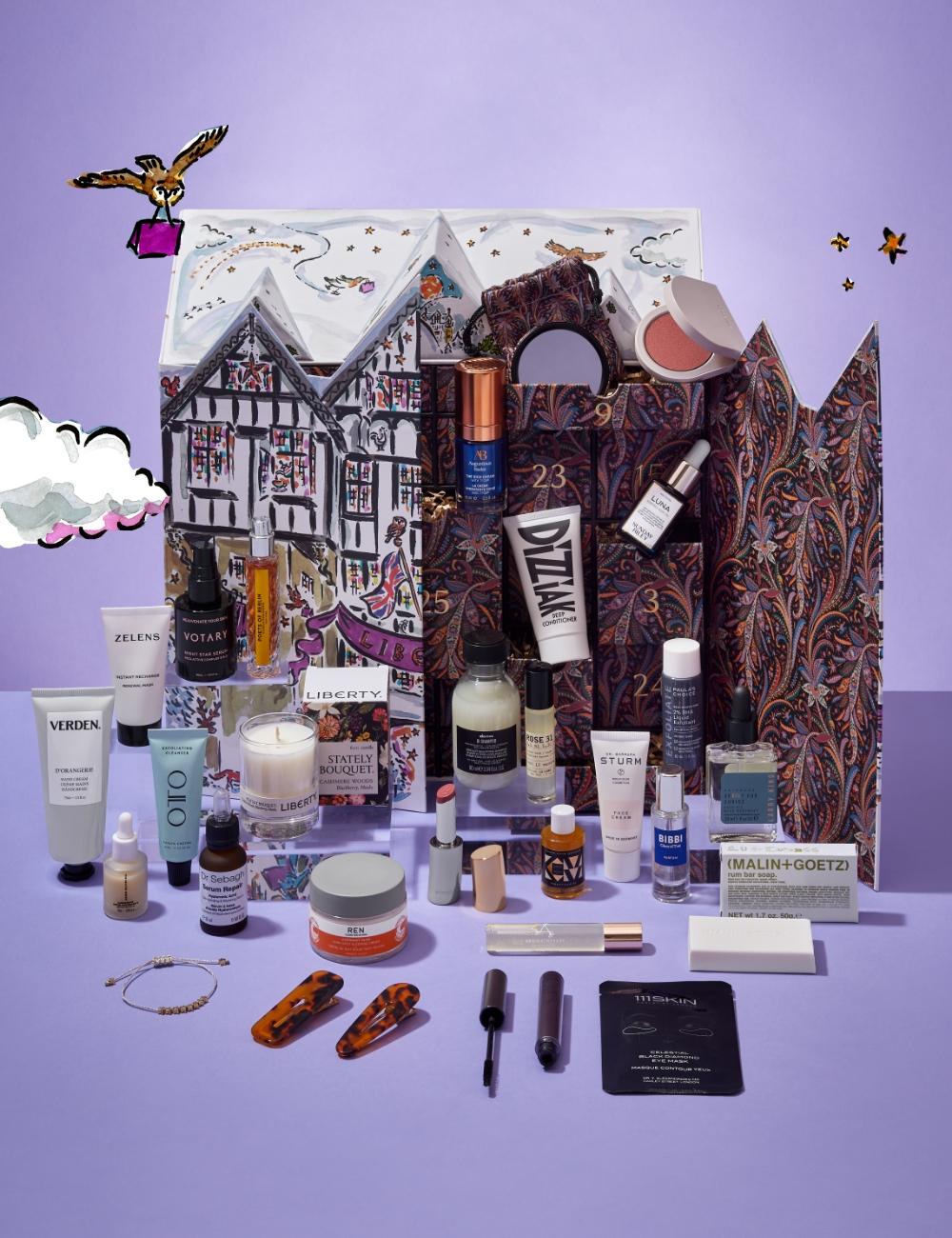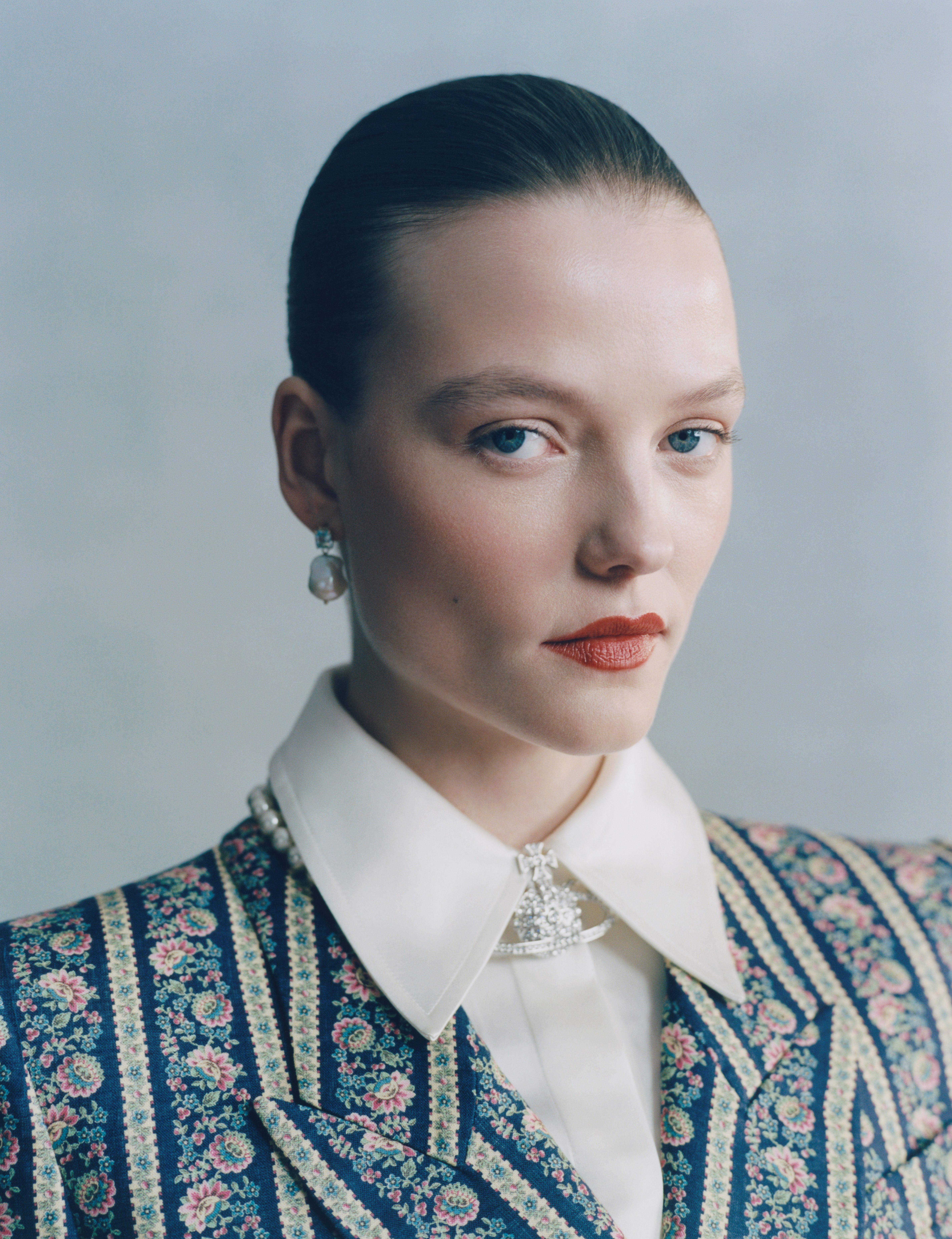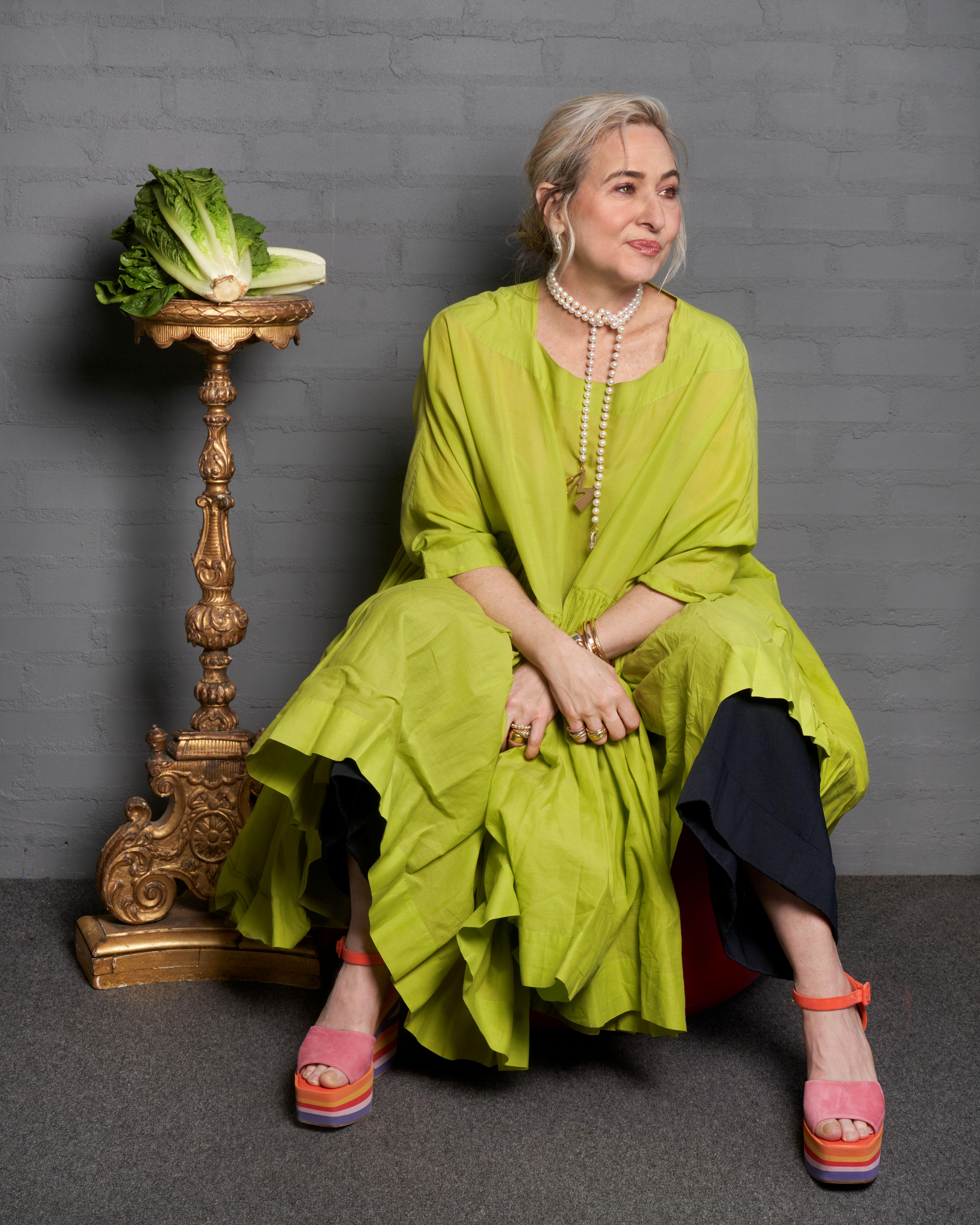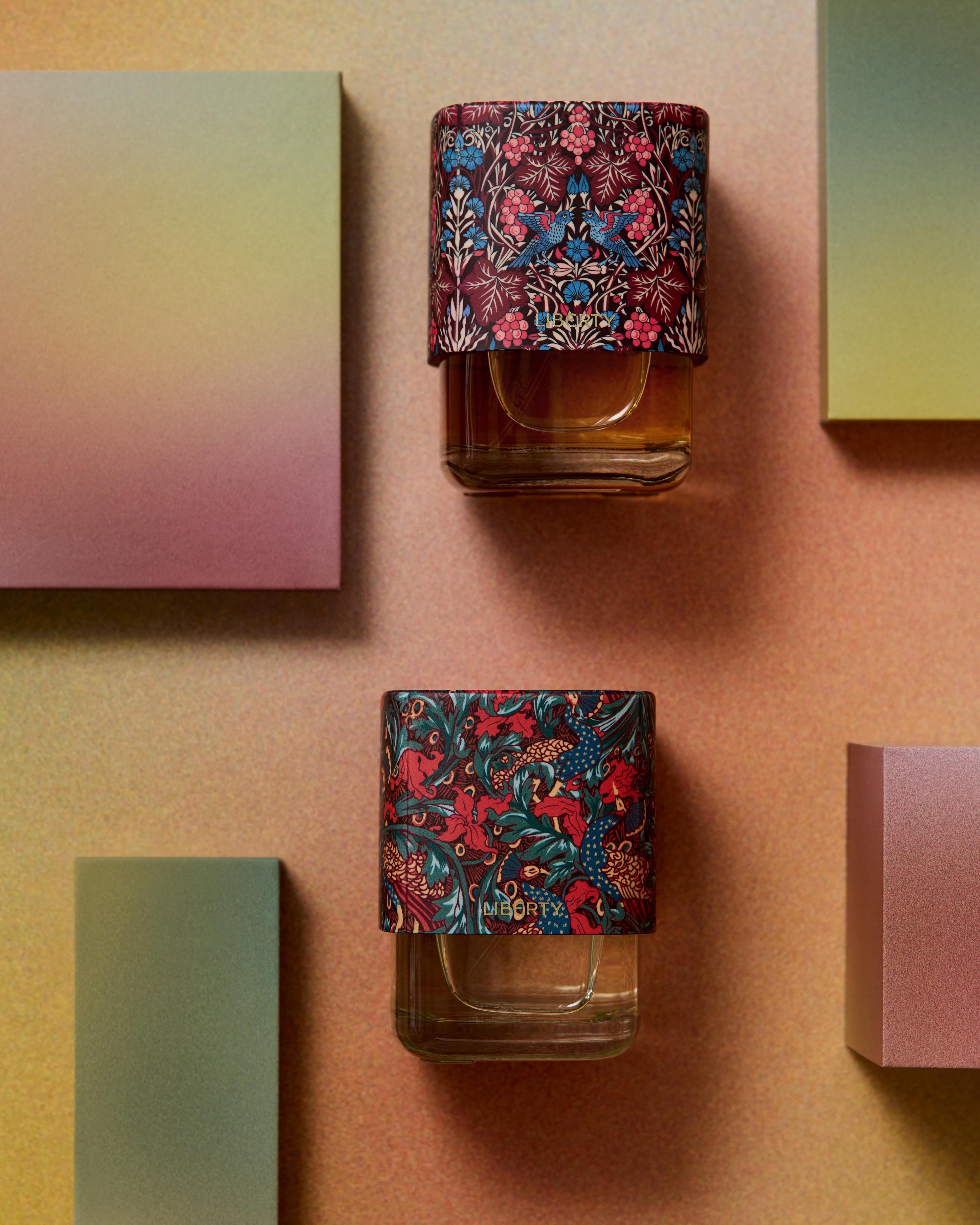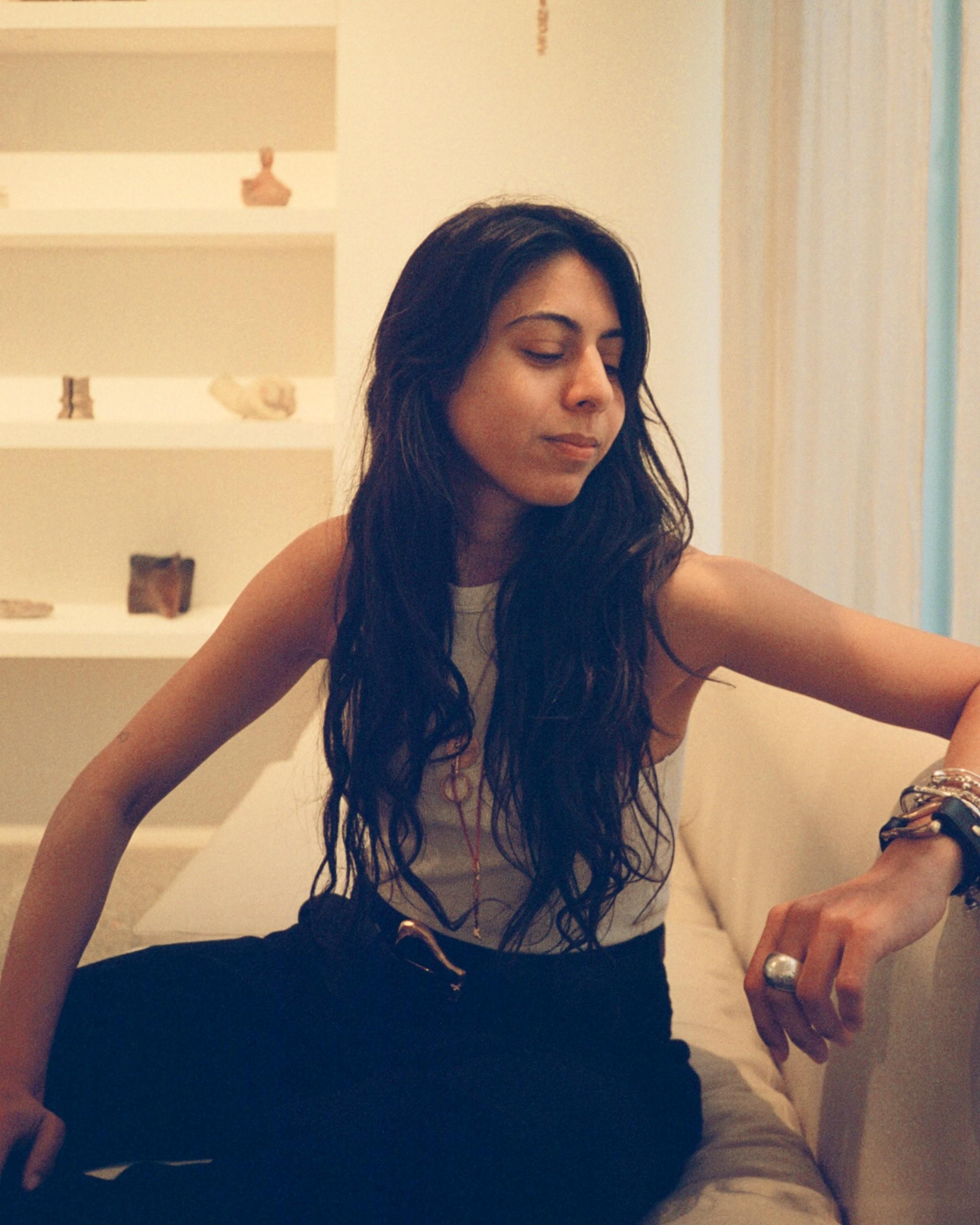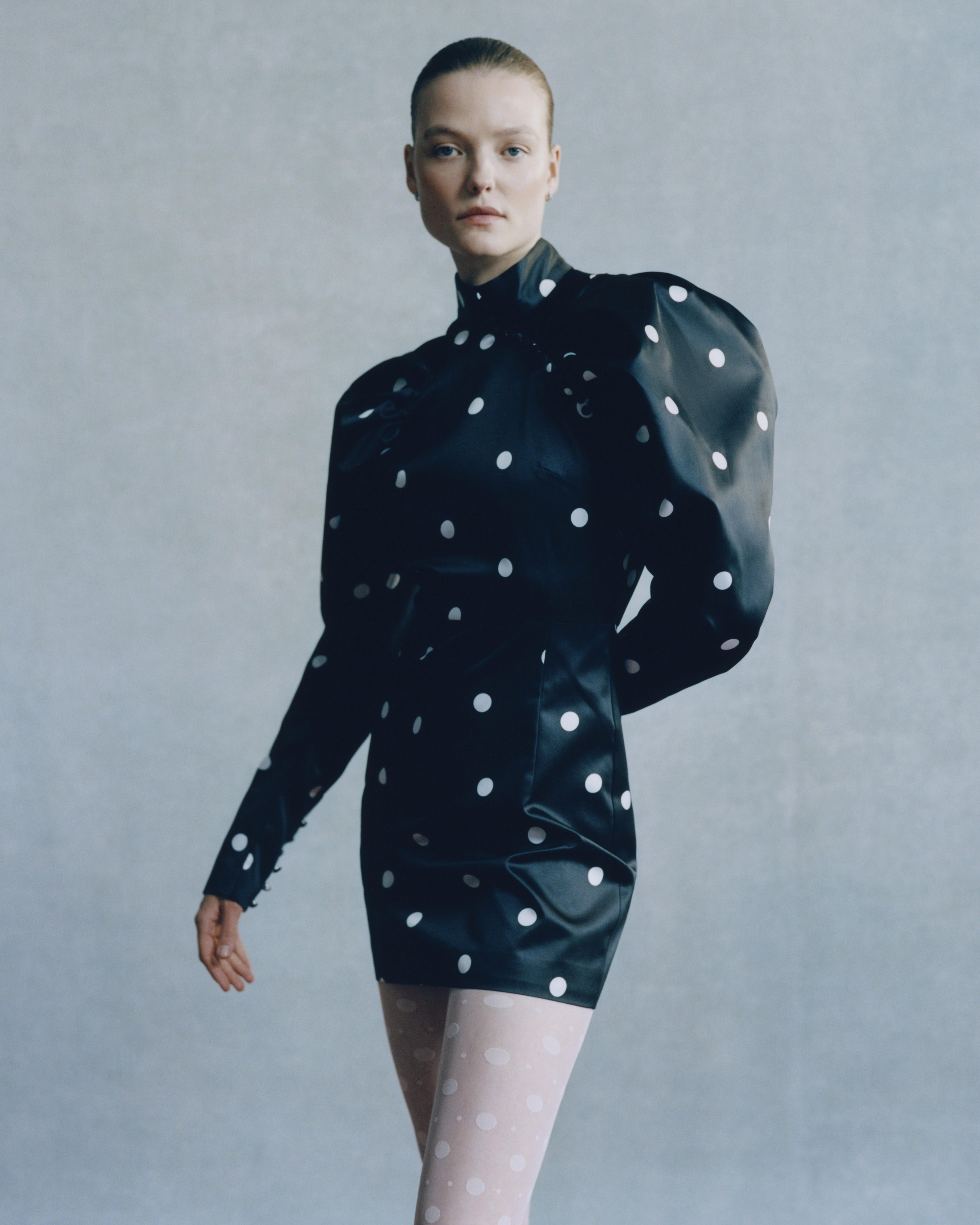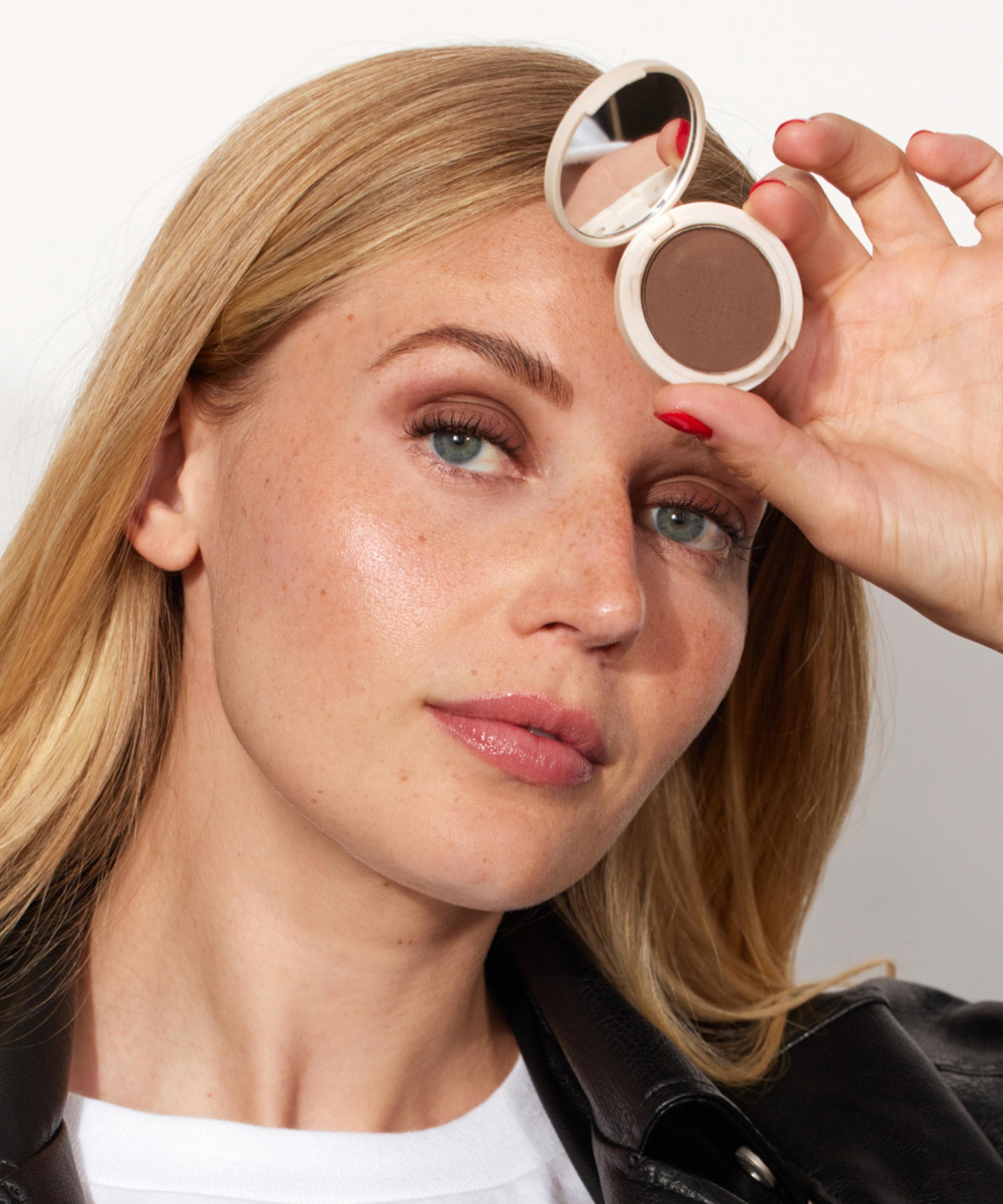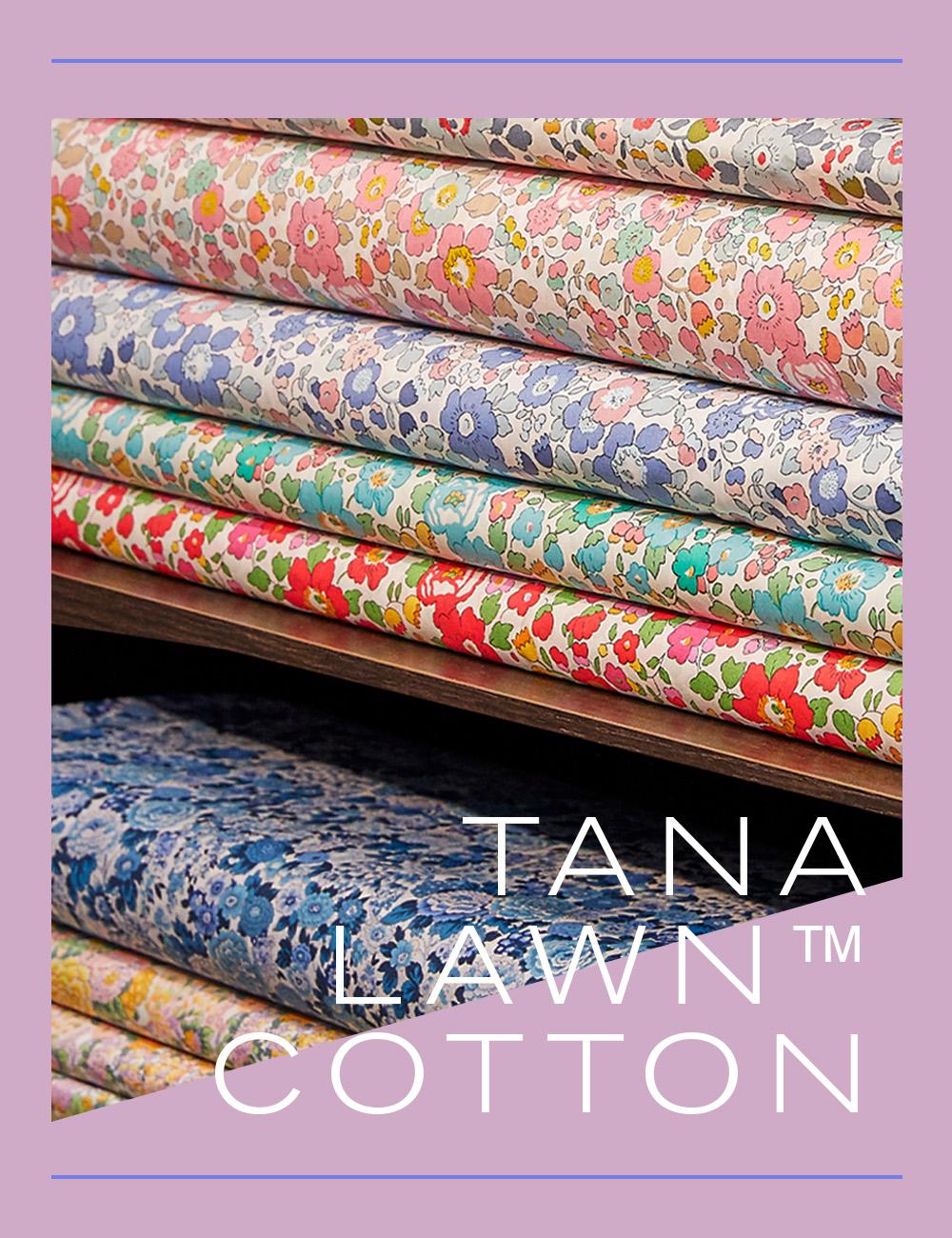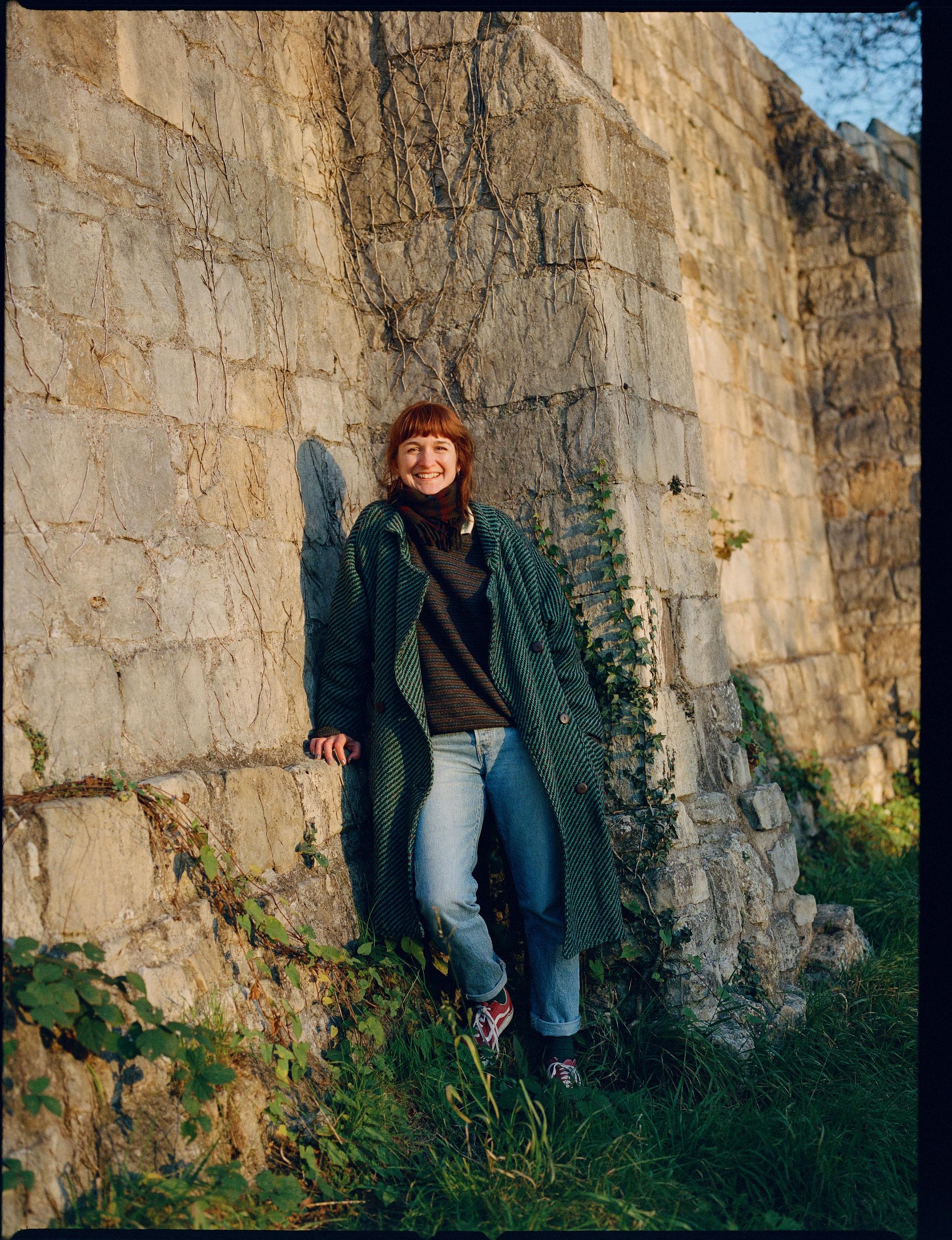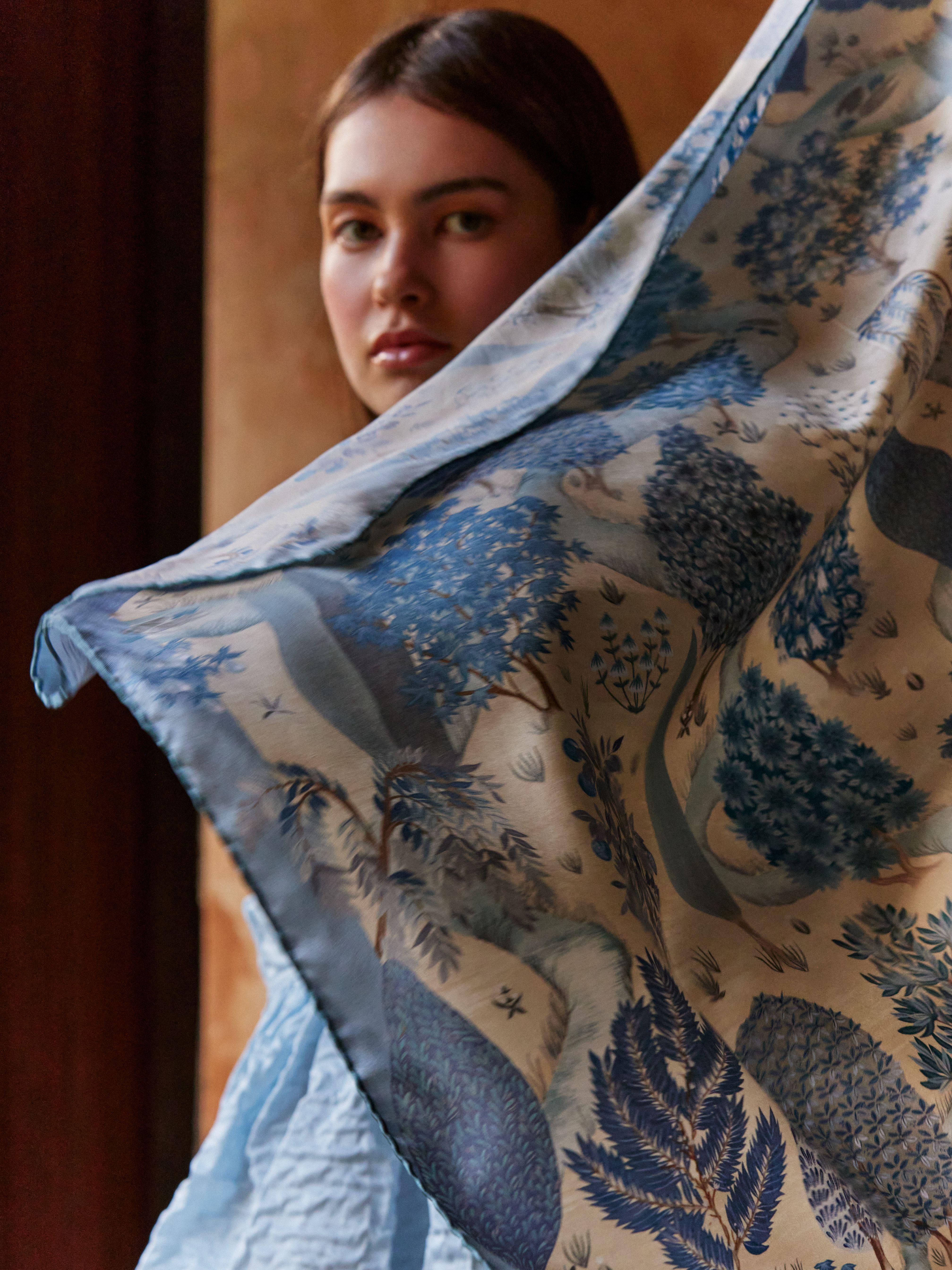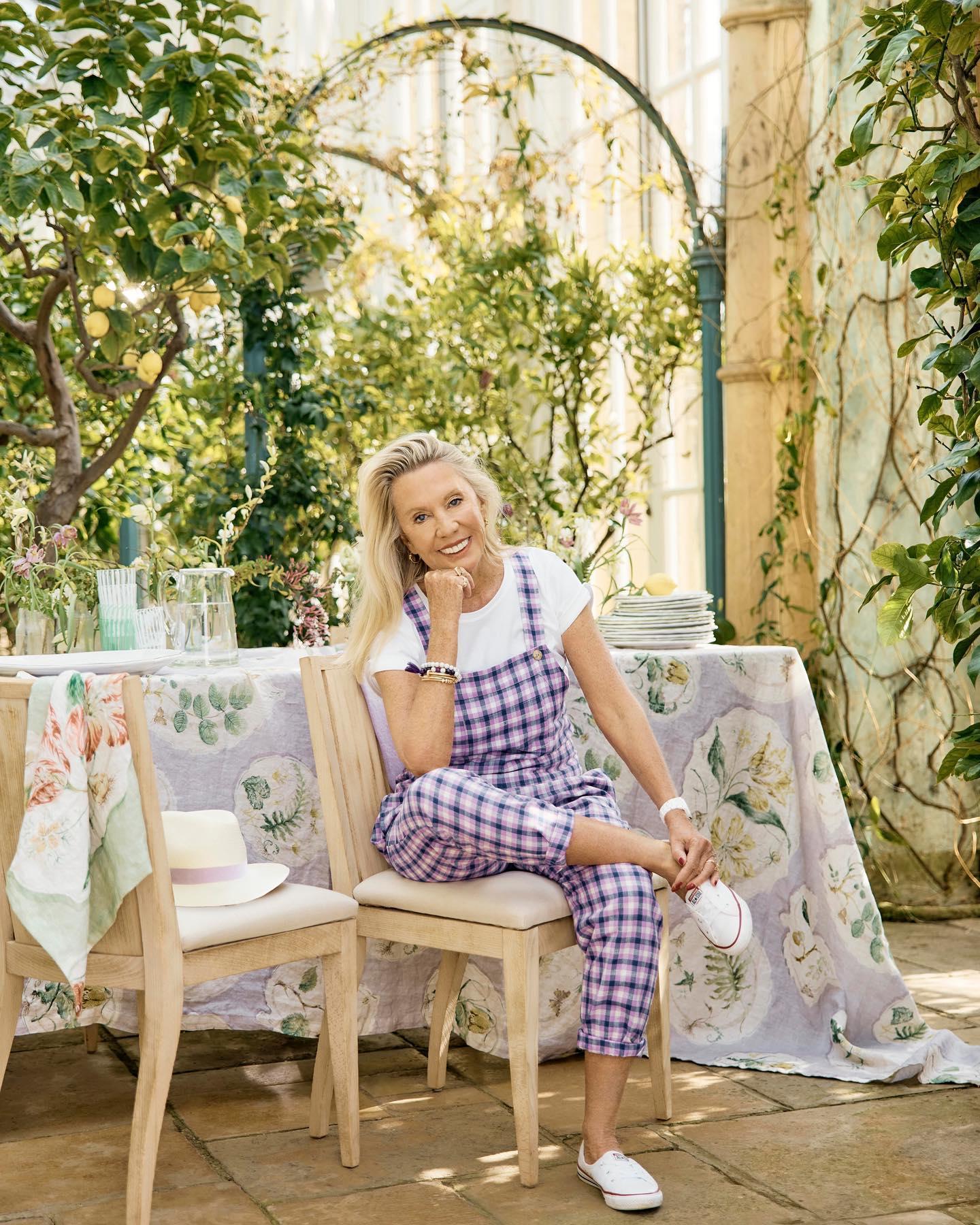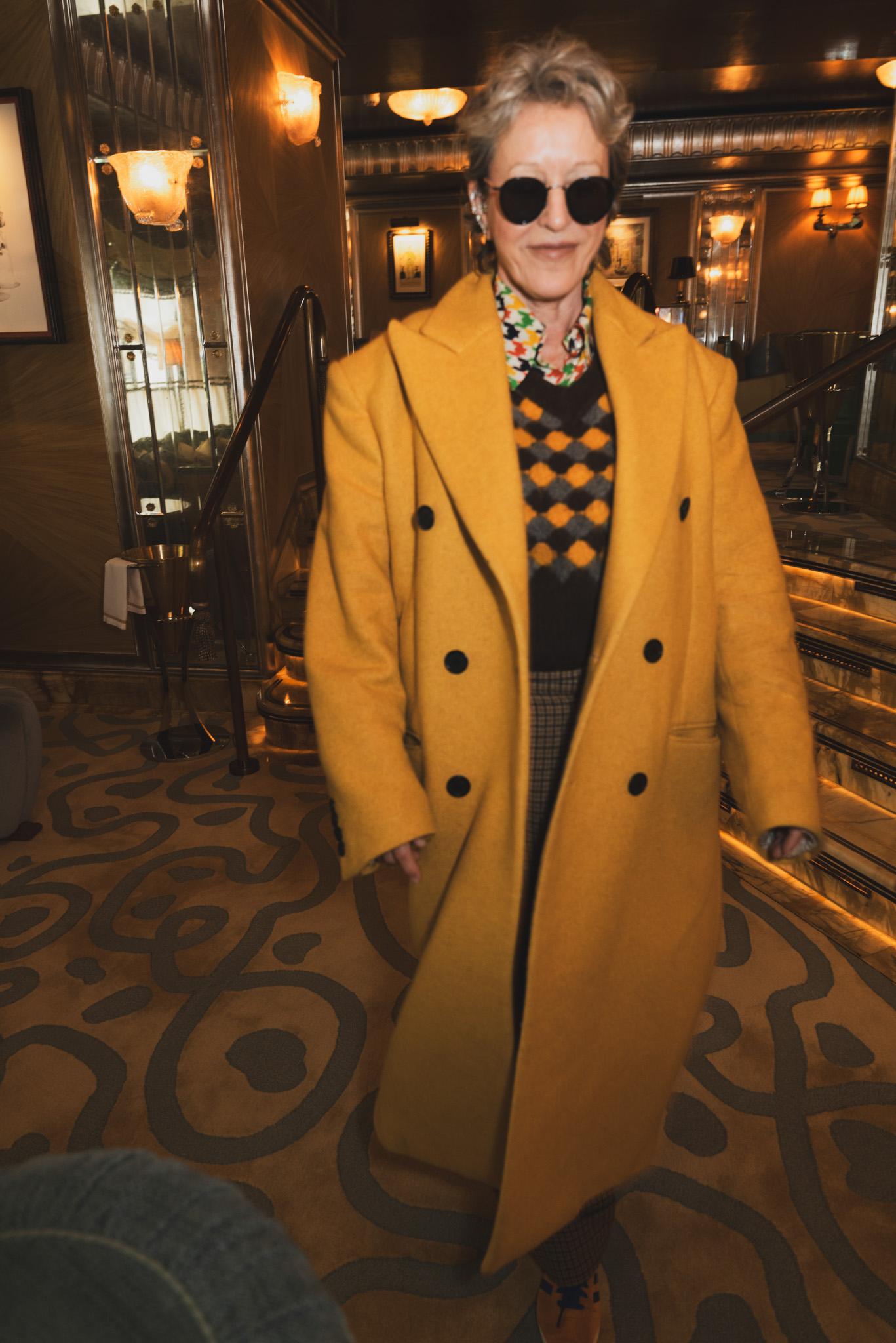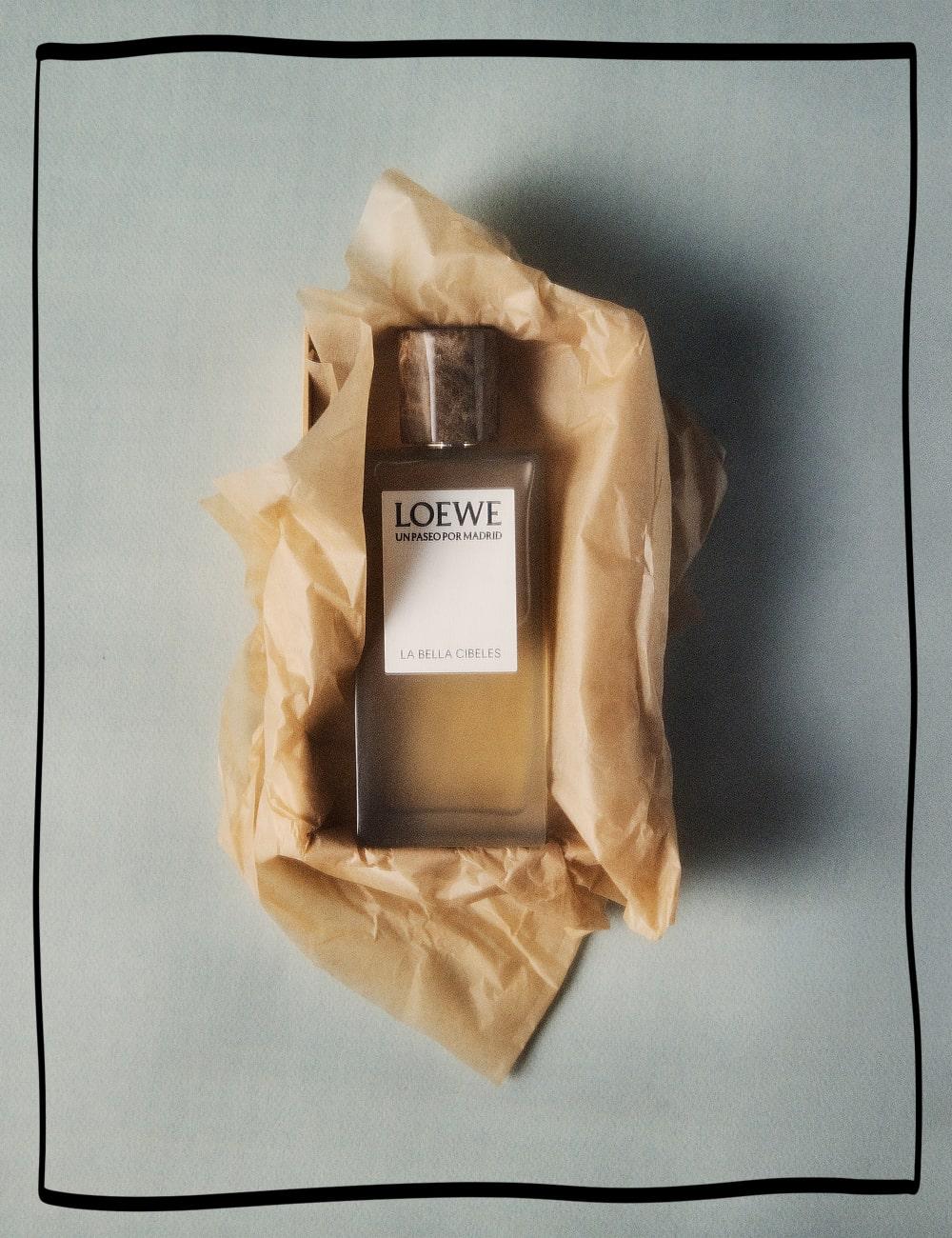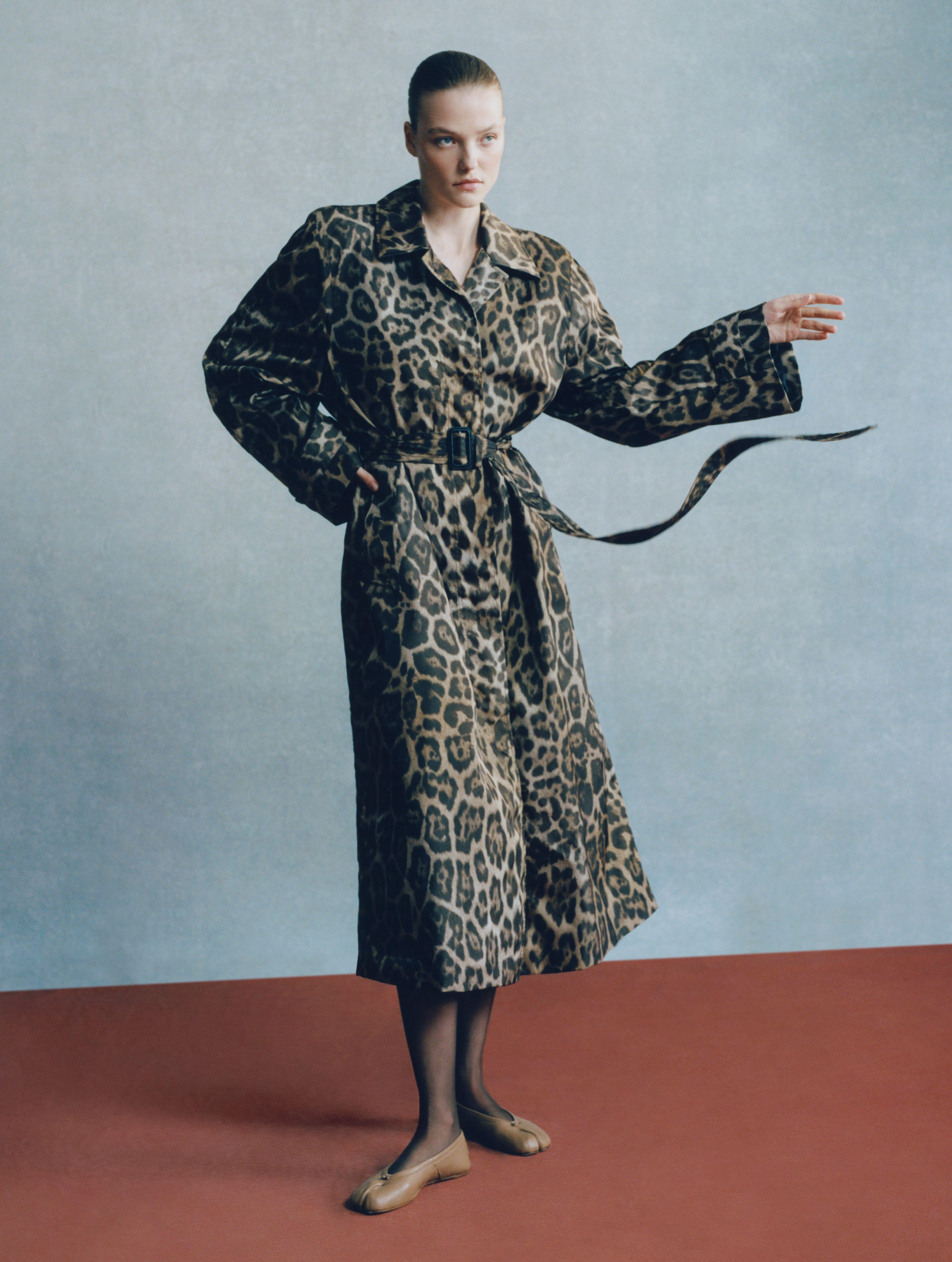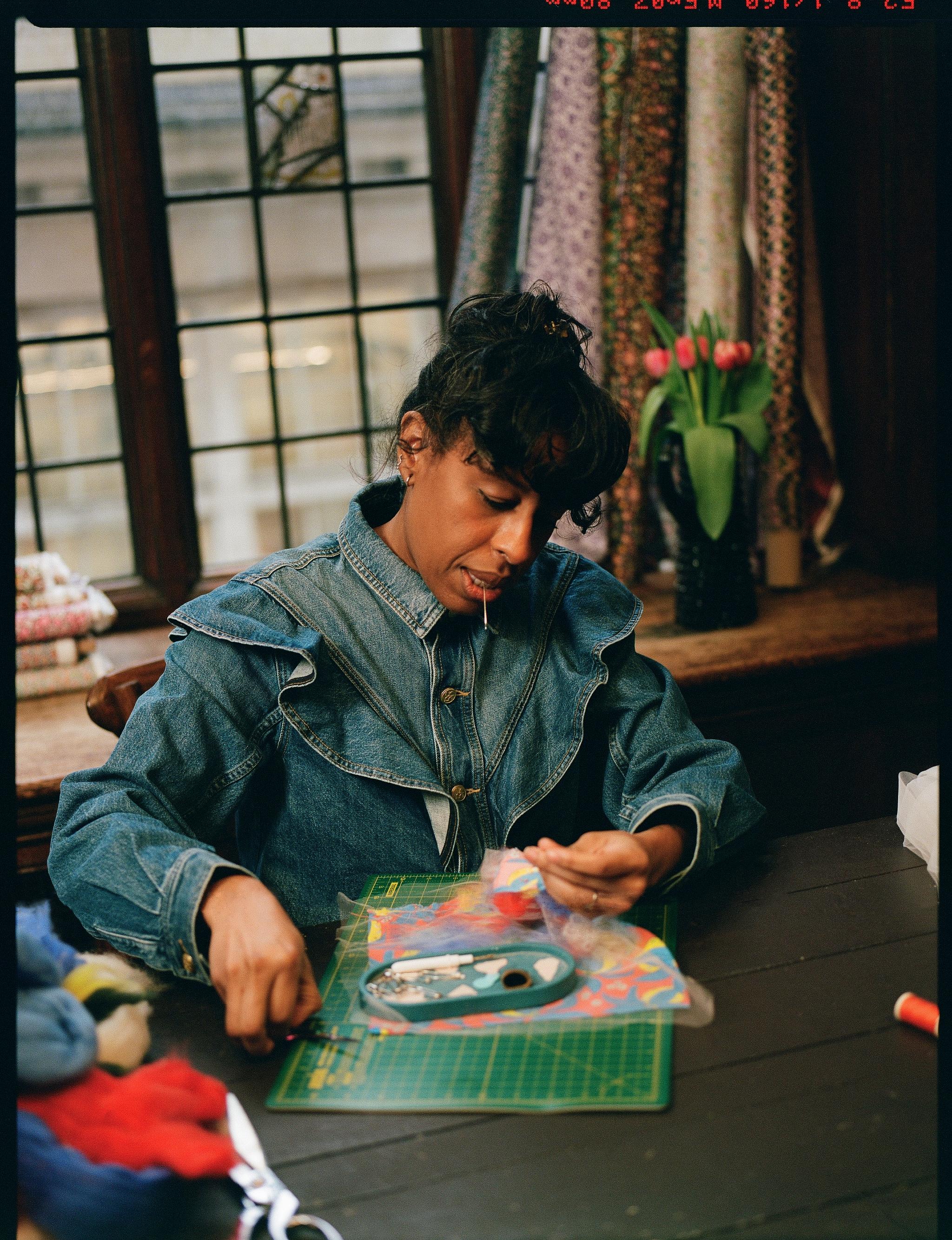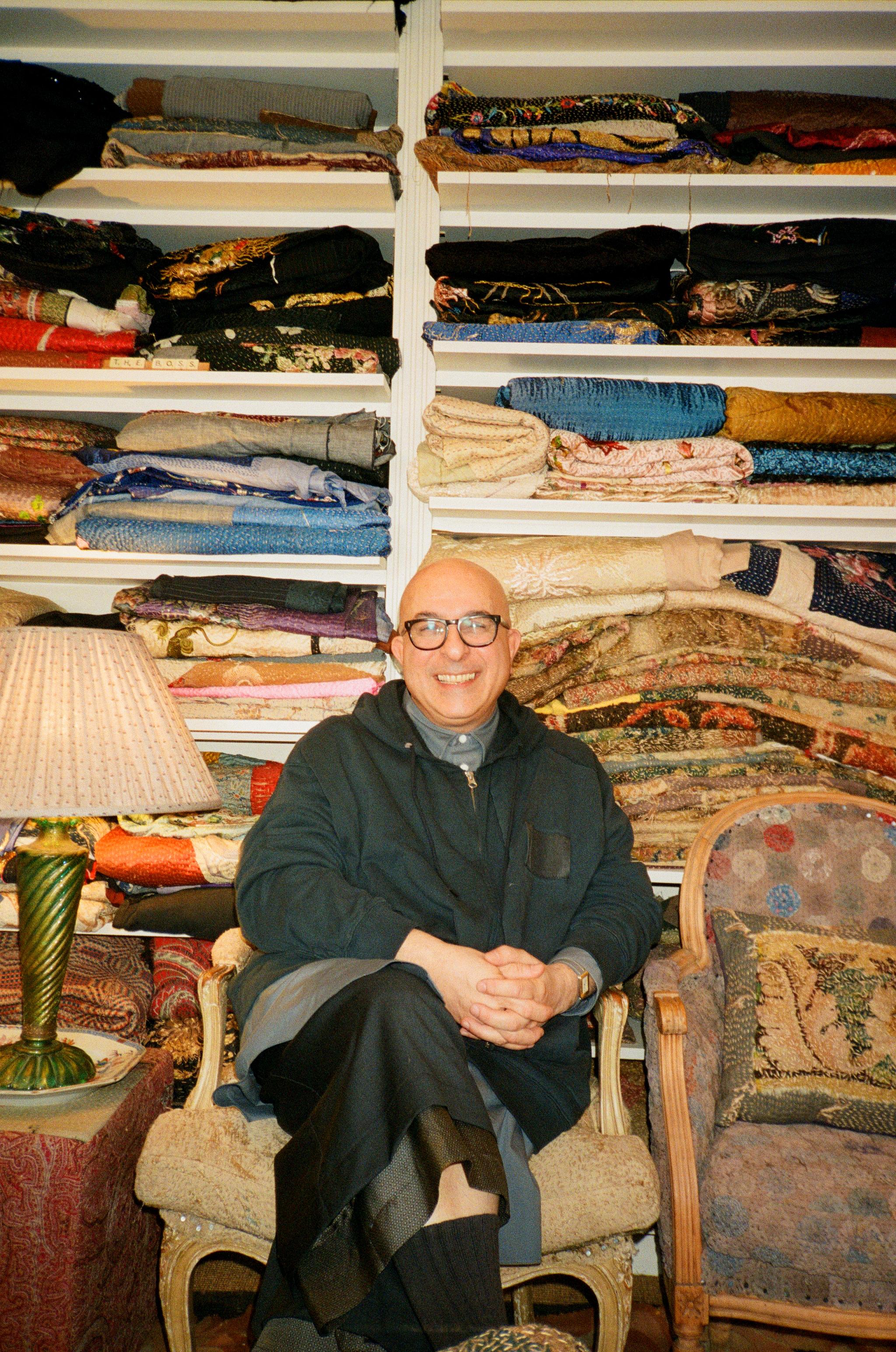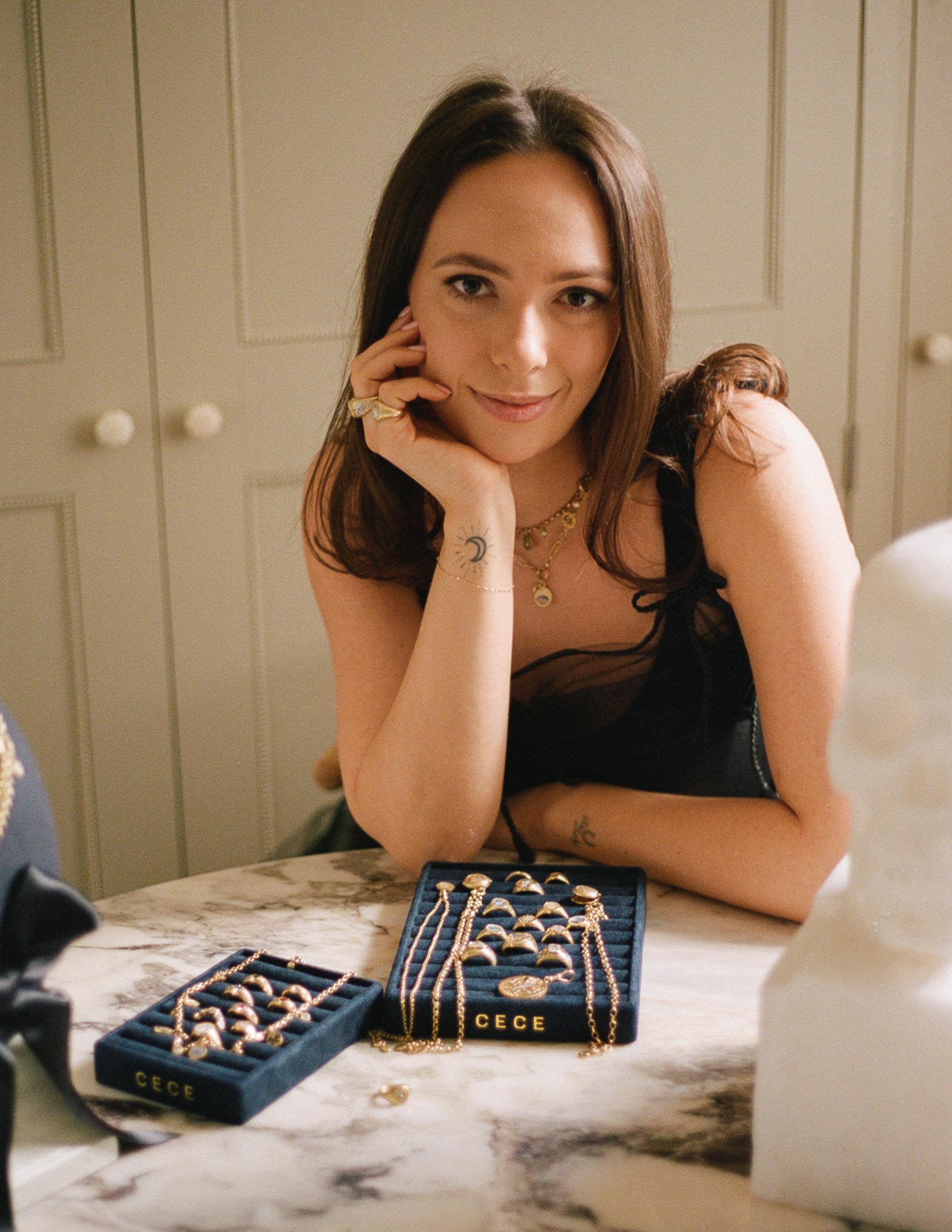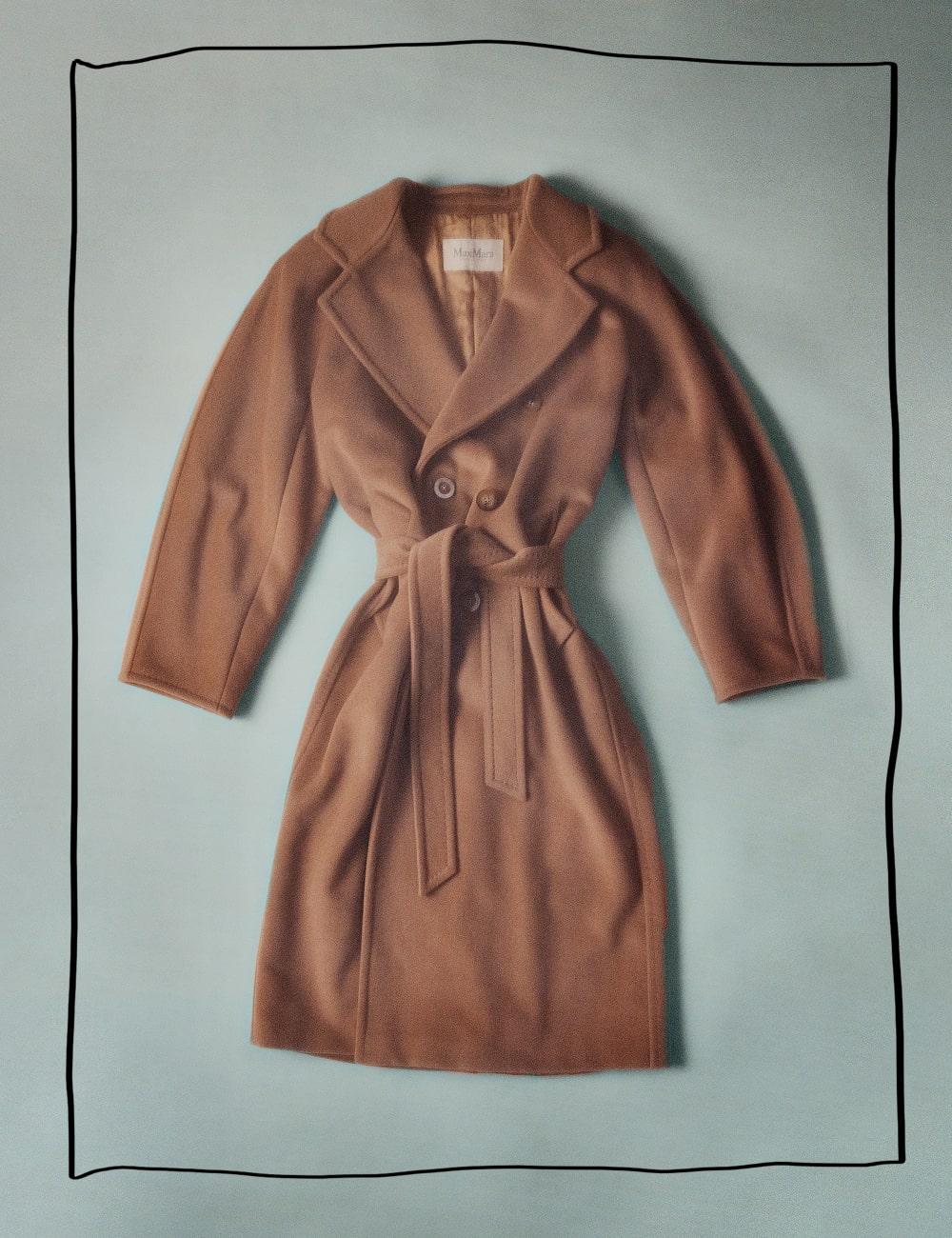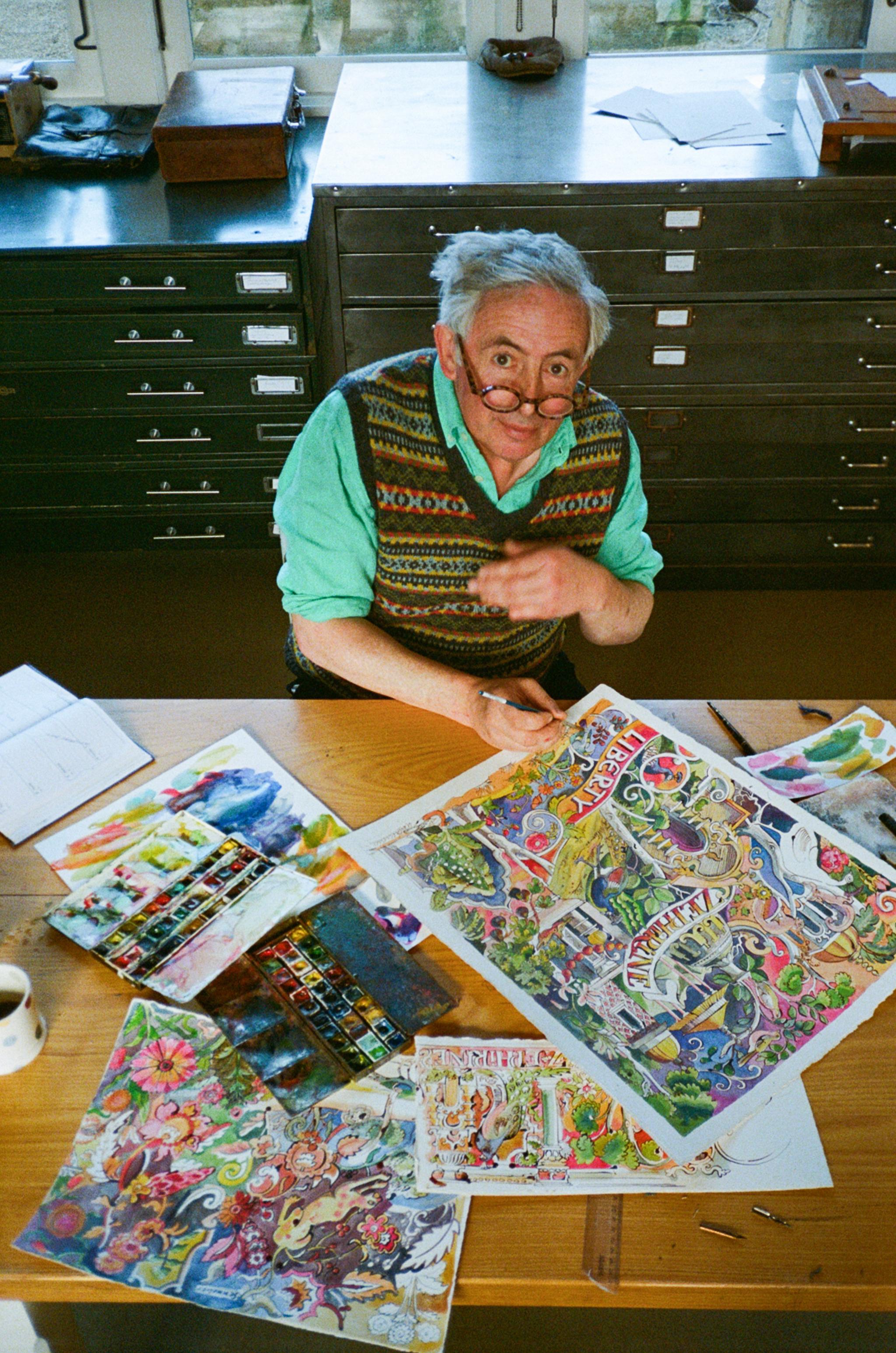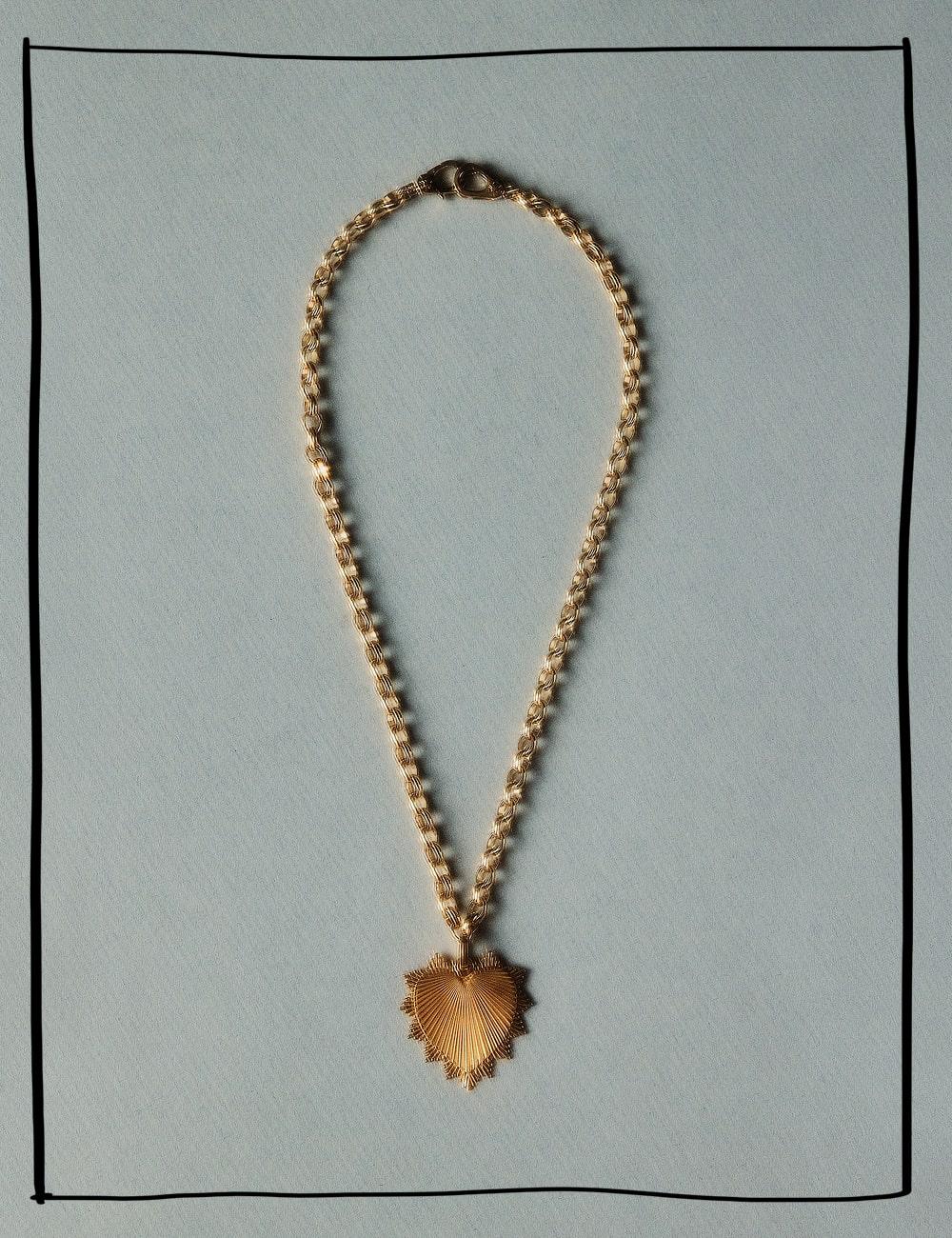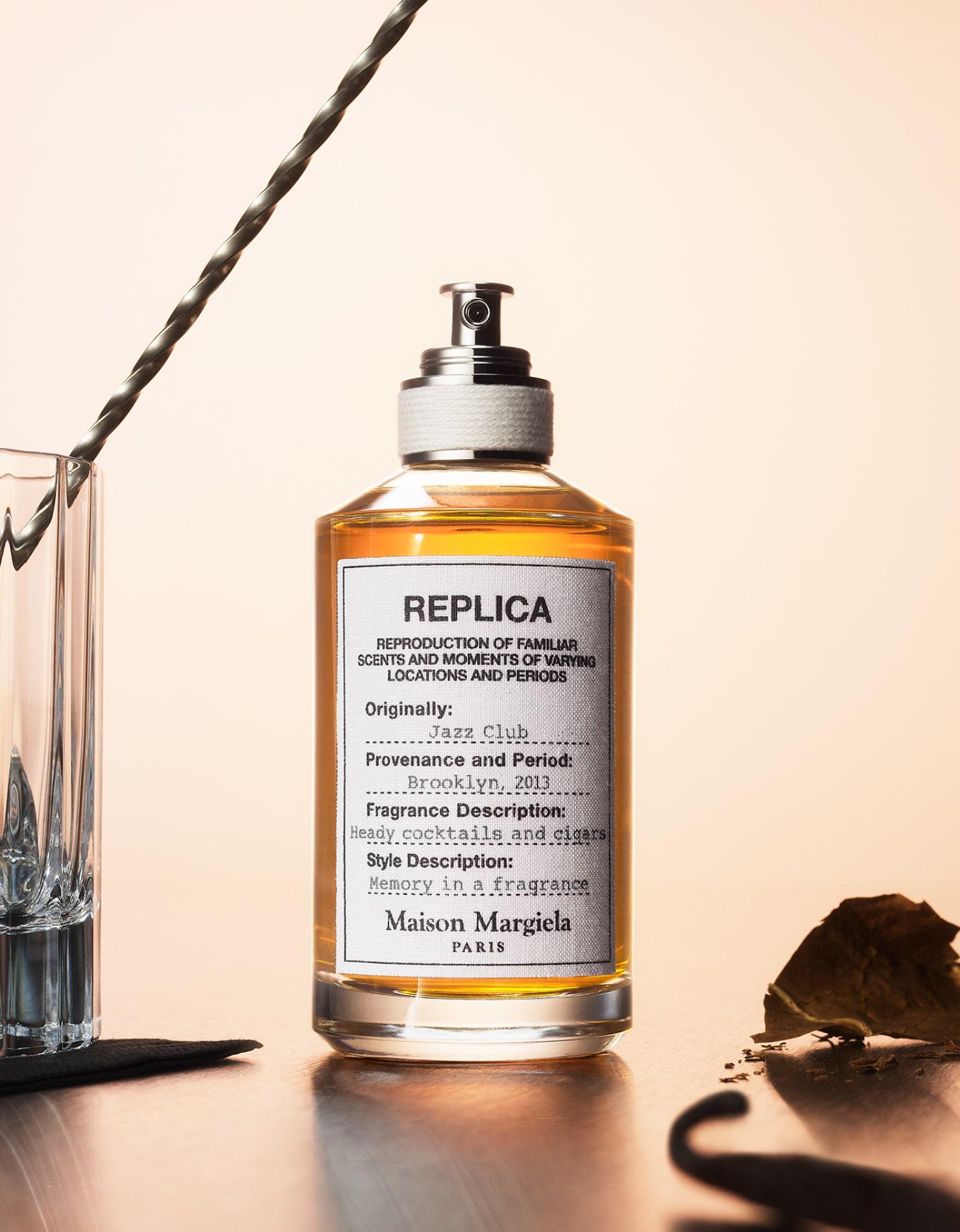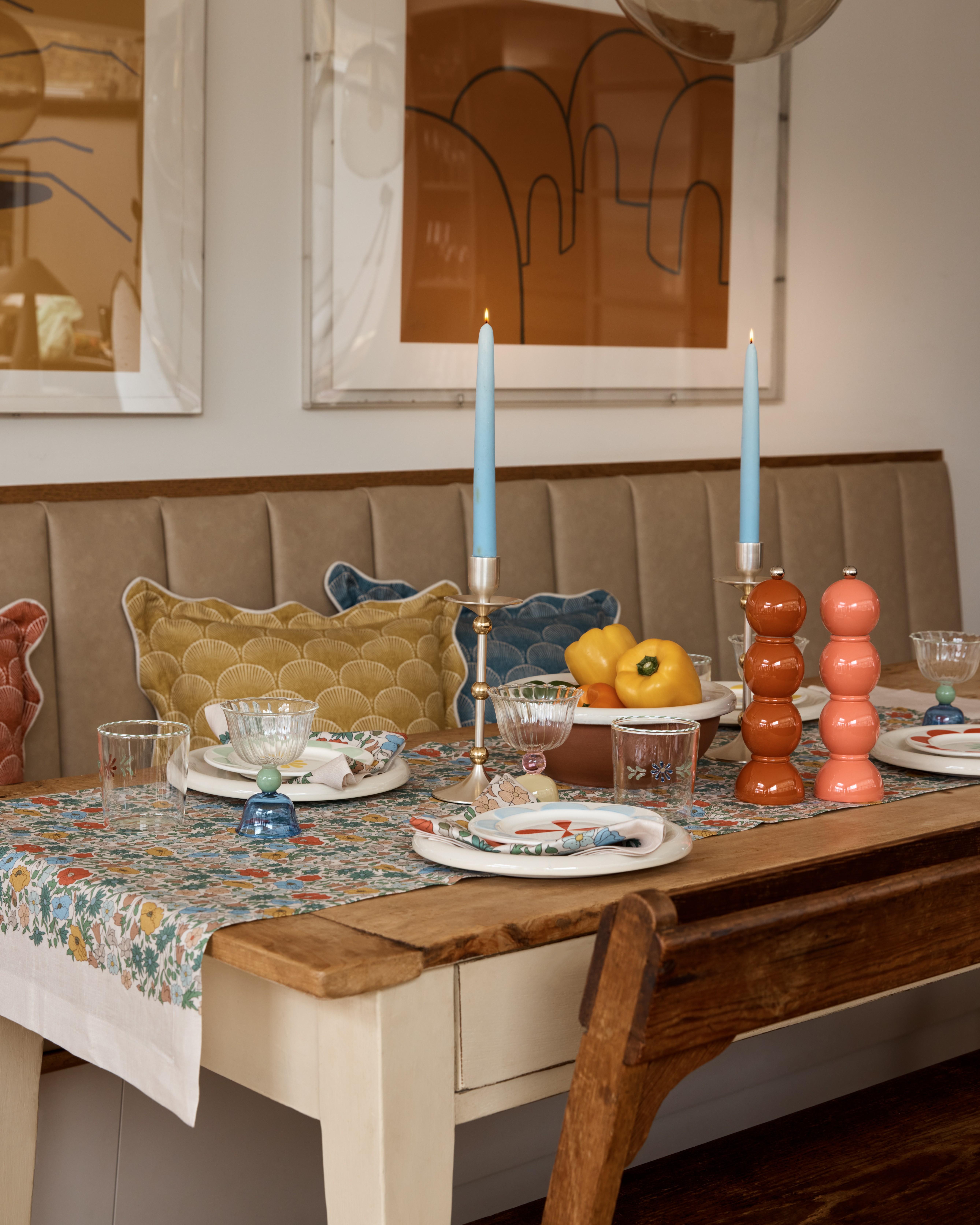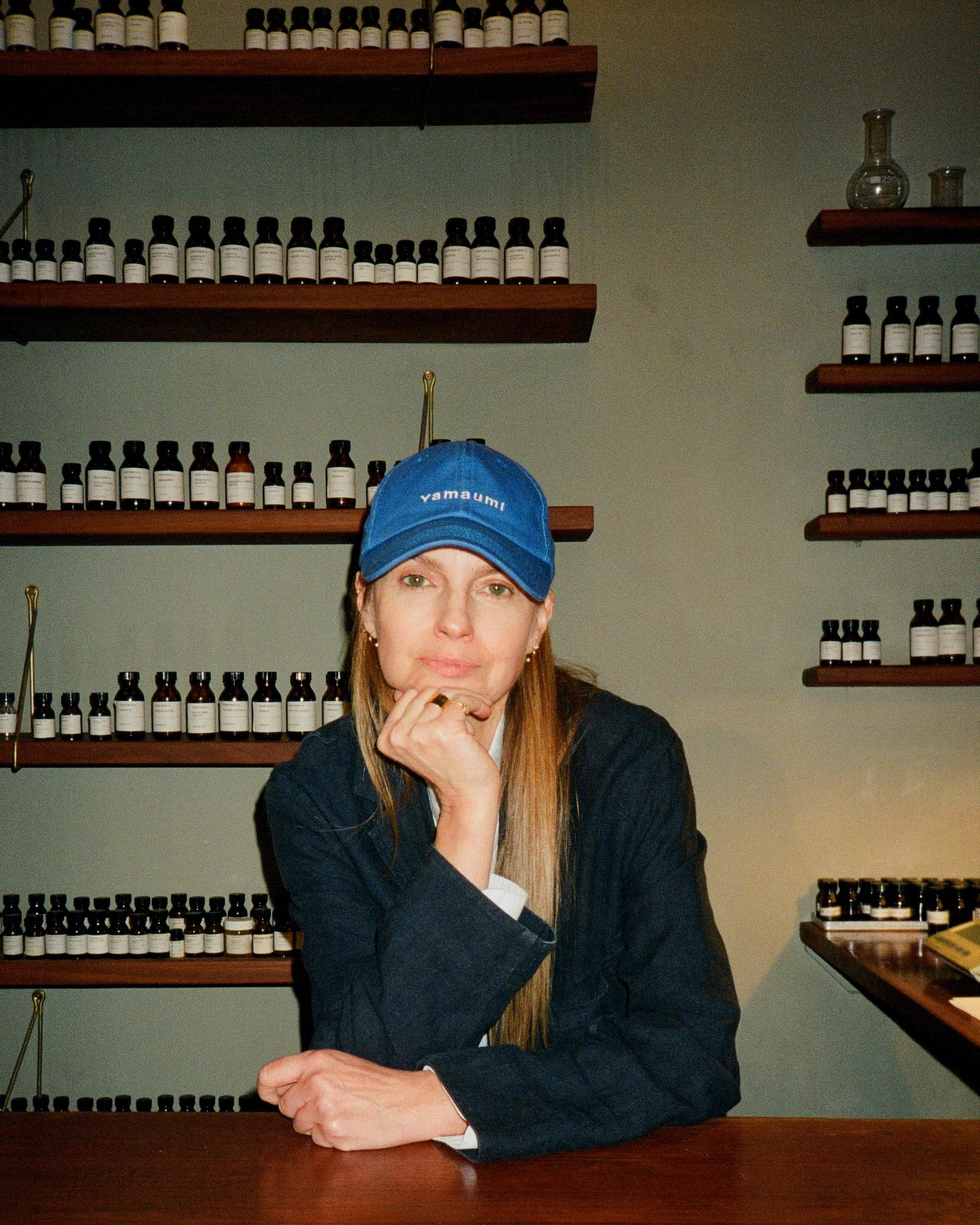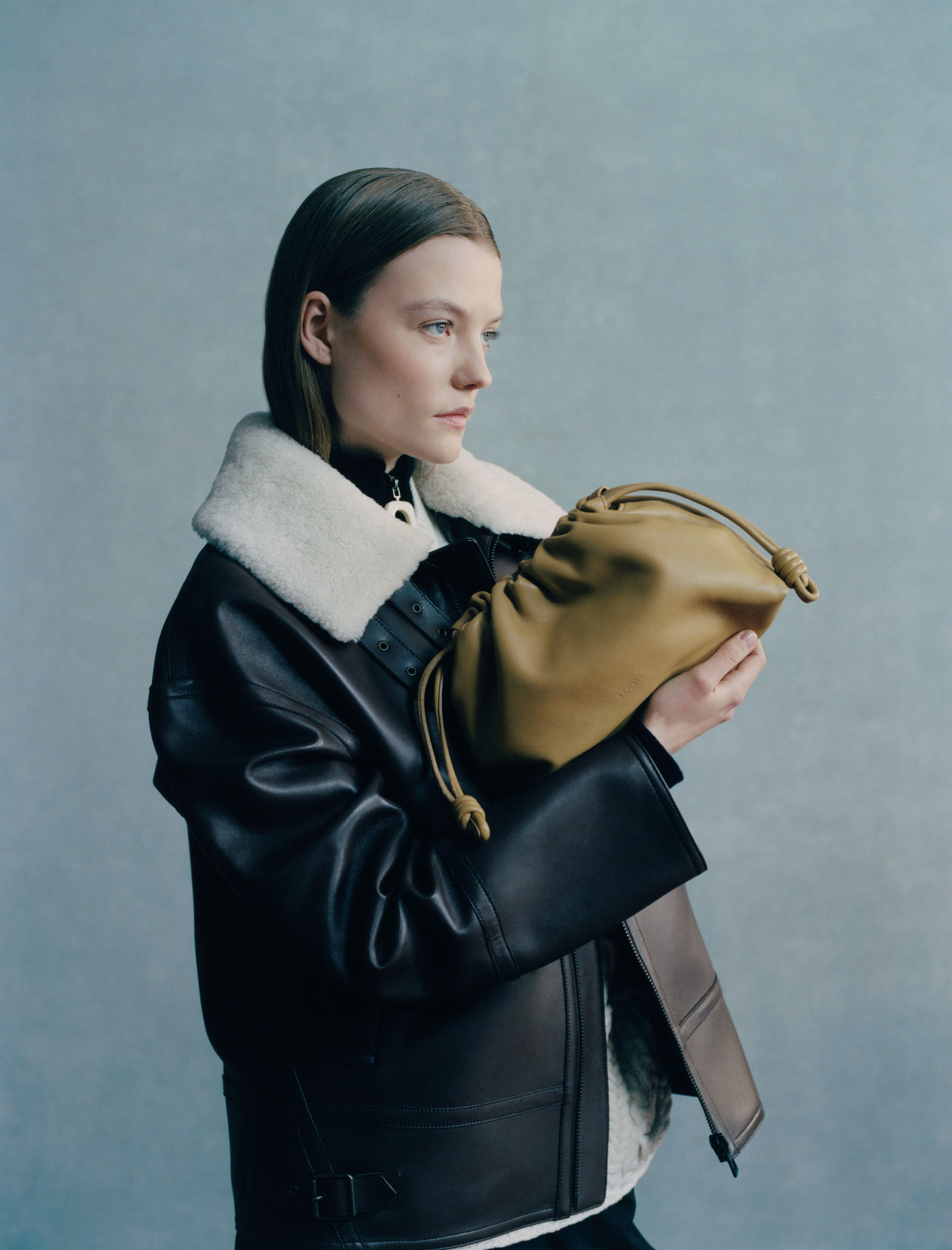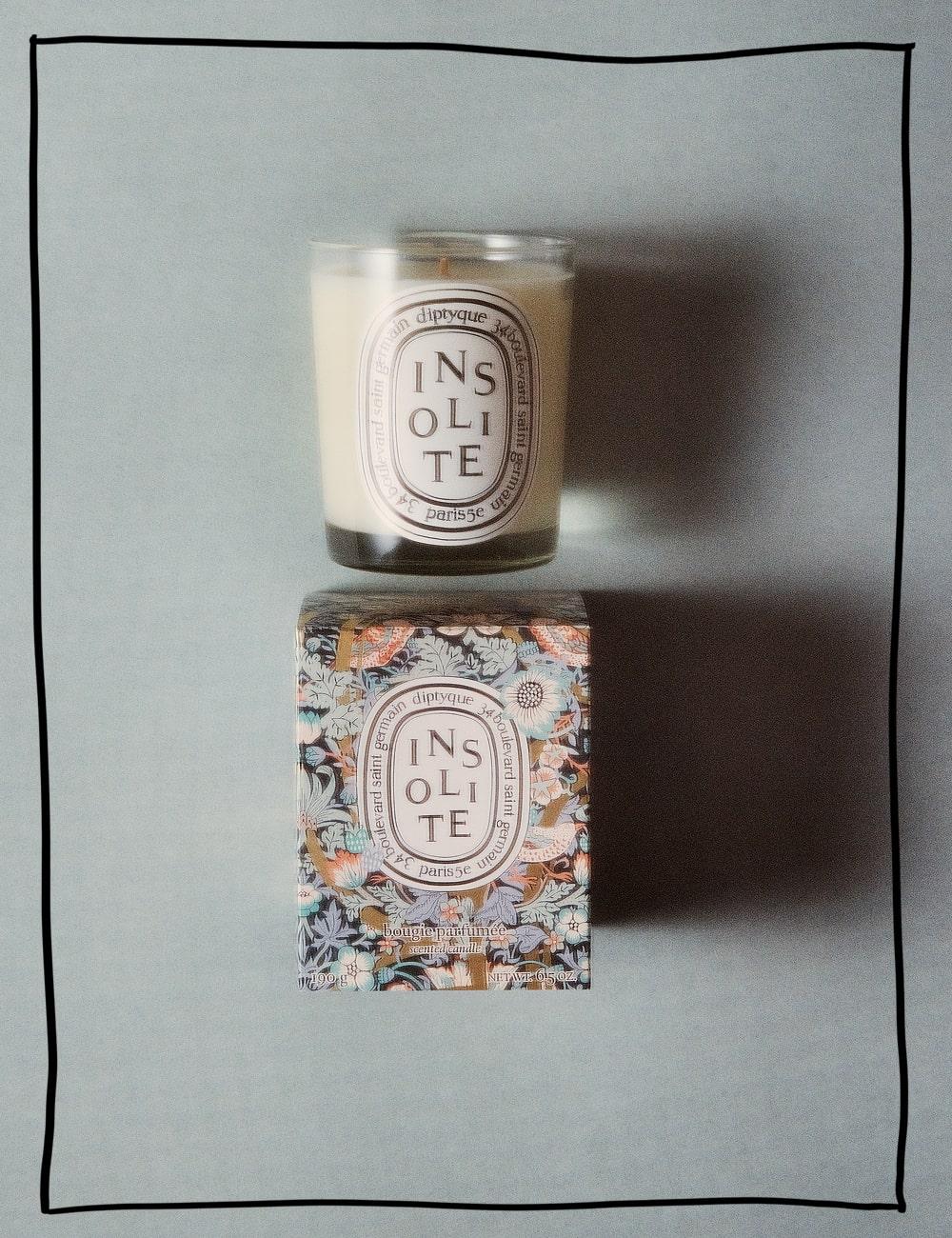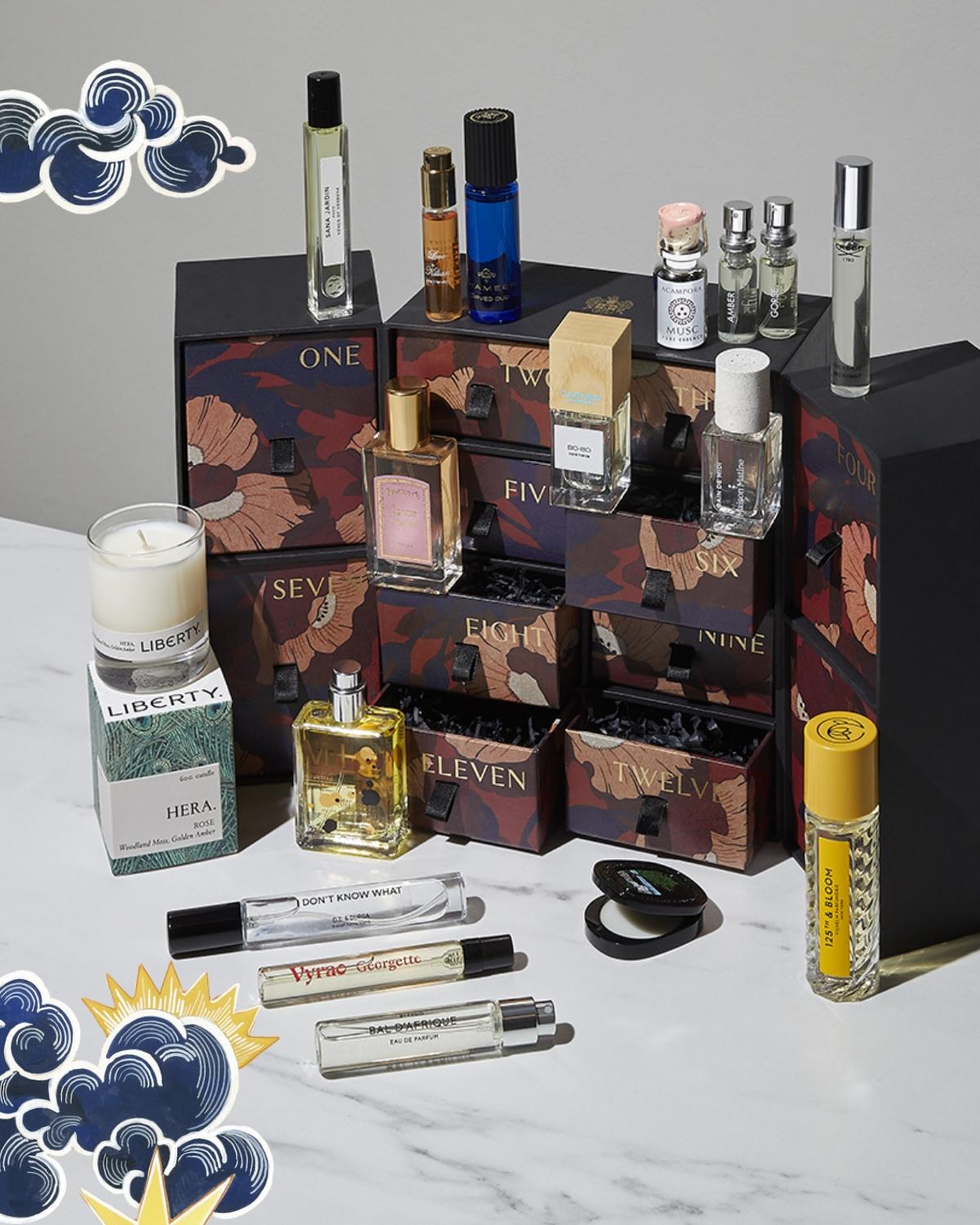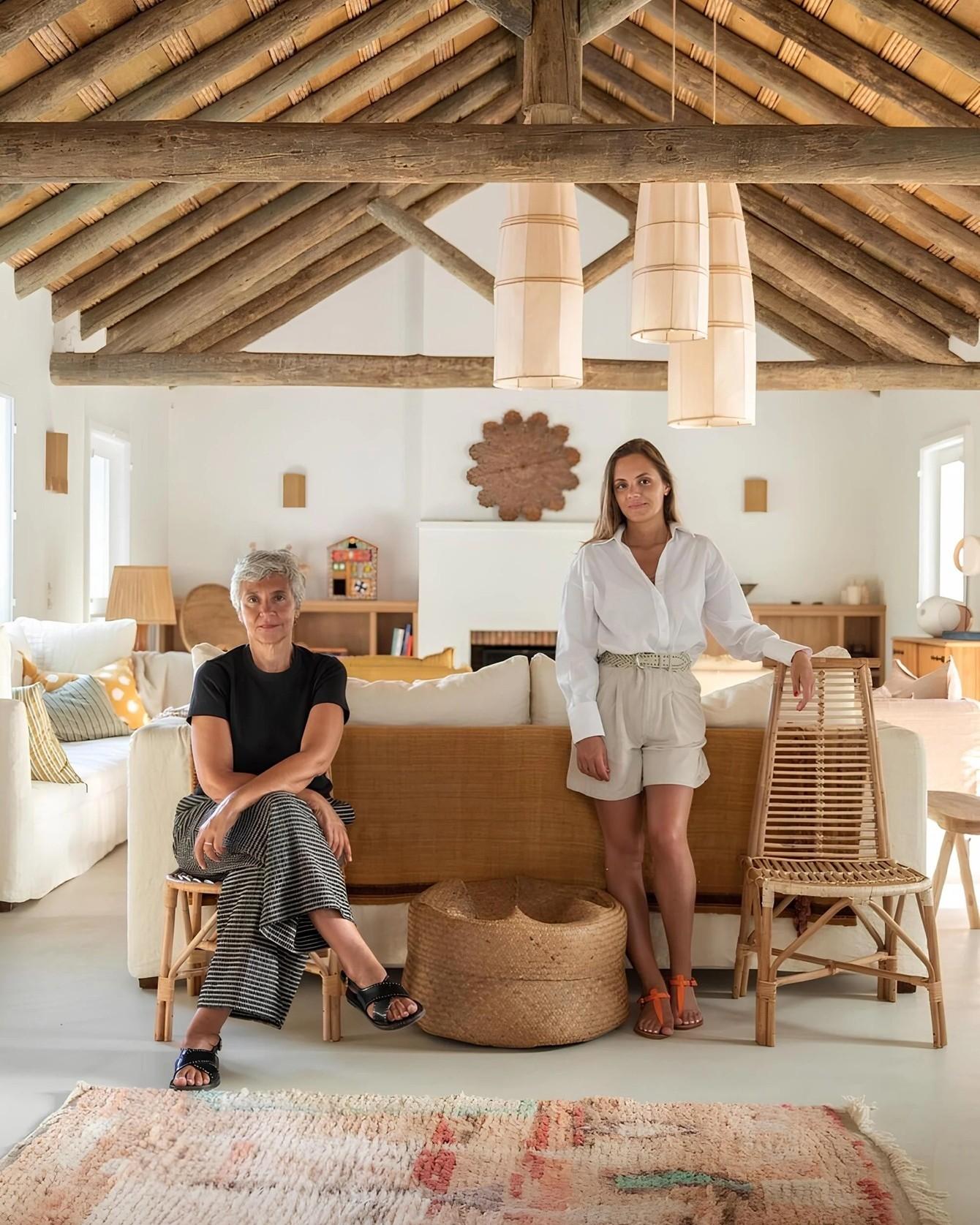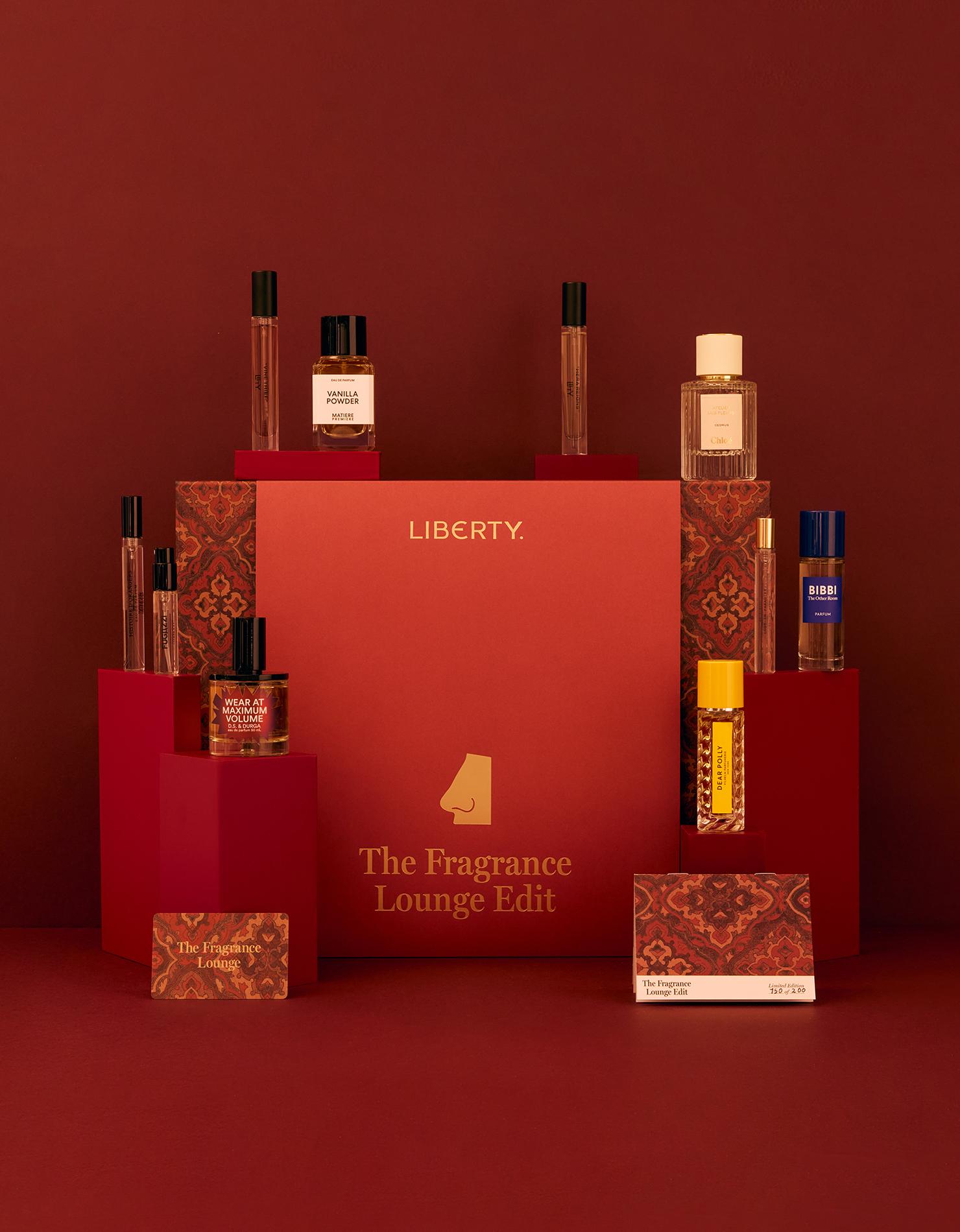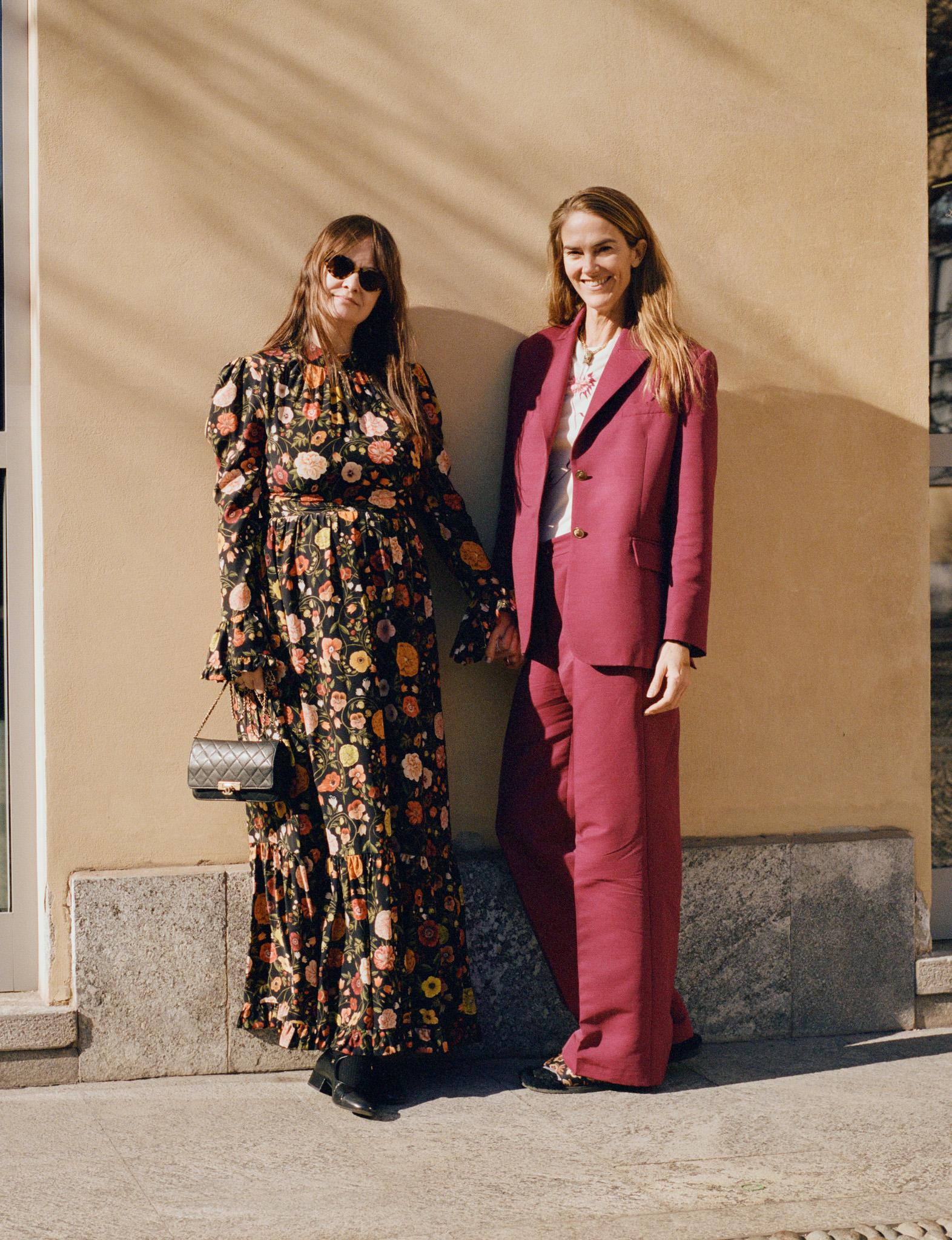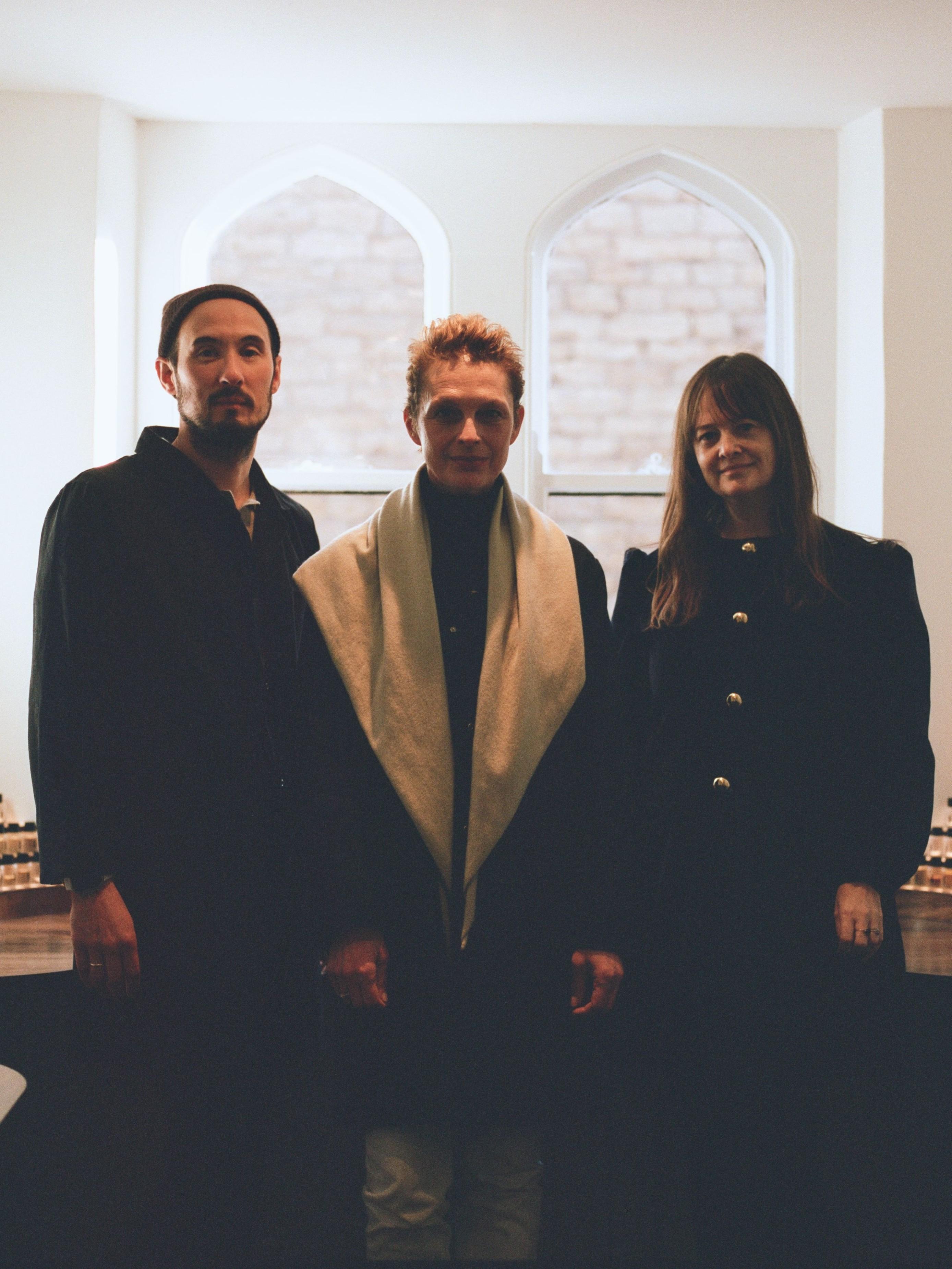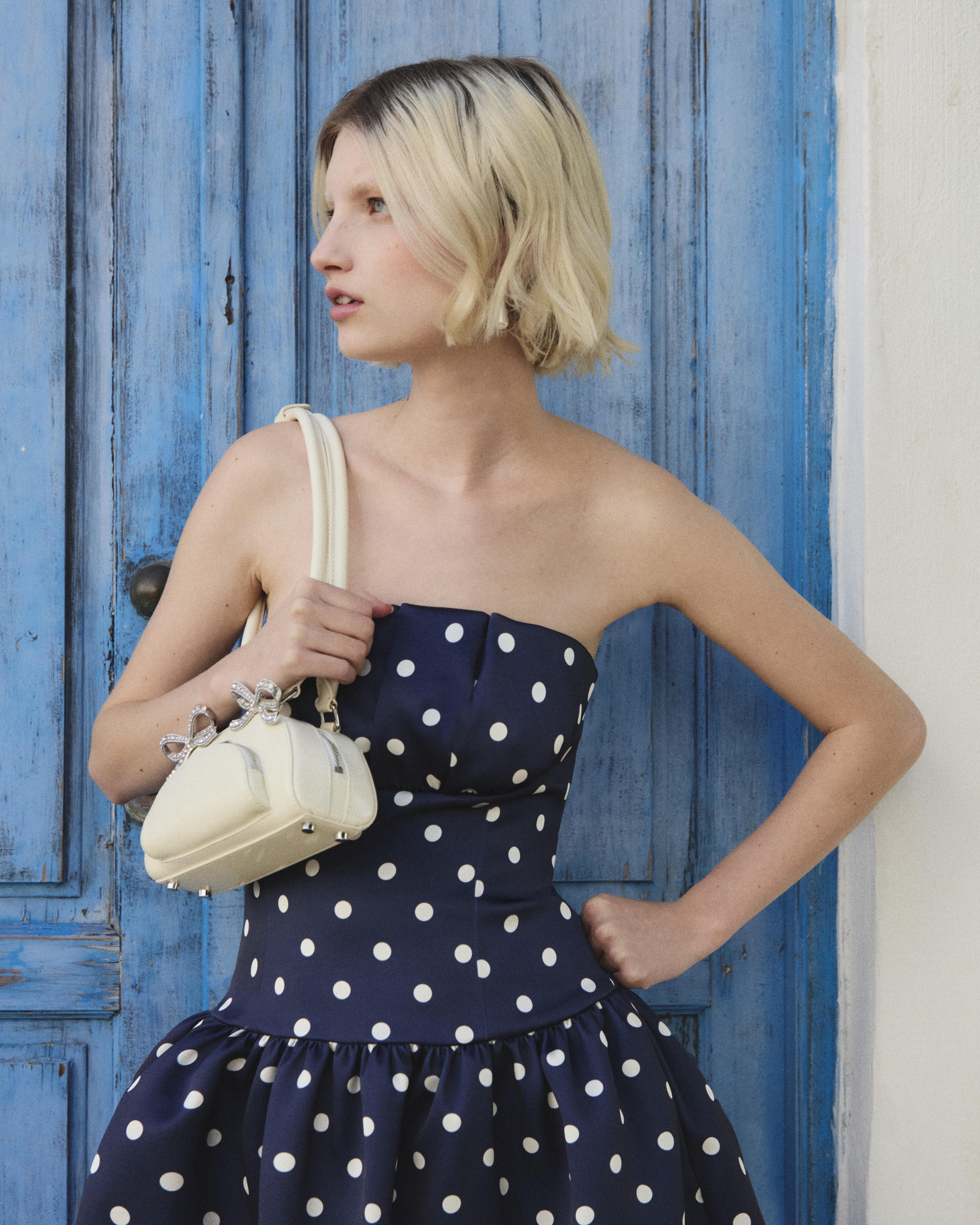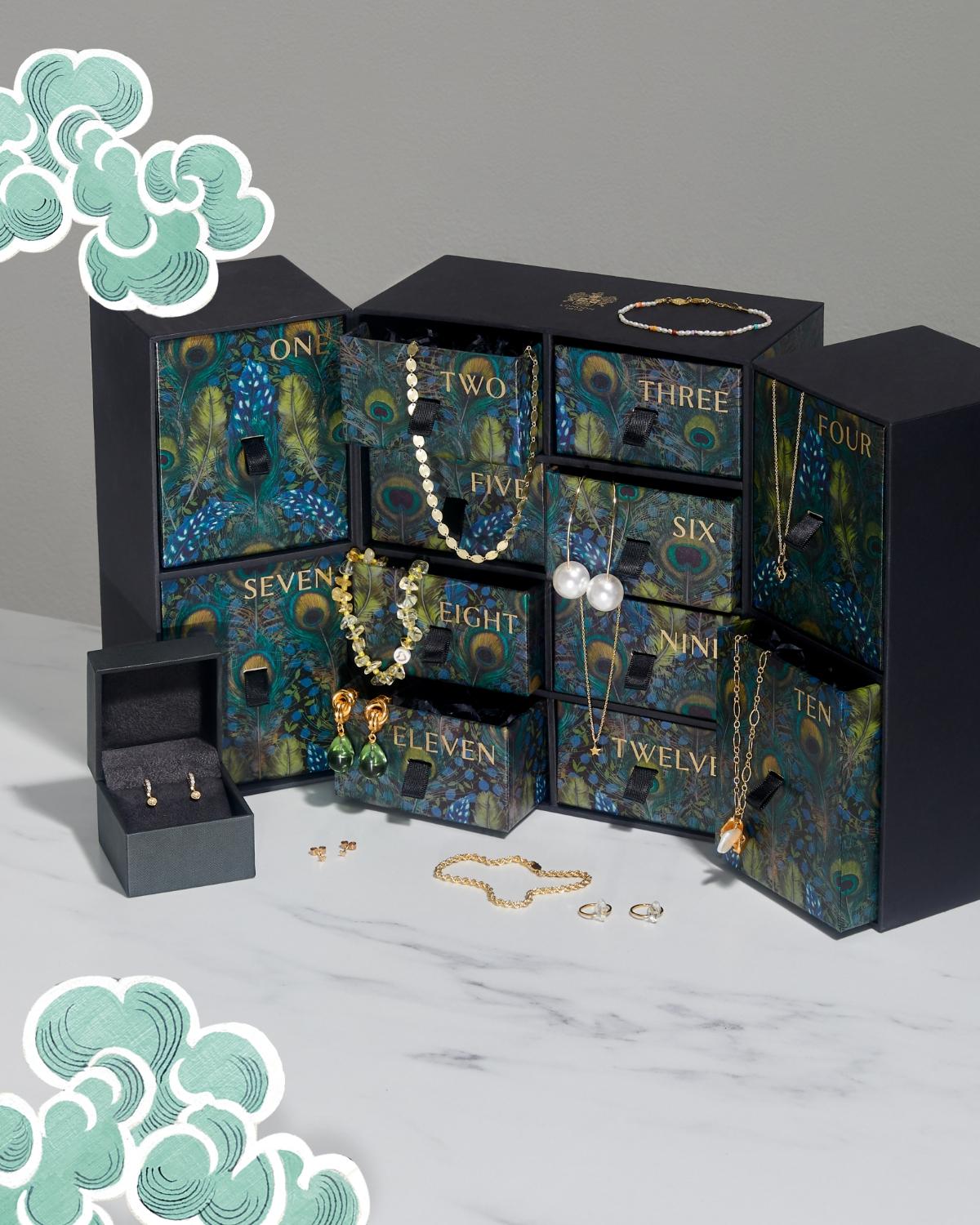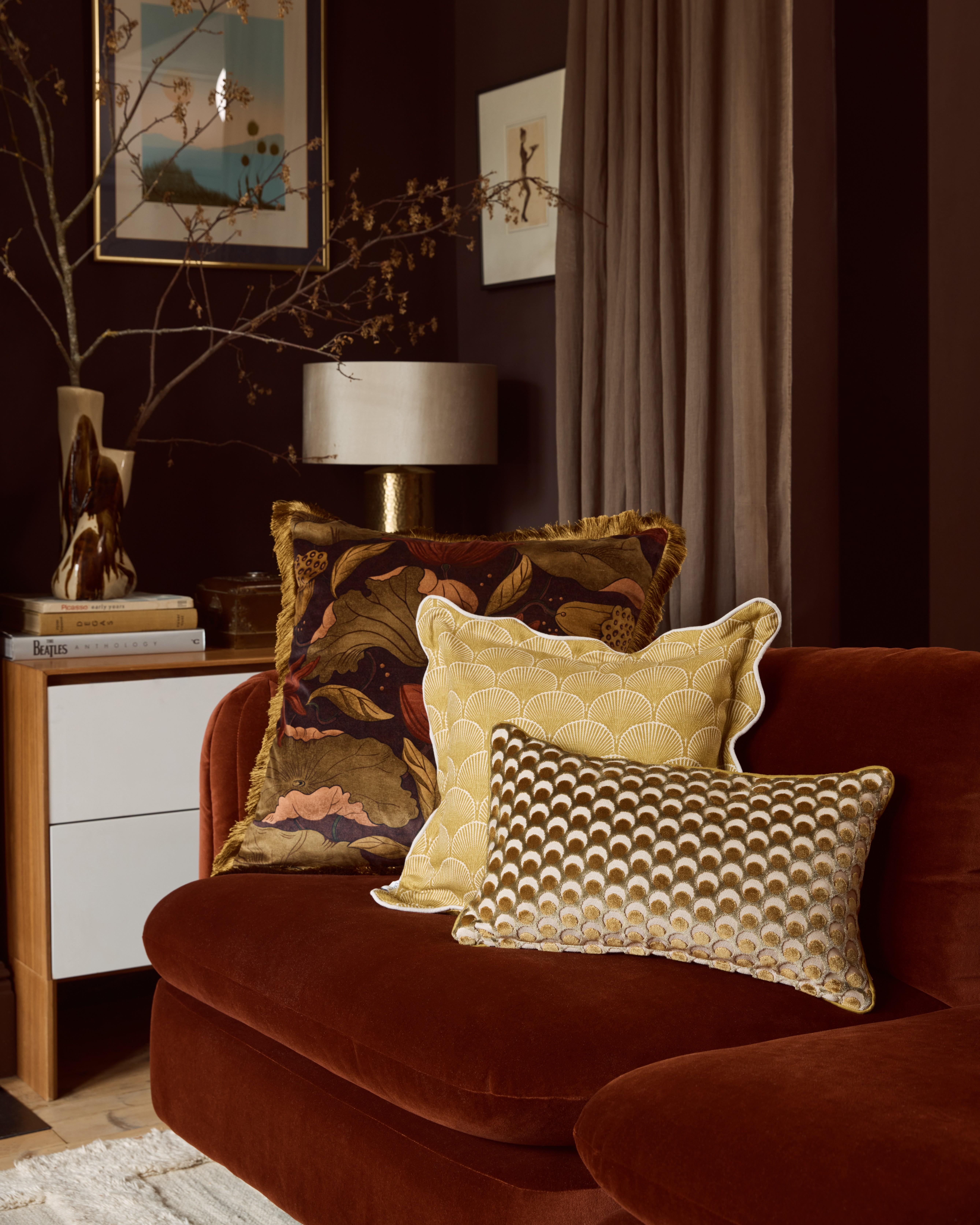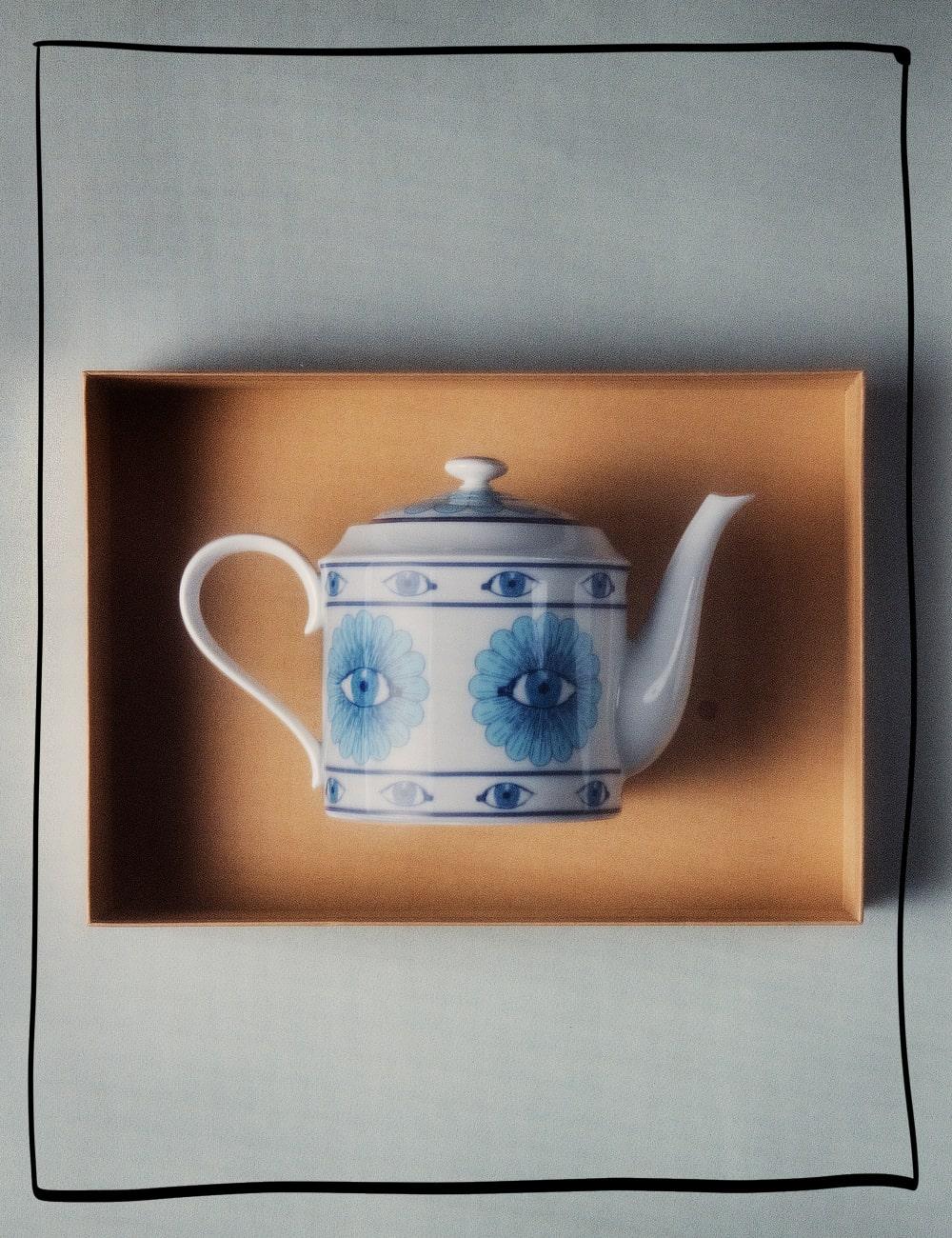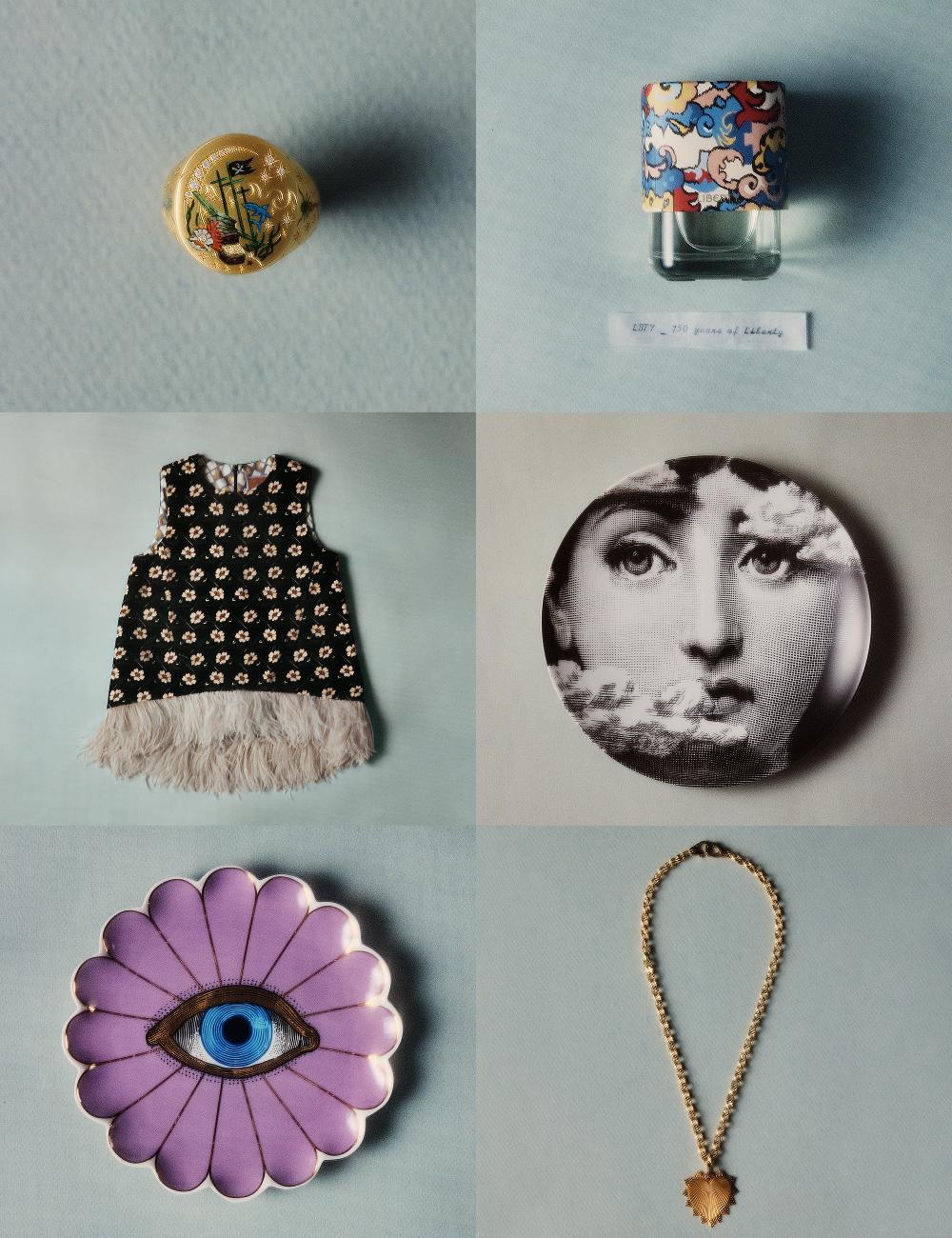
Erdem, Master of Design
A convergence of art, literature, history and fashion, Leith Clark takes a peek inside the creative mind of designer, Erdem Moralıoğlu
Read more

Erdem, Master of Design
A convergence of art, literature, history and fashion, Leith Clark takes a peek inside the creative mind of designer, Erdem Moralıoğlu
By: Team Liberty
Delve into Liberty’s 150-year legacy as editor, stylist and creative director, Leith Clark curates a selection of 150 pieces from Liberty’s past and present, each with their own unique story to tell. As part of this milestone collaboration, Leith visited a selection of Liberty’s creative founders – old and new – at their studios and workshops across the globe, to discover the stories and craft that makes each unique.
One of the most celebrated designers on the London fashion circuit, each season, editors, stylists and fans alike all wait with eager anticipation to see what Erdem Moralıoğlu will do next.
One thing is for sure: it will always be thoughtful. A lover of art and literature, Erdem’s collections come peppered with references to inspirational prose and portraiture, with show locations such as The British Museum, The National Portrait Gallery and The V&A situating his work where it belongs: right in the epicentre of culture. Poetic, yes, yet never out-of-touch, his aesthetic is one of modern femininity and exceptional artisanal craftsmanship, instilling a kind of confidence and grace in all who wear his designs.
Here, Erdem invites his long-time friend and creative collaborator, Leith Clark for a tour of his atelier, to talk humble beginnings, his creative process, and the piece of progressive literature that sparked an entire collection of inspiration.
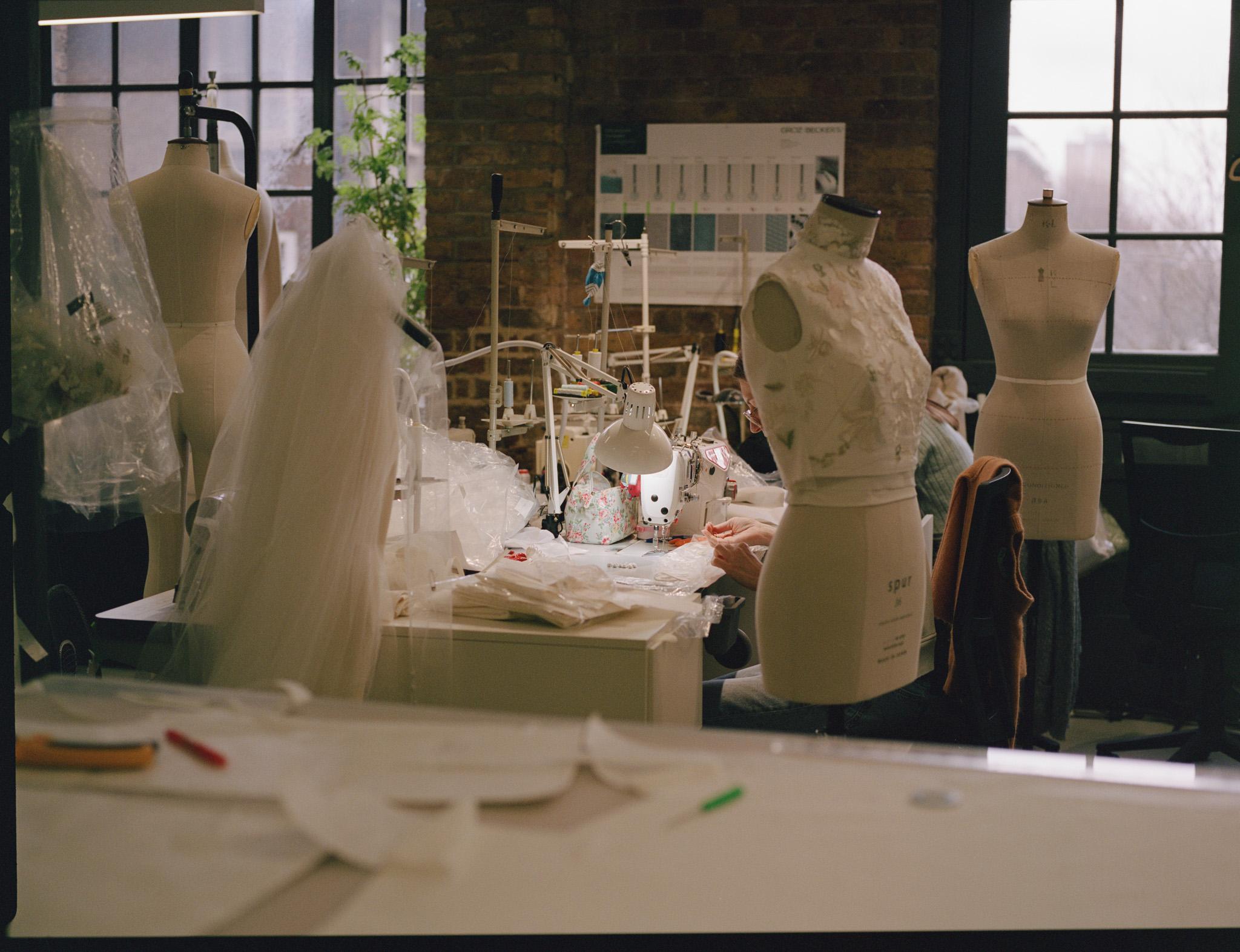
How long have you been in this space? And what was the first space that you were creating from in the very beginning?
We moved into this space probably about eight years ago. It's been a while. Prior to that, we were in Bethnal Green. Do you remember? Above the movie theatre. It always smelt of popcorn. Before that, I was on Mare Street, right by Iceland, weirdly, right around the corner from where you lived.
And how big was the Mare Street space? What was it like?
The studio, in its entirety, was like the size of my office now. It was me and two other people, and there were two cutting tables, a sewing machine and a computer. And there was a communal fax machine that we all shared. A fax machine! That’s how long ago it was.
Do you remember how it felt then? Did you think it would be like this now? What did you think was going to happen?
I think I just always thought about the most immediate thing. I remember that first collection was fall 2006 which was shown at the V&A. We bought loads of bridesmaids’ shoes that we had to spray paint; there was no money whatsoever. I worked with all the same seamstresses that had helped me at the Royal College of Art for my graduate collection. They were all amazing.
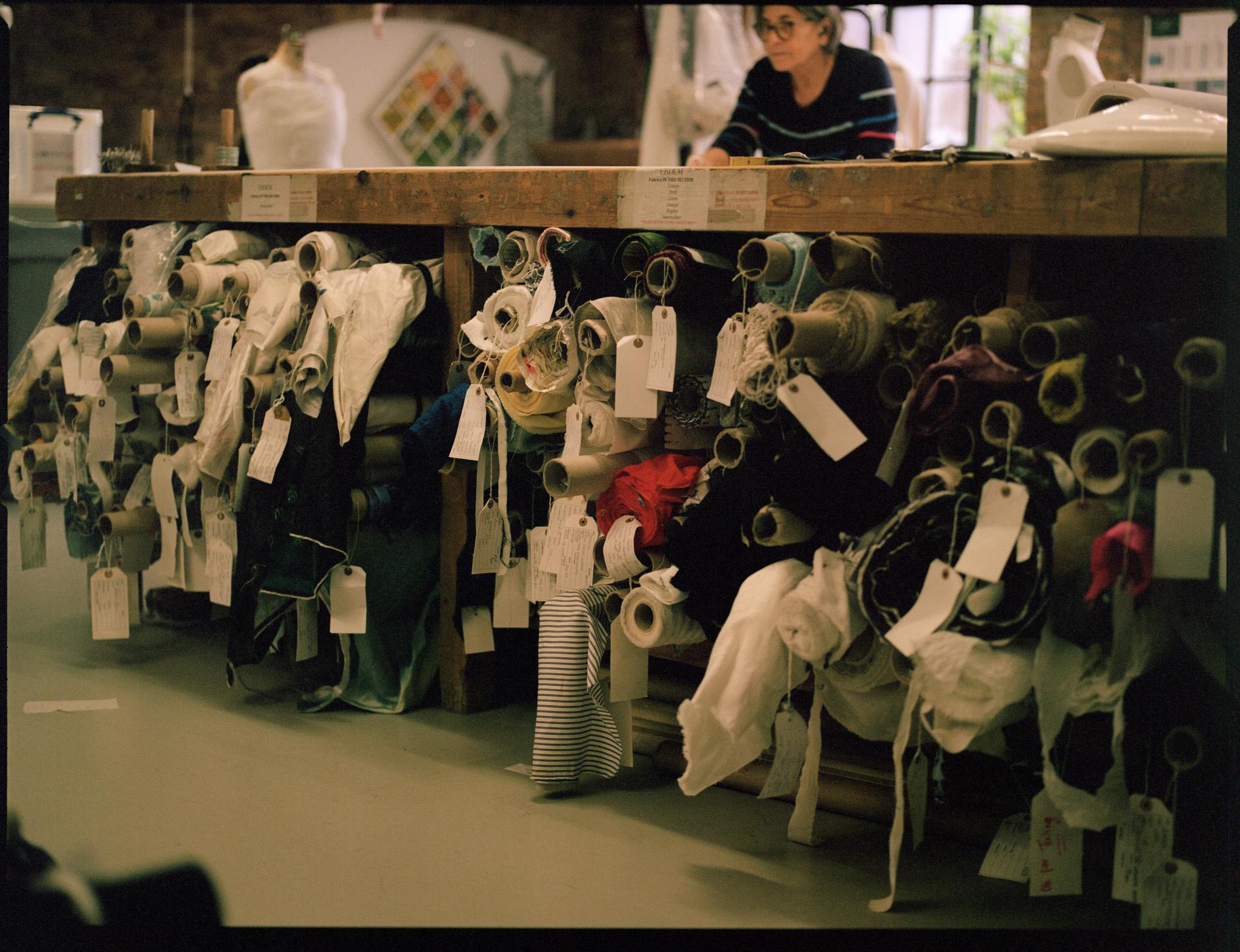
Wait, how did you show at the V&A for your first collection? That's wild.
That’s a long story, but it was very interesting. I remember my slot on the schedule was at 6pm, but the museum closed at 6pm. So the entire museum had to be evacuated at the same time the show was about to start. It was very complicated. I didn't even know you were supposed to work with a casting director. I called all the modelling agents myself and tried to get the girls to come for fittings. The studio would close really early so I'd have to do a lot of the fittings in my living room at home in Hackney. Next year, it’ll be 20 years since that very first show.
What happens here at your atelier?
All of our very special things are made here. Special show pieces. Anything that’s made bespoke, or for special clients. All of our toiles. Anything that’s new comes through the atelier. This table was the pattern cutting table from our former studio in Bethnal Green; we had it take apart, cut down and brought over. So many collections were made on this table, so I felt like it had to live here. It’s my favourite object in the studio.
And then alongside, you have your office?
My office is more like a library. I spend a lot of time here. I’m very much a bibliophile: I love books. I collect books.
Are they organised?
They’re supposed to be alphabetical but I’m terrible at keeping them in order. I also love portraits, and there are a few of them dotted around. There’s a bit of a process to decide whether they will come home with me, to our stores, or stay here in the studio.
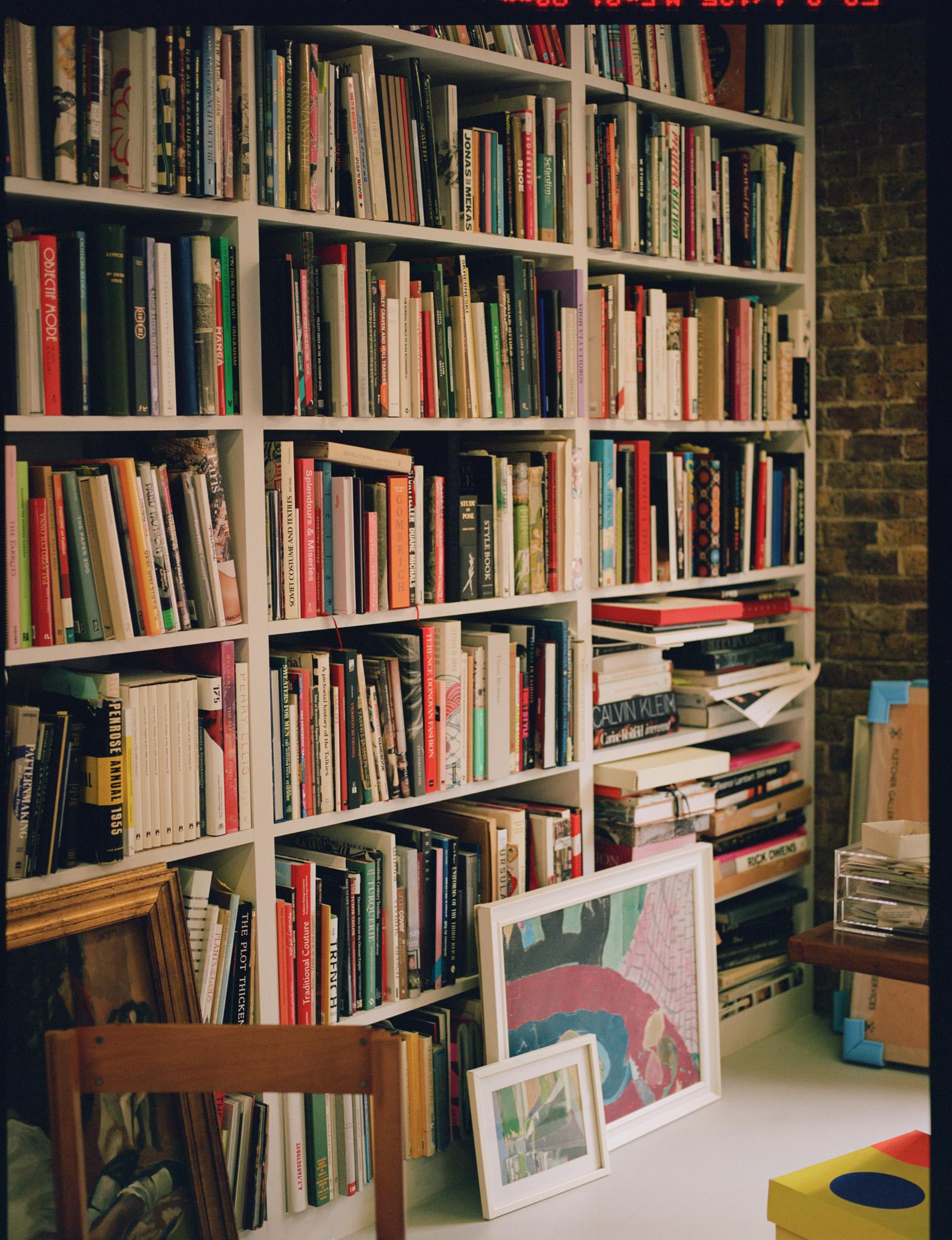
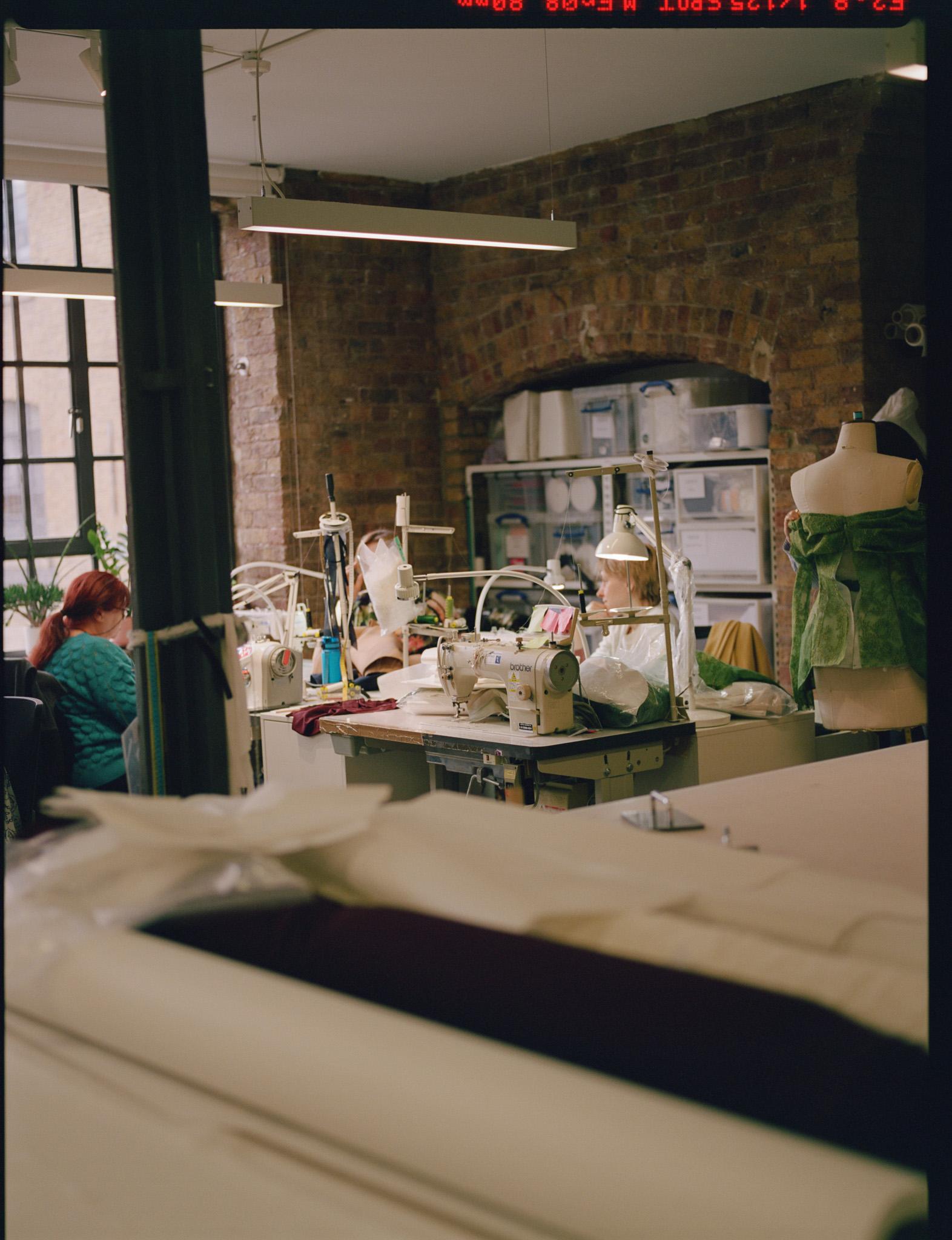
In the beginning, which were the first stores that were supportive?
One of the first stores to pick up the collection really early on was Liberty. I think they picked up spring 2006. And the store is still a wonderful, a wonderful partner in London.
Do you remember when you first moved to London as a student and you first encountered Liberty?
On my gosh, yes, absolutely. Liberty has always been iconic. I remember walking into that wooden atrium. It felt just so British but also so glamorous. It has always had a very distinct personality to it. I still remember going upstairs to the fabrics and homewares. Liberty is this thing that unfurls the higher you go. It’s this wonderful emporium of beautiful things.
How do you find inspiration when there's a clock, a schedule?
It's almost like, a school schedule. You have to do certain things at certain points and there's certain deadlines. And I, weirdly, quite like a deadline. It forces me to move ahead. But I generally start every collection in the library. I work in a library in Saint James's Square called London Library one day a week. It gives me space where to just stare at my sketchbook and look at everything, all alone. There's a librarian there who's so wonderful and sometimes helps. And she helps me with research as well. So if I have an idea, there's also someone that can help gather things and thoughts.
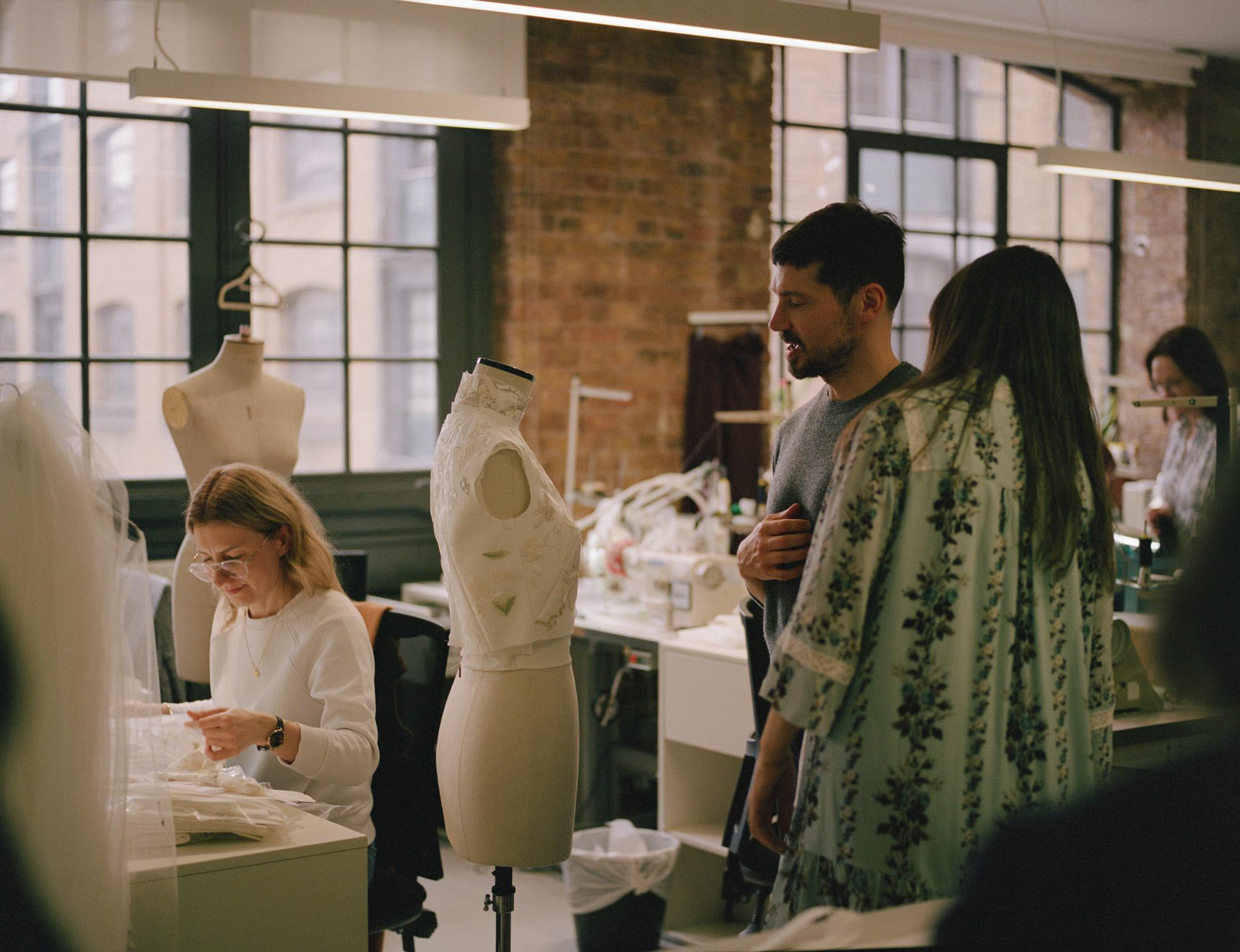
Do you go in with an idea already in your head or you go in completely open?
Maybe I'll go in with a kind of an idea. The seed always gets kind of planted, and then I'll come back to things. So for spring/summer, I was very much inspired by Radclyffe Hall, an English author who wrote The Well of Loneliness. The fact this wonderful piece of queer progressive literature was written in the 1920s was kind of amazing. The 1920s in themselves were so interesting. And it's about a girl who goes by the name of Stephen, who today would be probably non-binary, and they go to Savile Row to be fitted for a men's suit. So for the collection we collaborated with an amazing Savile Row tailor. It was really it was wonderful to throw myself into that world. I loved it.
Did you read the book before designing the collection?
Yes, but I'd never read it properly; I'd never finished it. So, I reread it, front to back, with the intention of it being a collection, and trying to understand which parts of it would serve as references for the design. When I came across that excerpt about them being fitted for the suit, I thought: Oh, this is perfect.
Radclyffe, in themself, was so inspiring. They had all these beautiful men's suits made. Their partner, Una, was this amazing sculptor, and she was very feminine in her style, and would wear these beautiful, tinsel-y 1920s dresses. When Radclyffe died, she took all the men's suits and had them re-tailored in a kind of very feminine way to fit her own body. I found that so interesting: the idea of passing it on.
The book itself was banned in 1928 - the same year that Lady Chatterley's Lover was banned - even though the book itself is not sexually graphic at all. So the suits that we had made on Savile Row were lined in excerpts that were at one time banned; there was type inside the jackets. I love the idea of clothing that holds beautiful secrets.
And did you think about that in the actual construction of your collection?
Yes, very much so. There was this breadth of tailoring to the collection, whether it was very masculine and boyish or whether it was more fitted. Generally, the focus was on this menswear feel, really inspired by the character of Stephen and by Radclyffe.


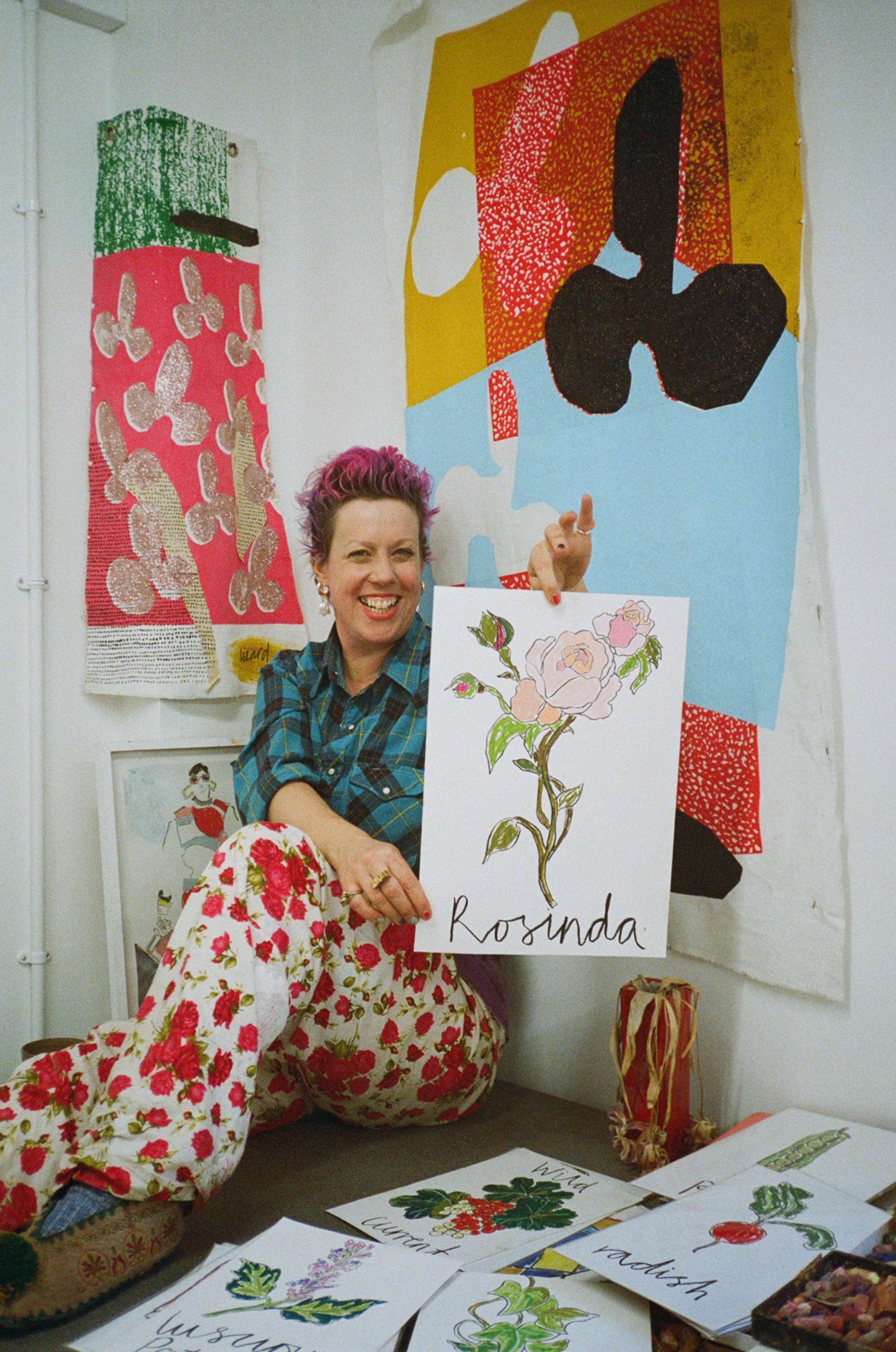
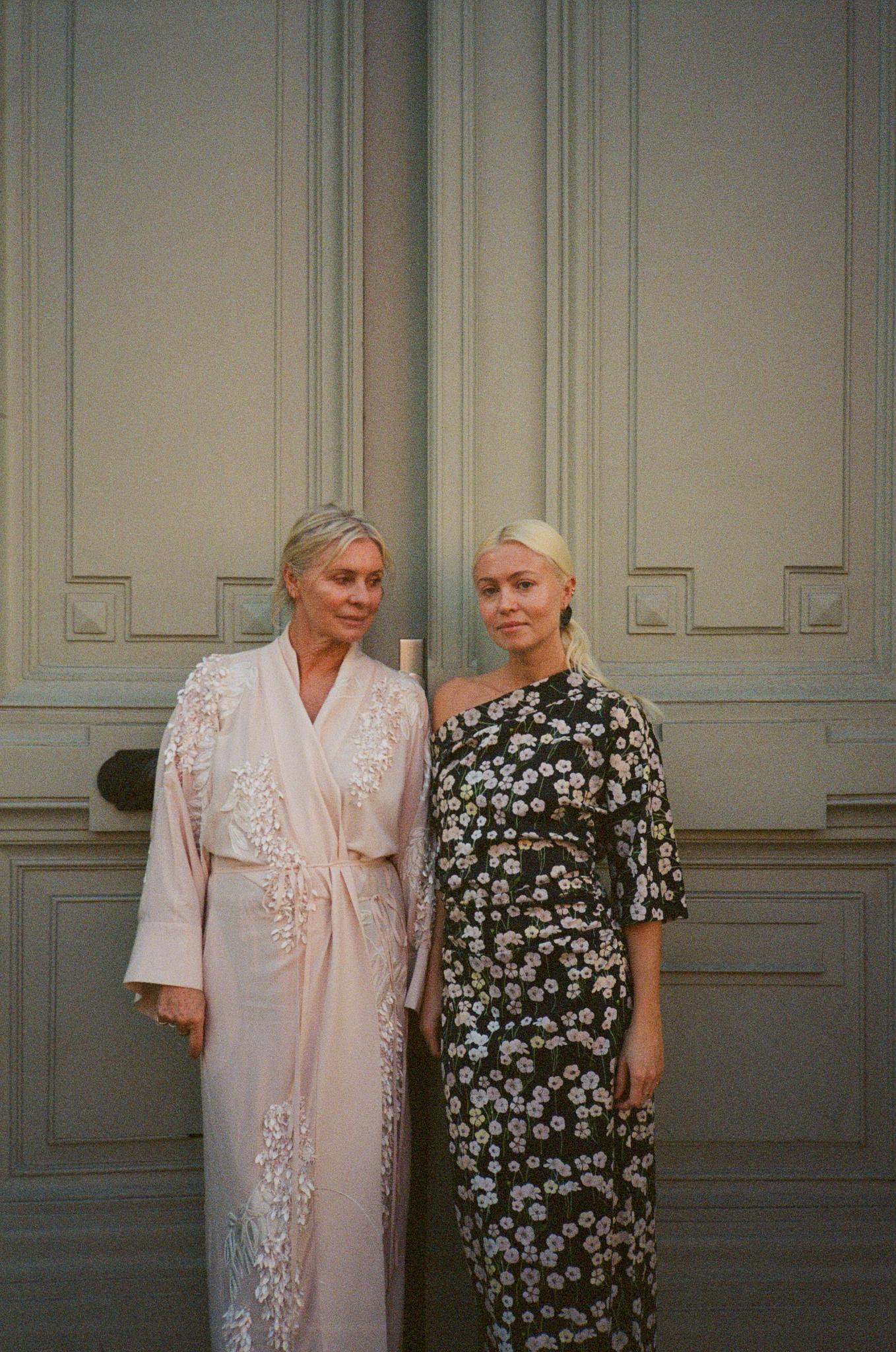
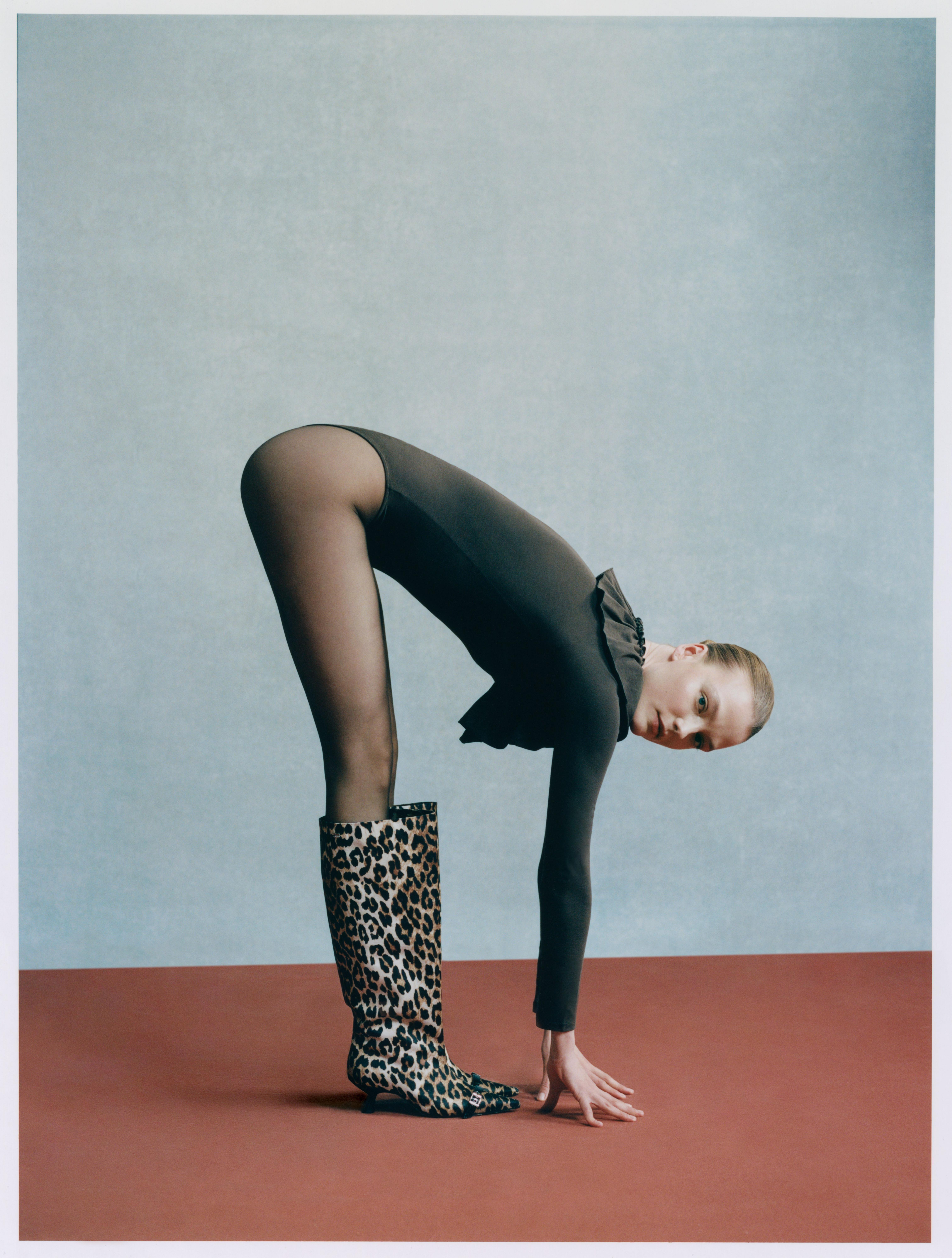
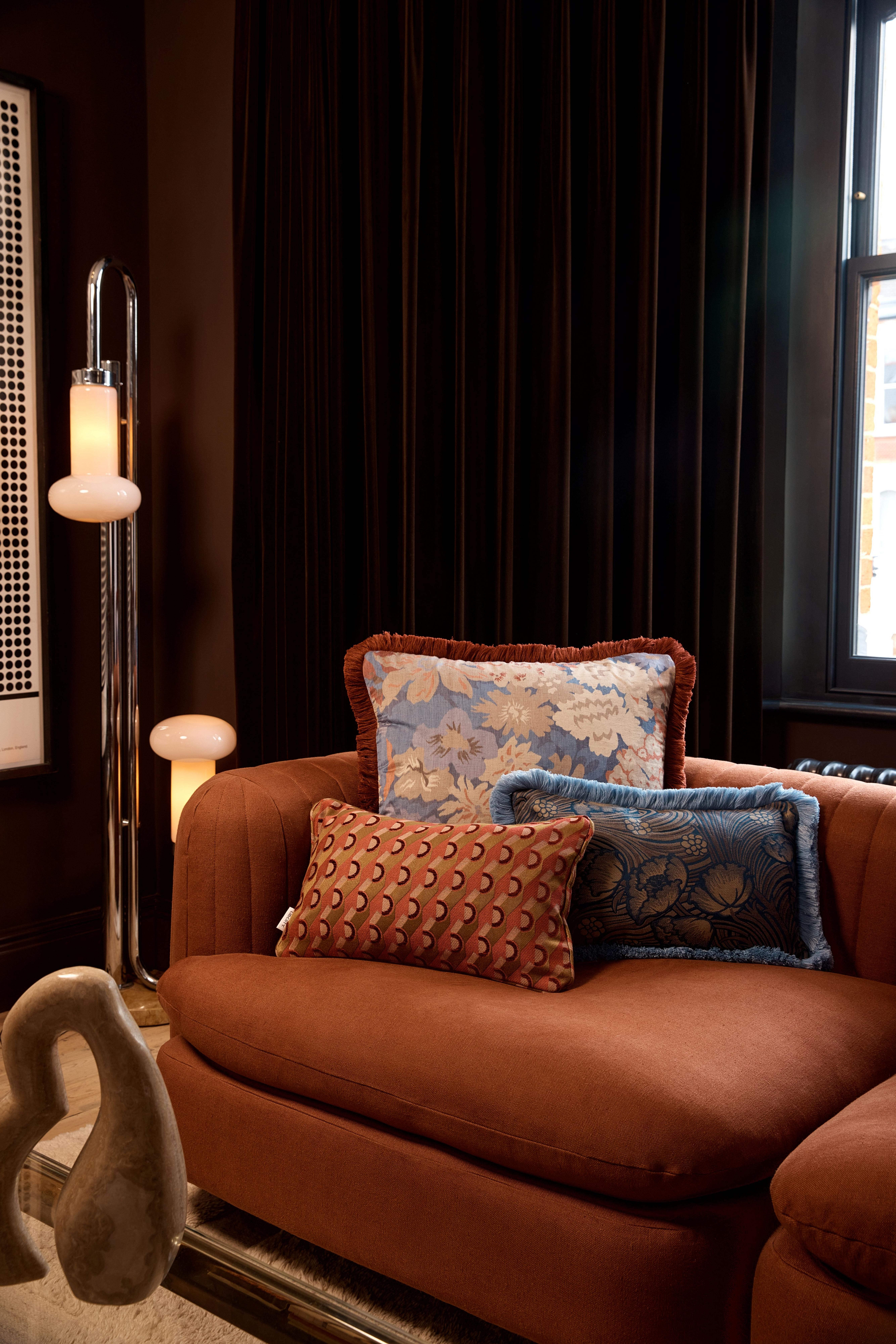
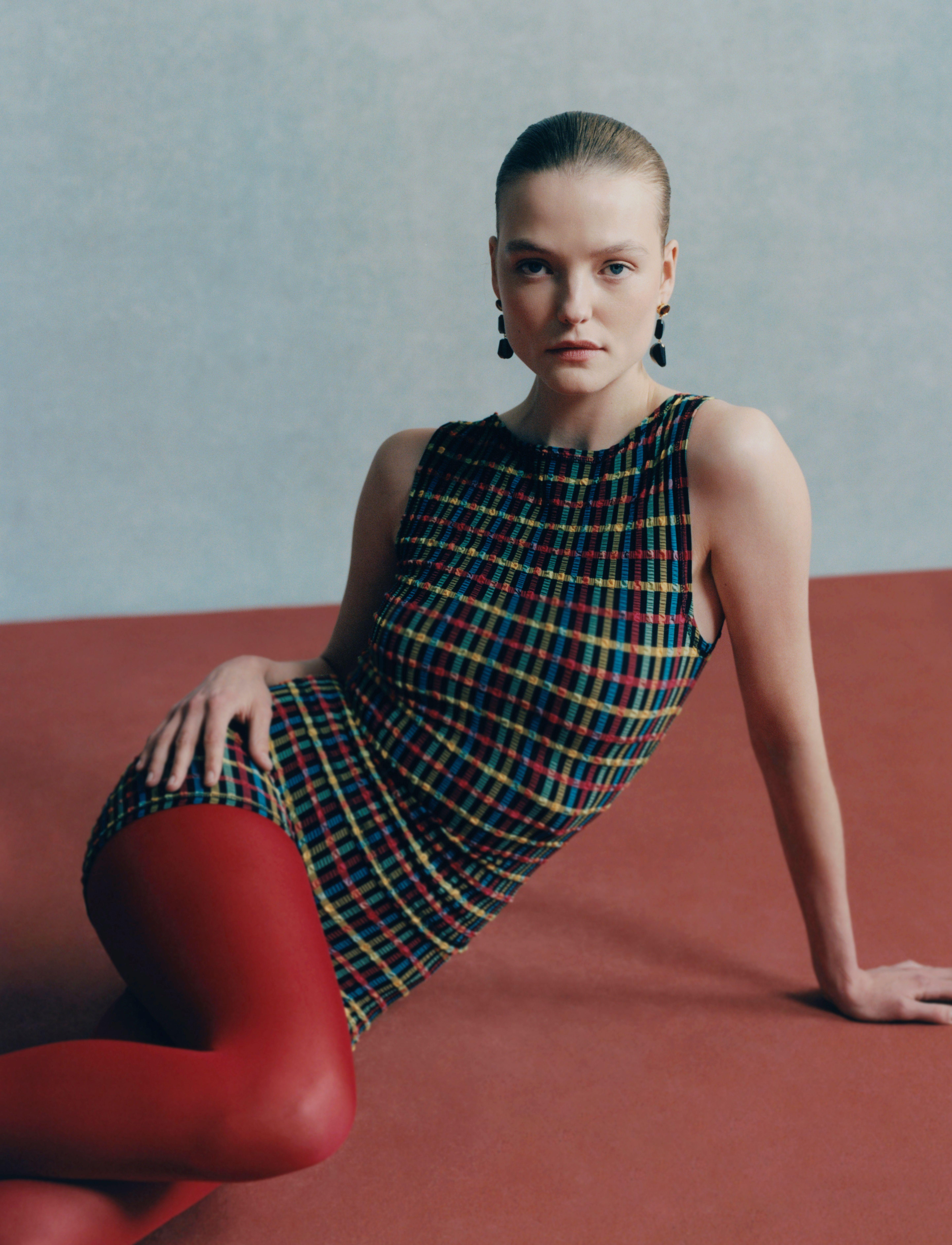
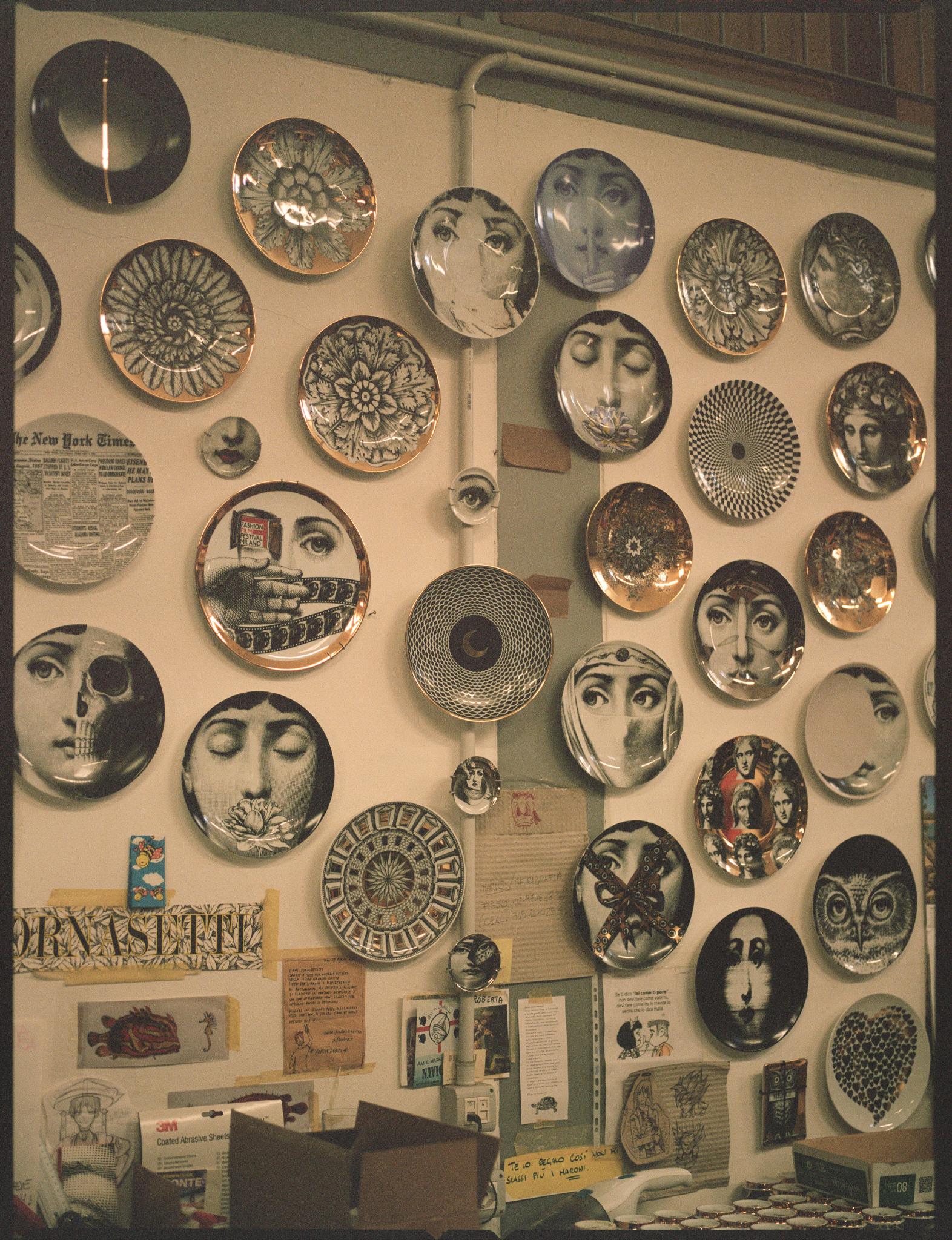
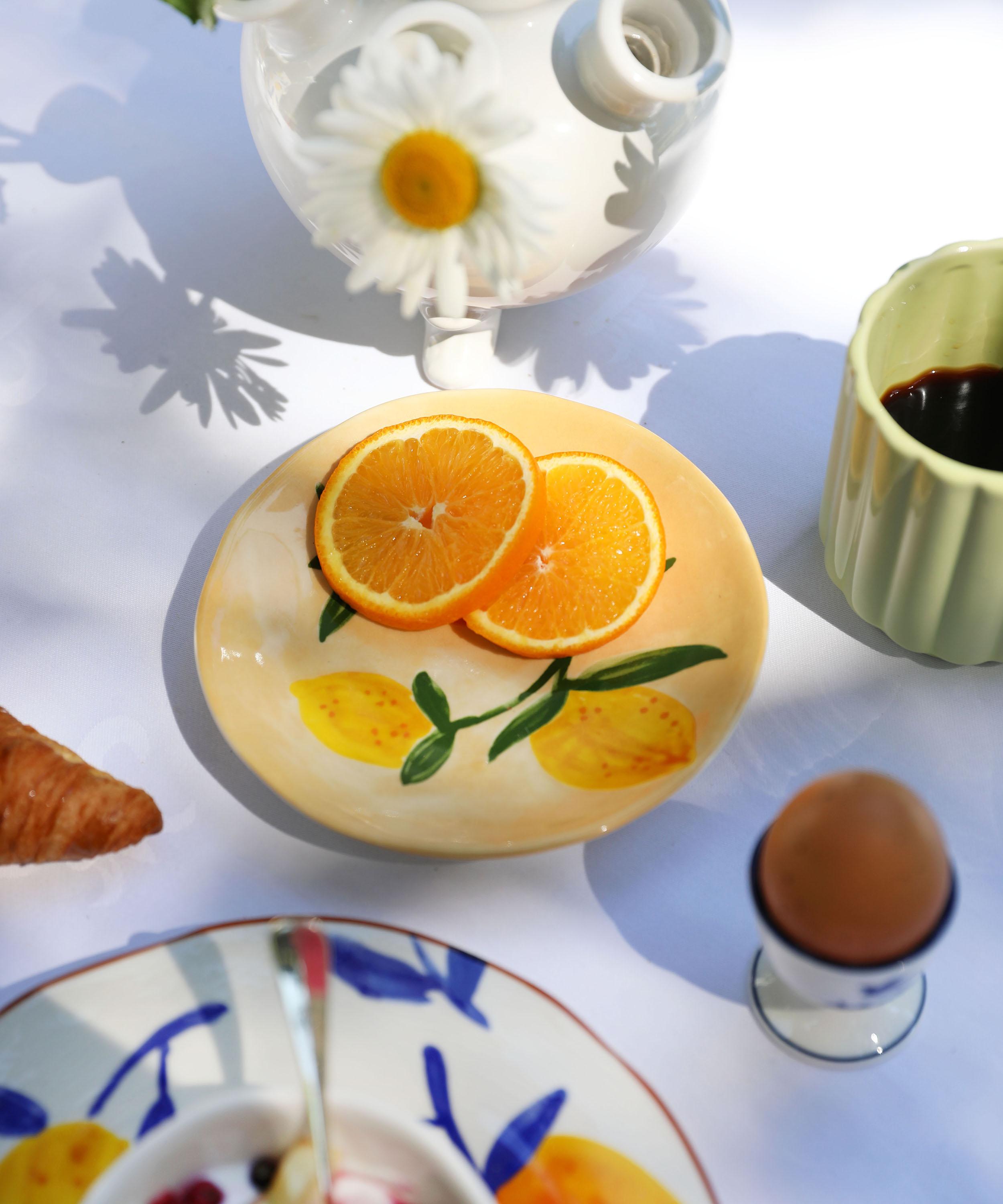
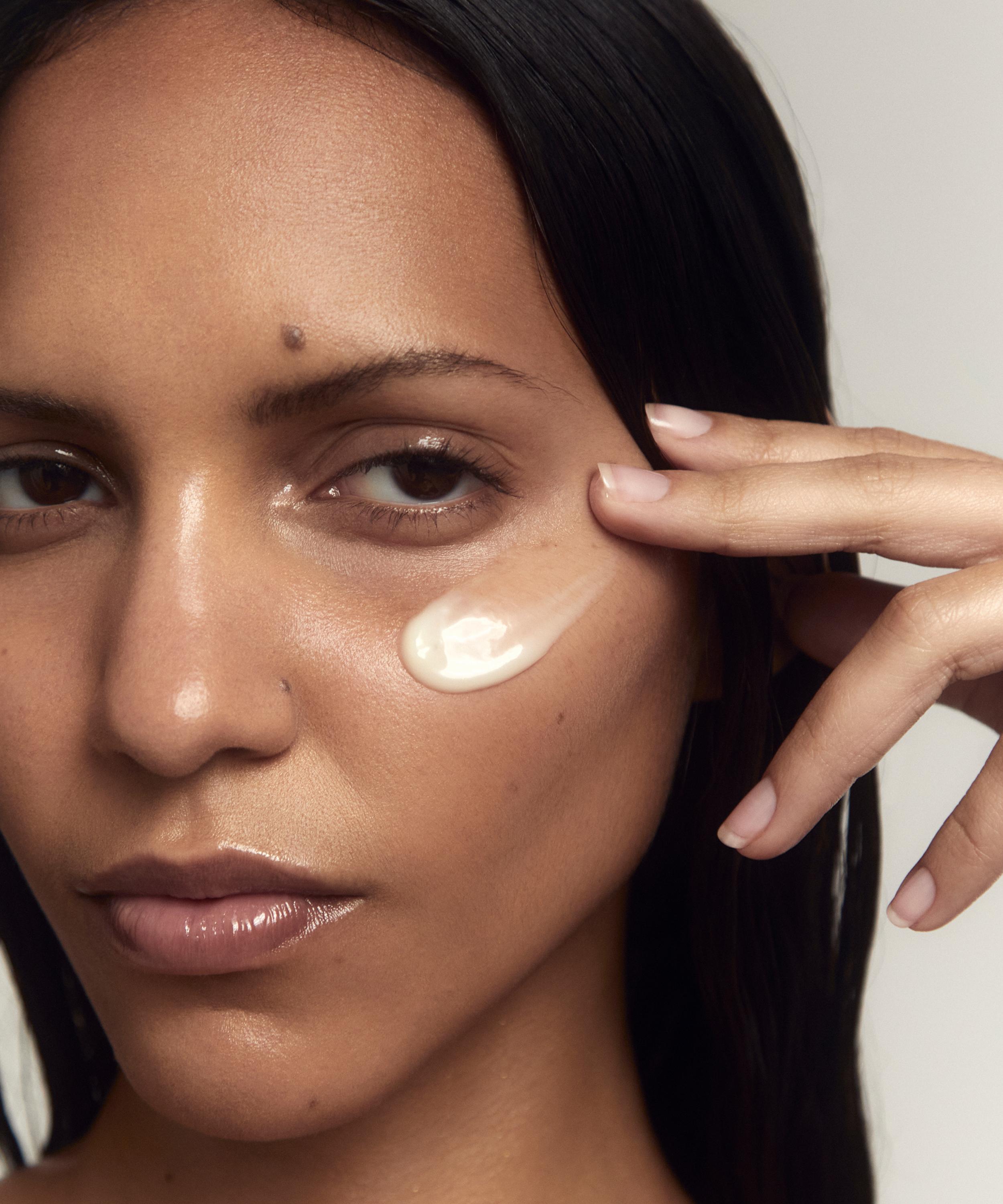
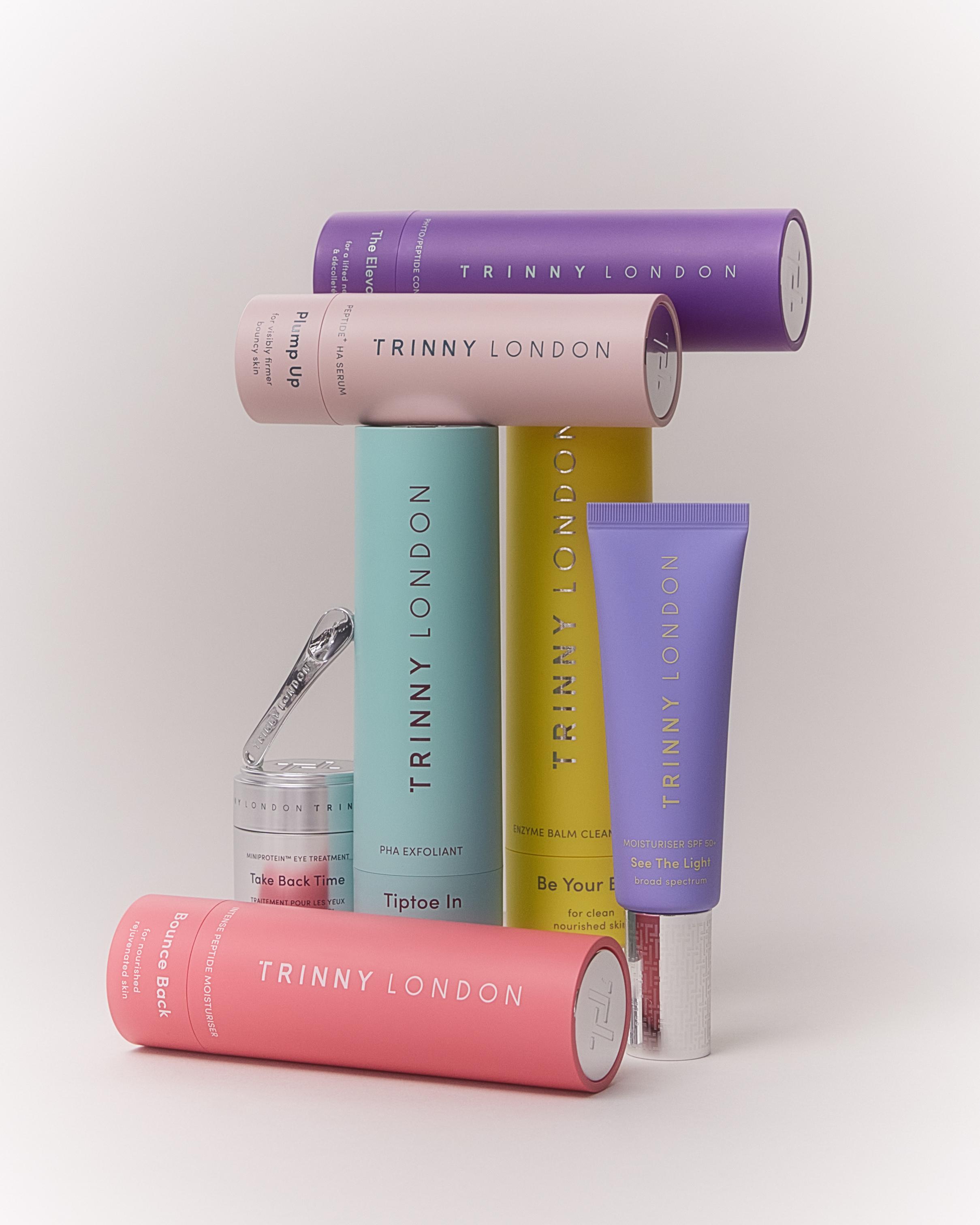
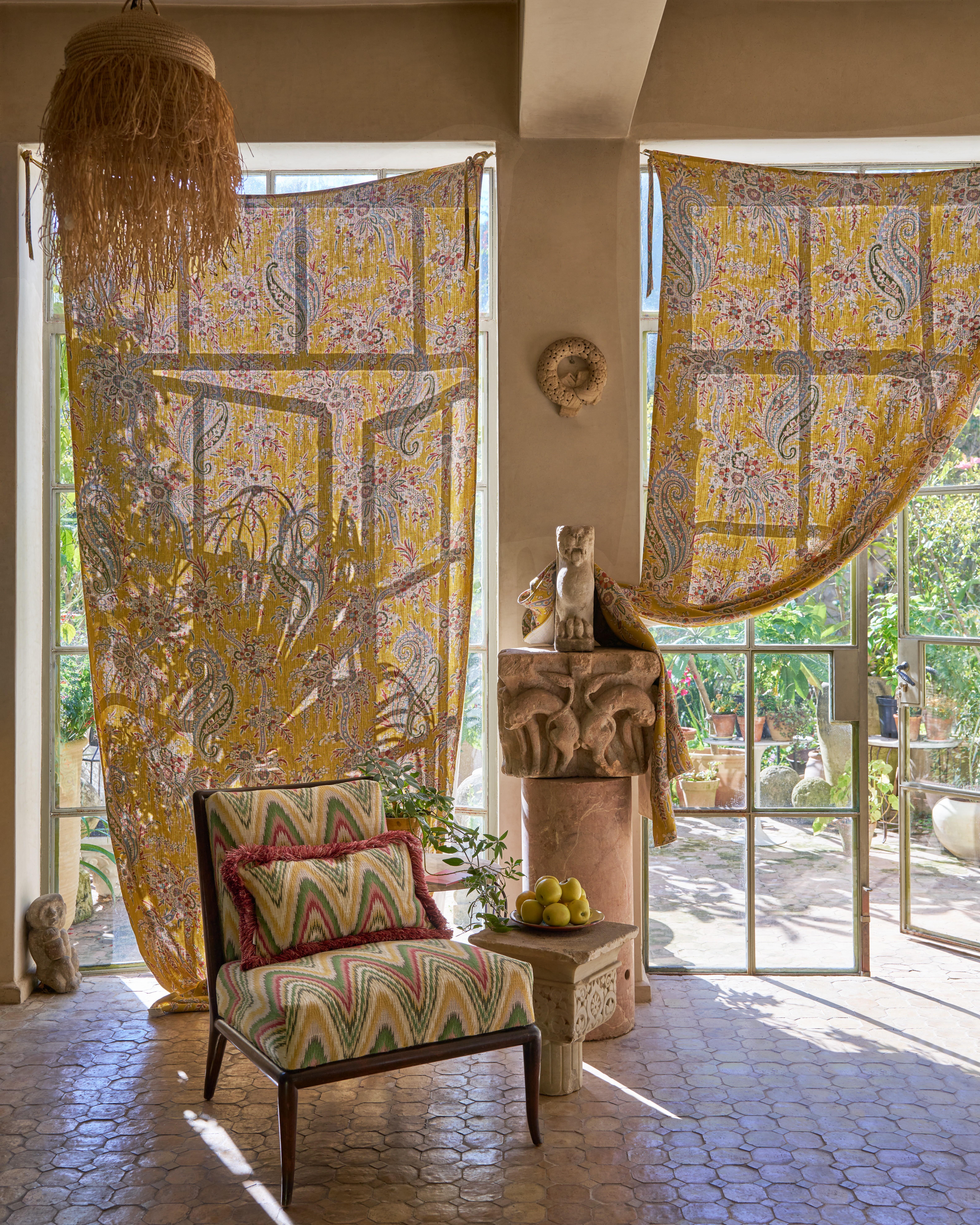
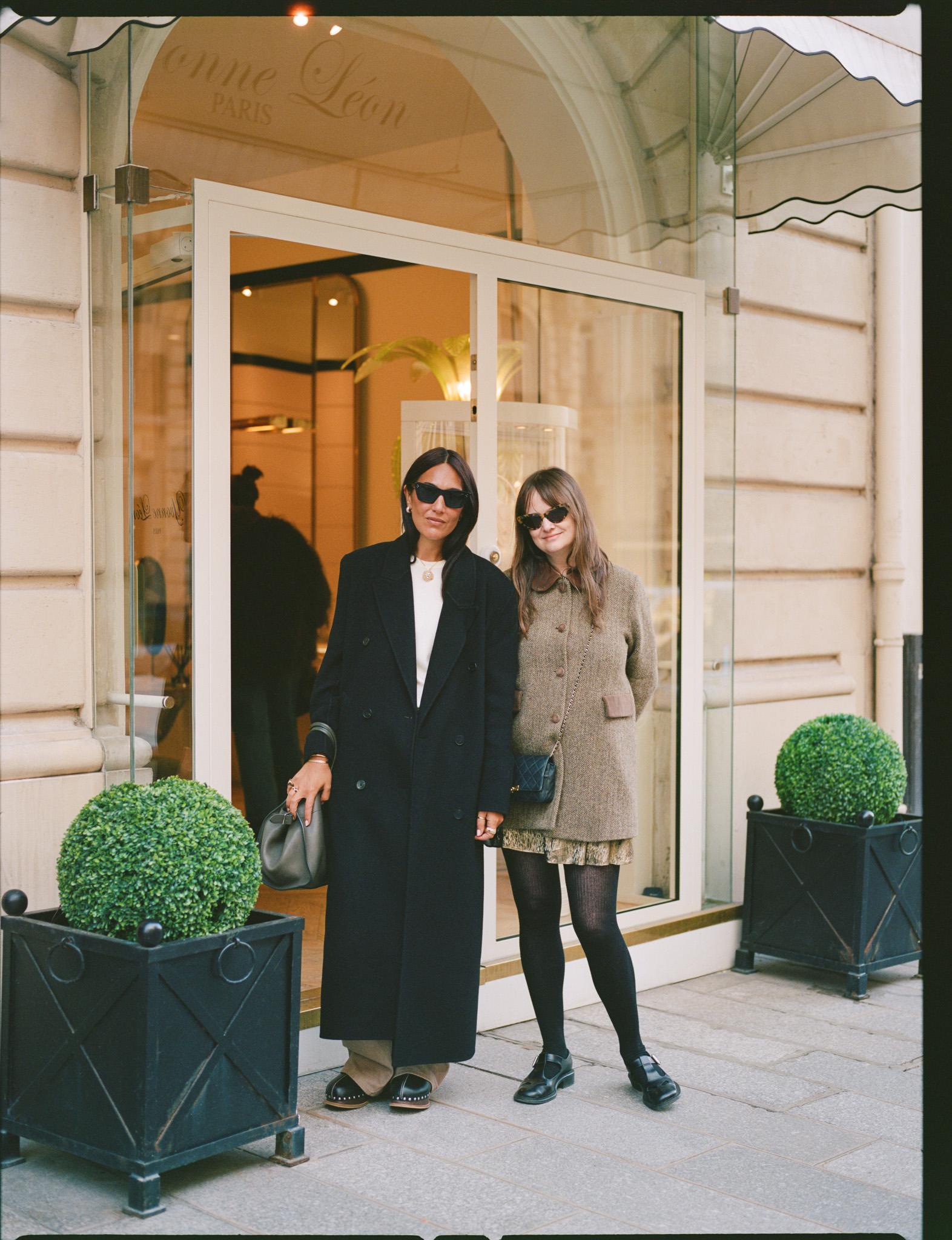
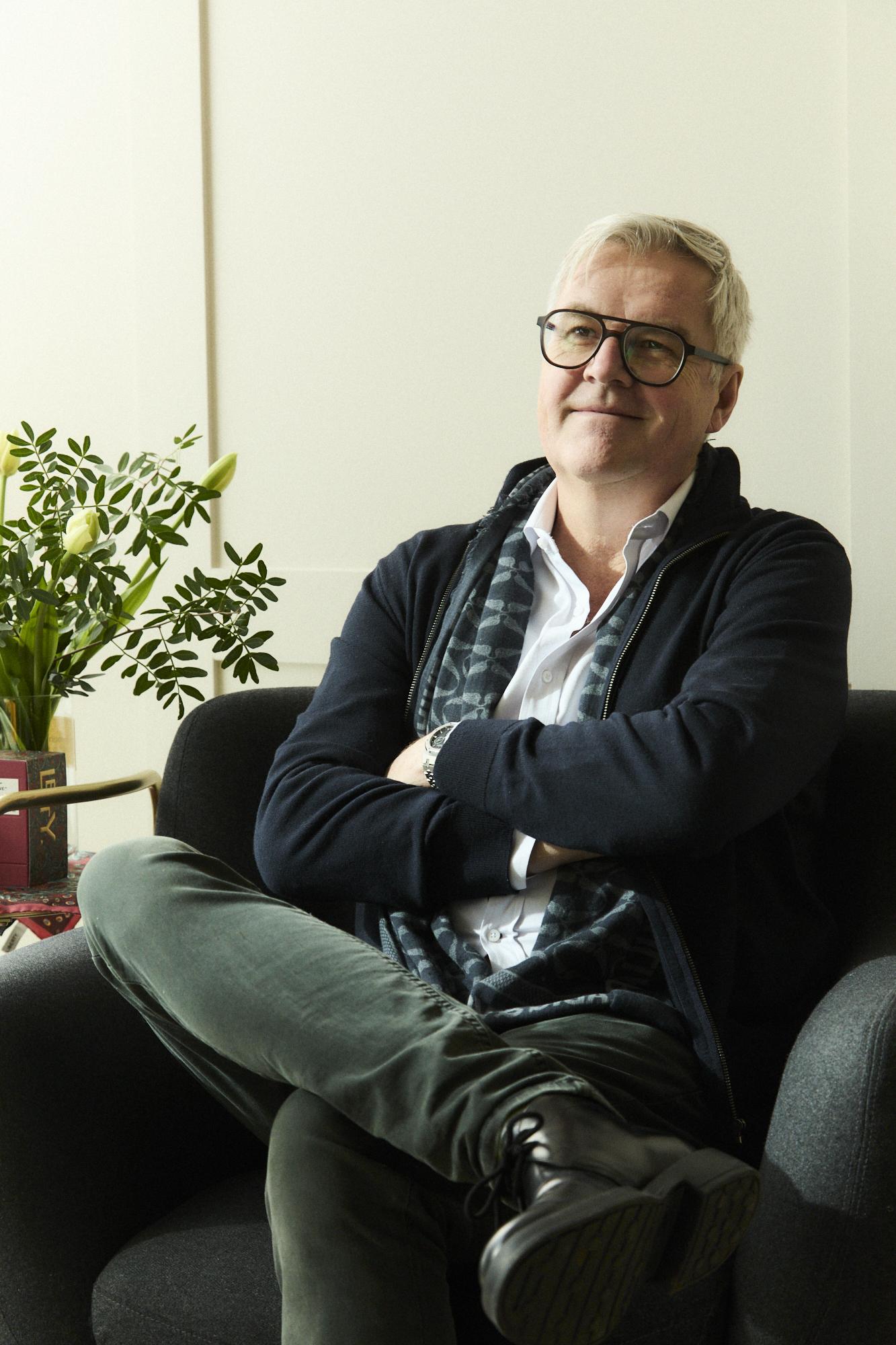
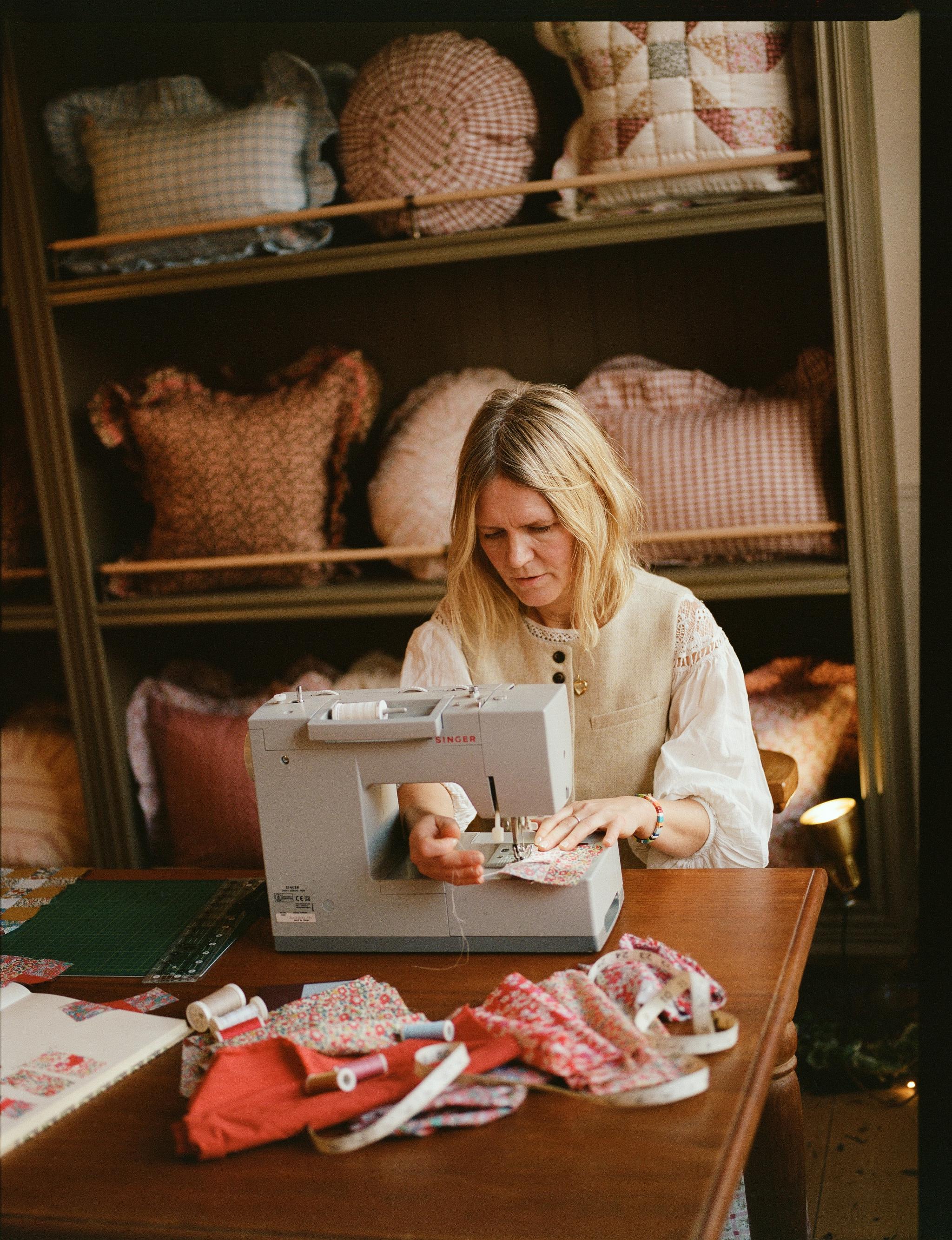
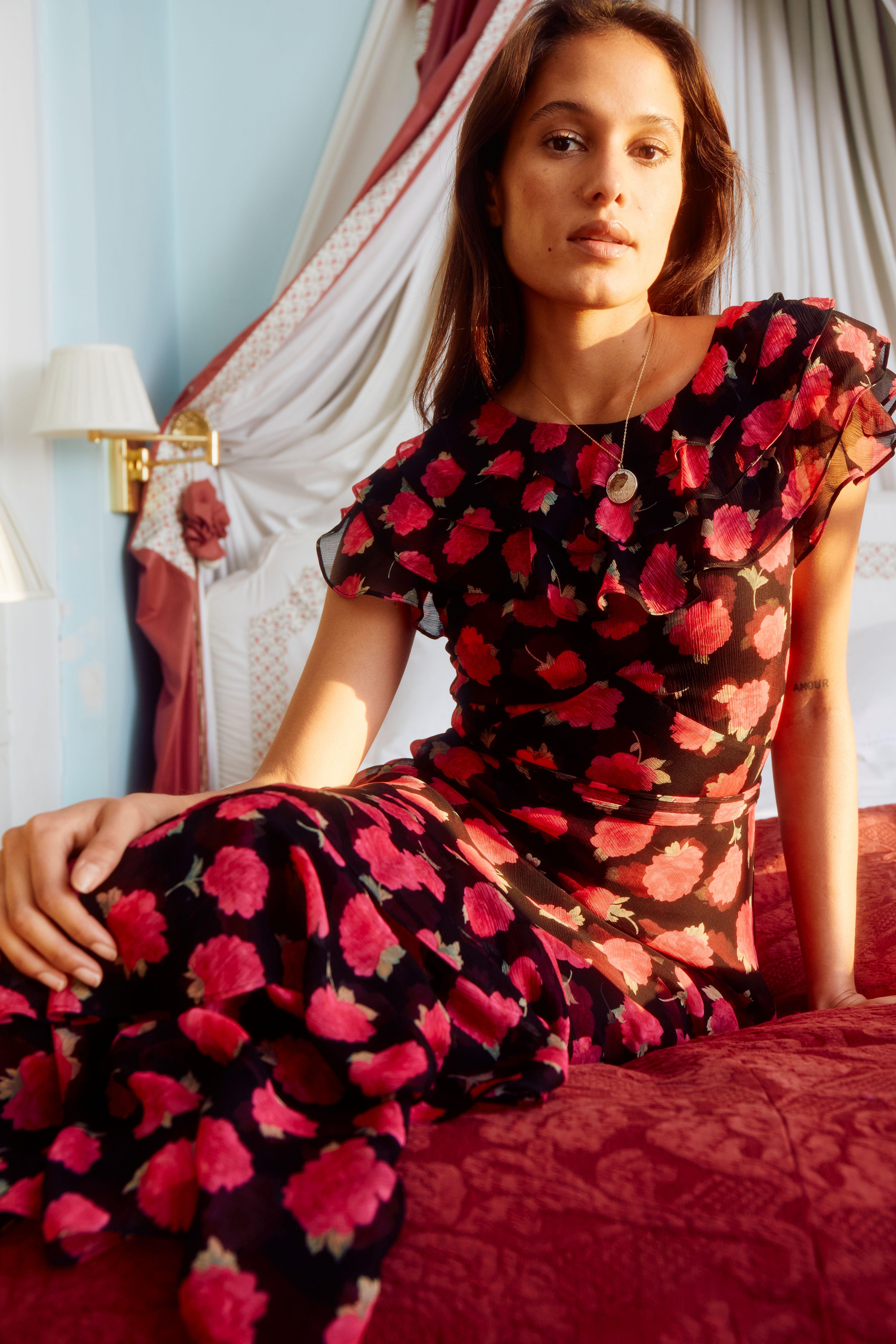
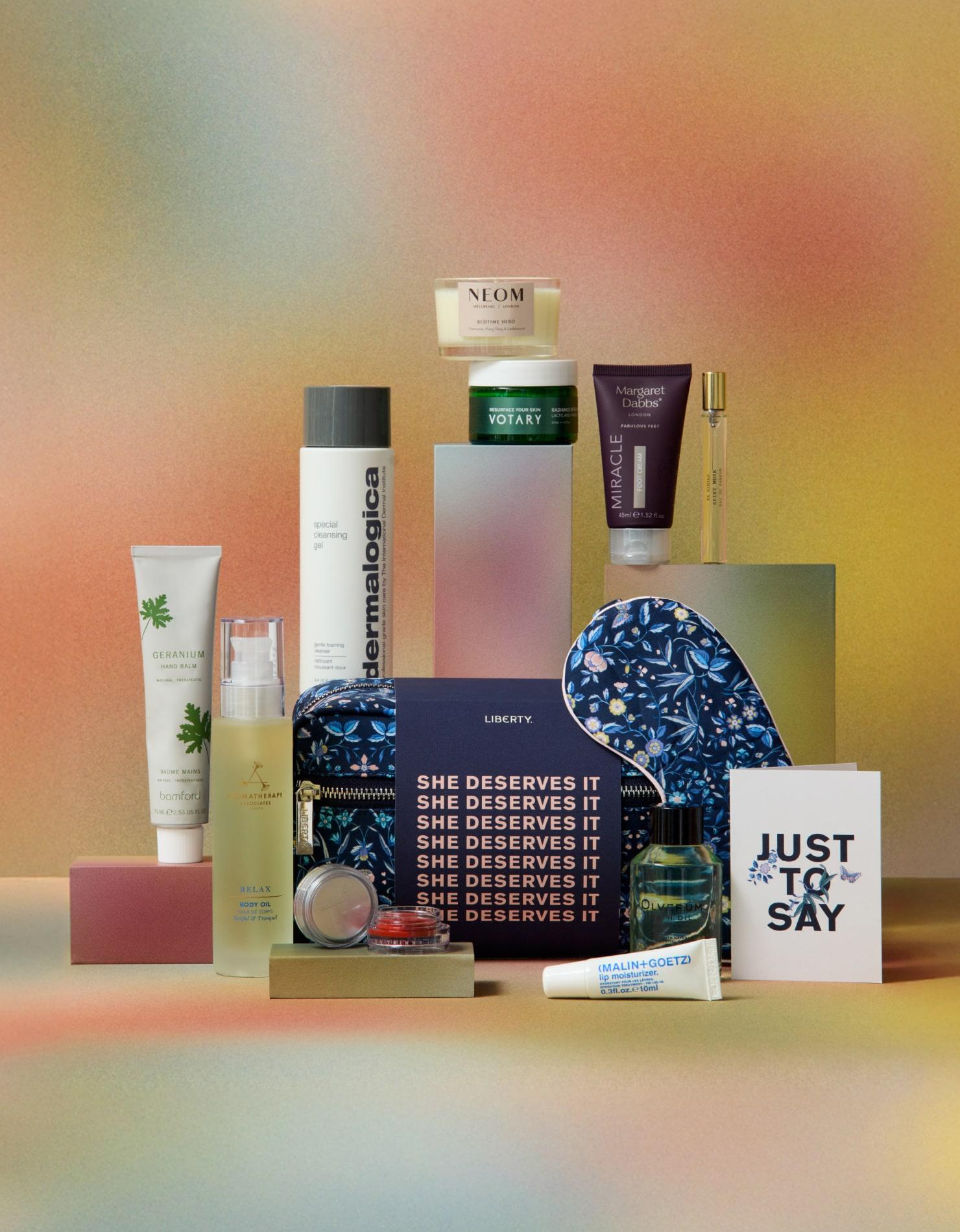

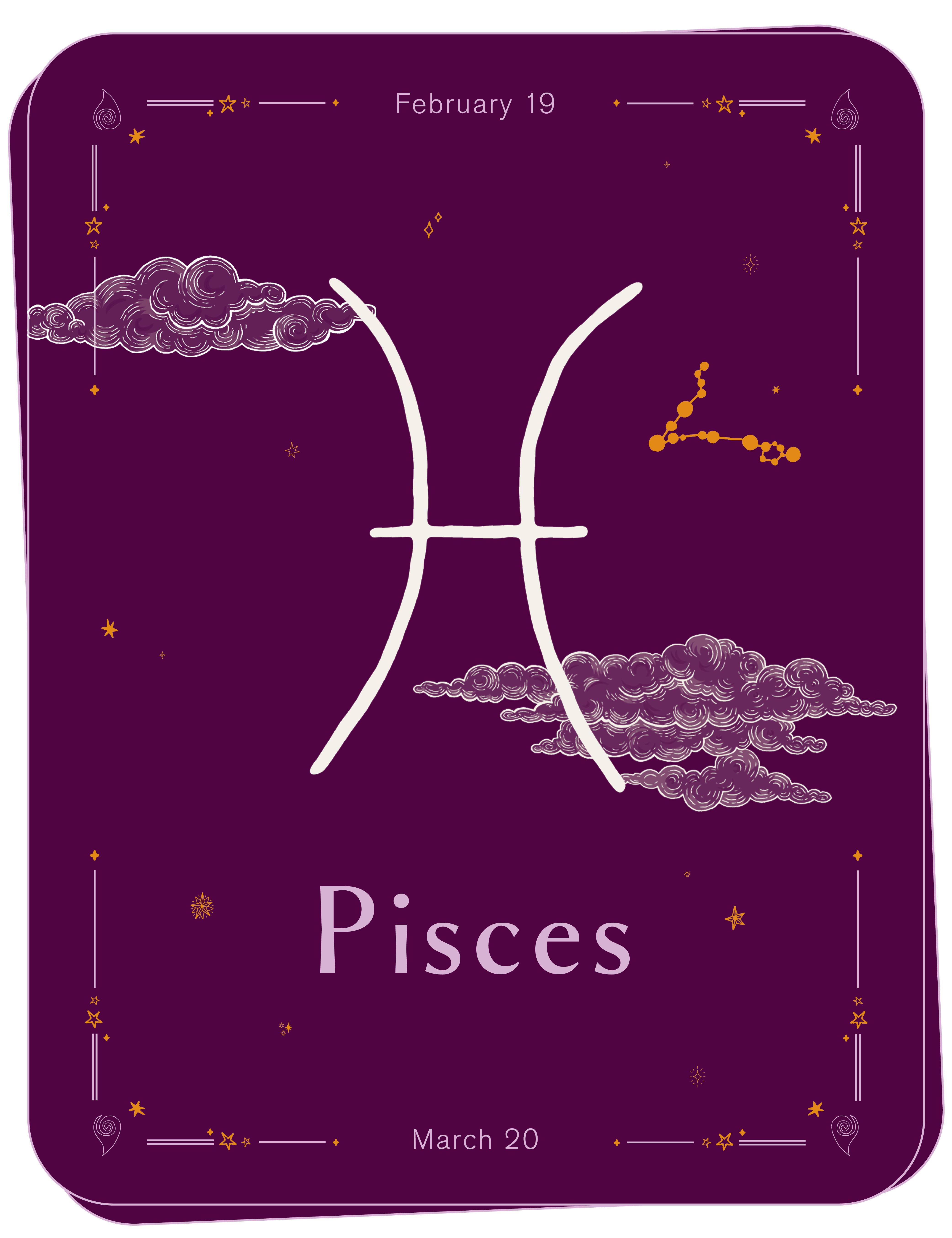
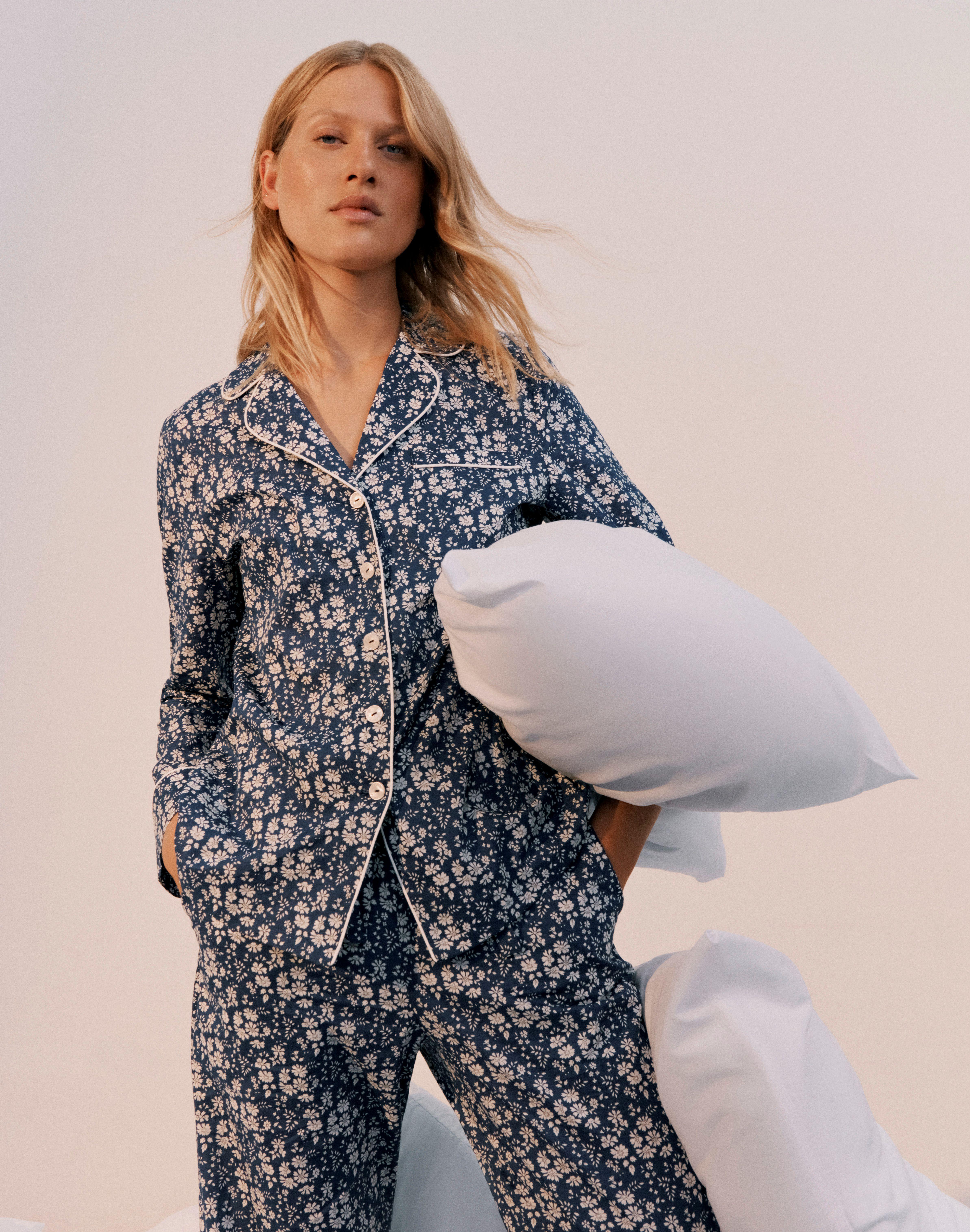
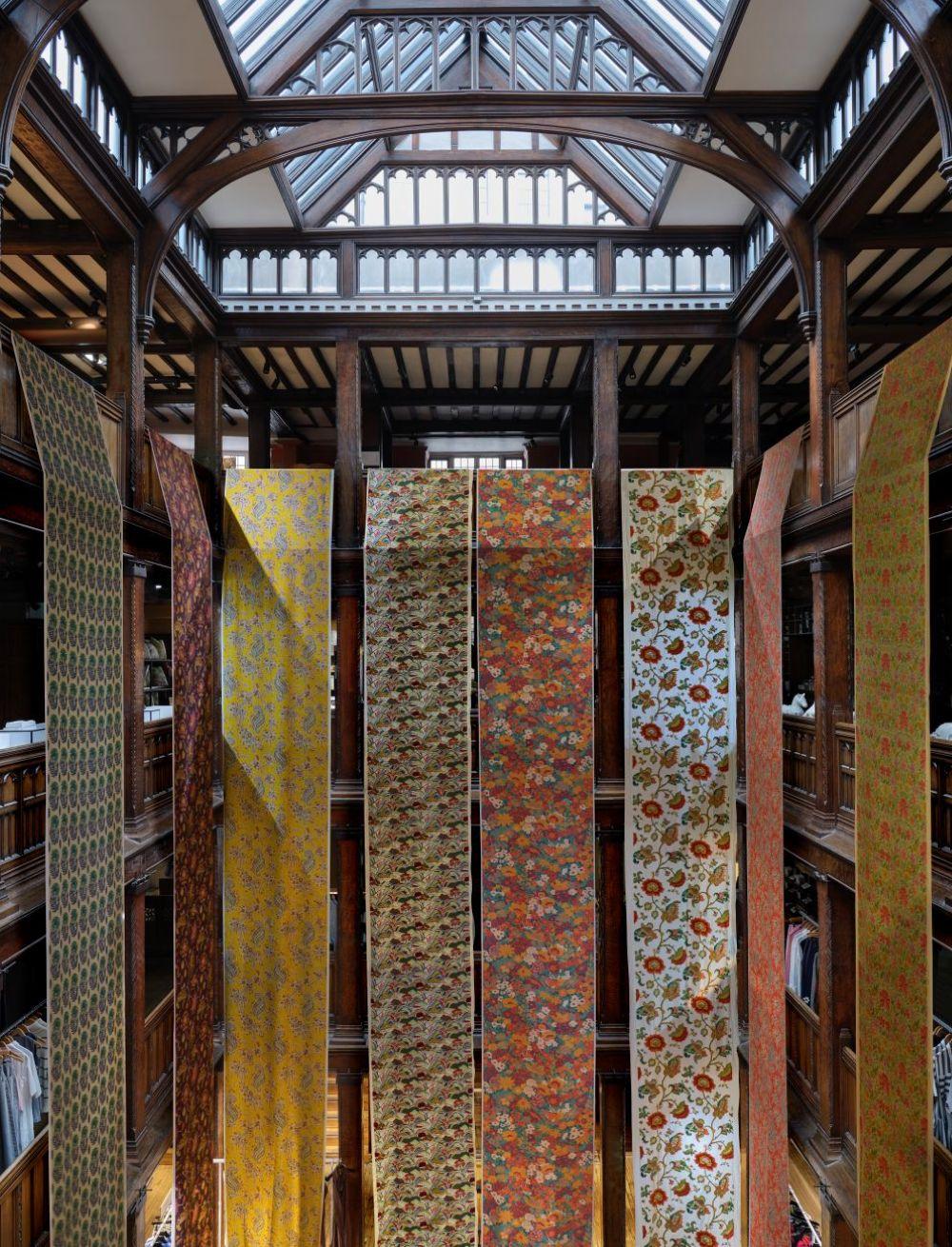
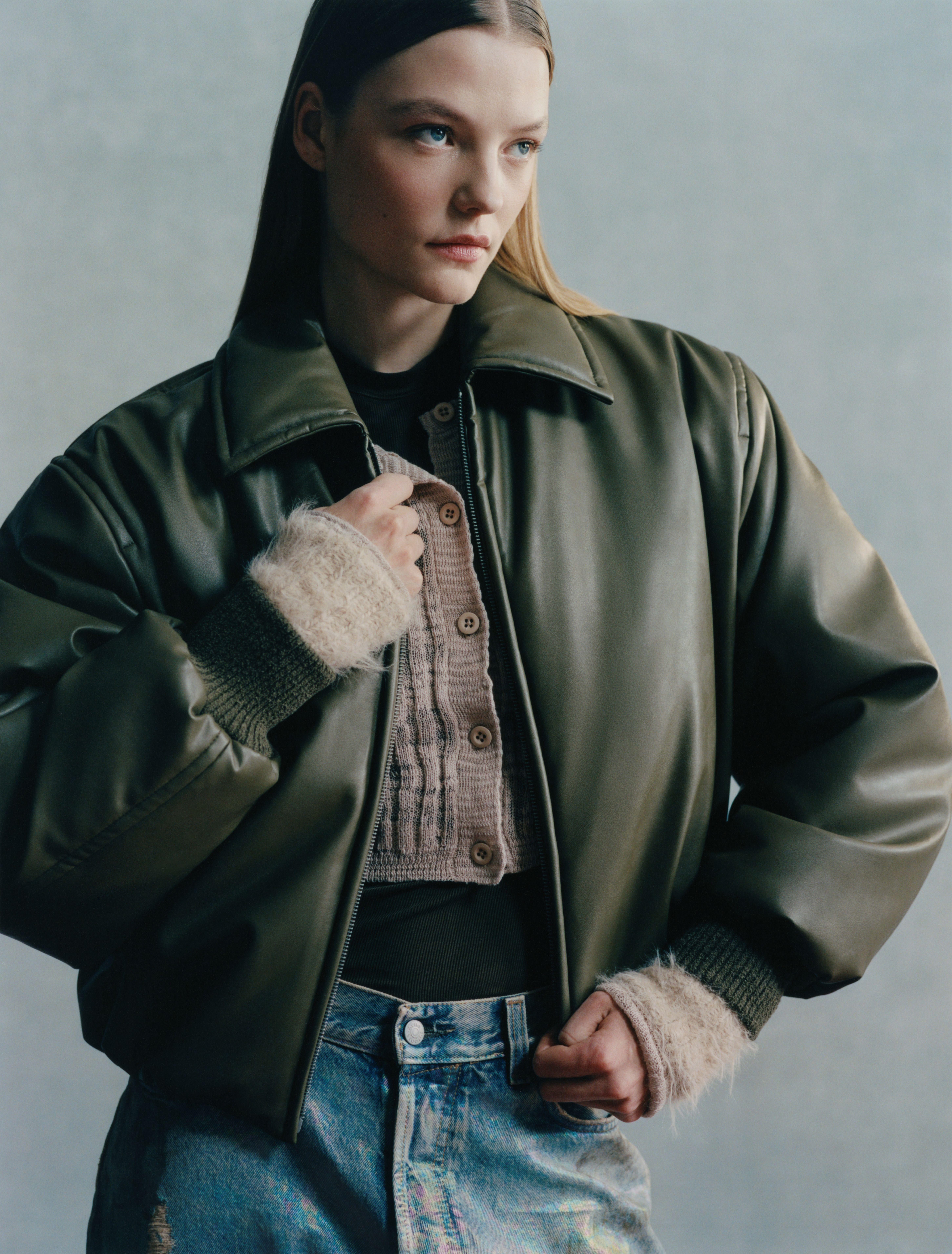
?fmt=auto&qlt=default)
